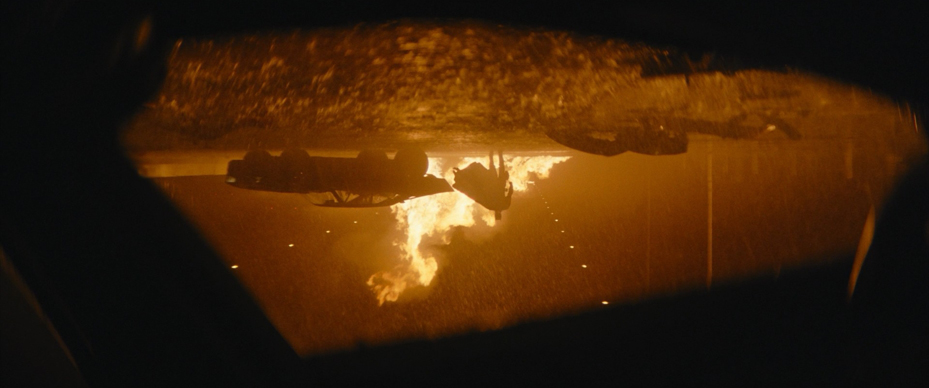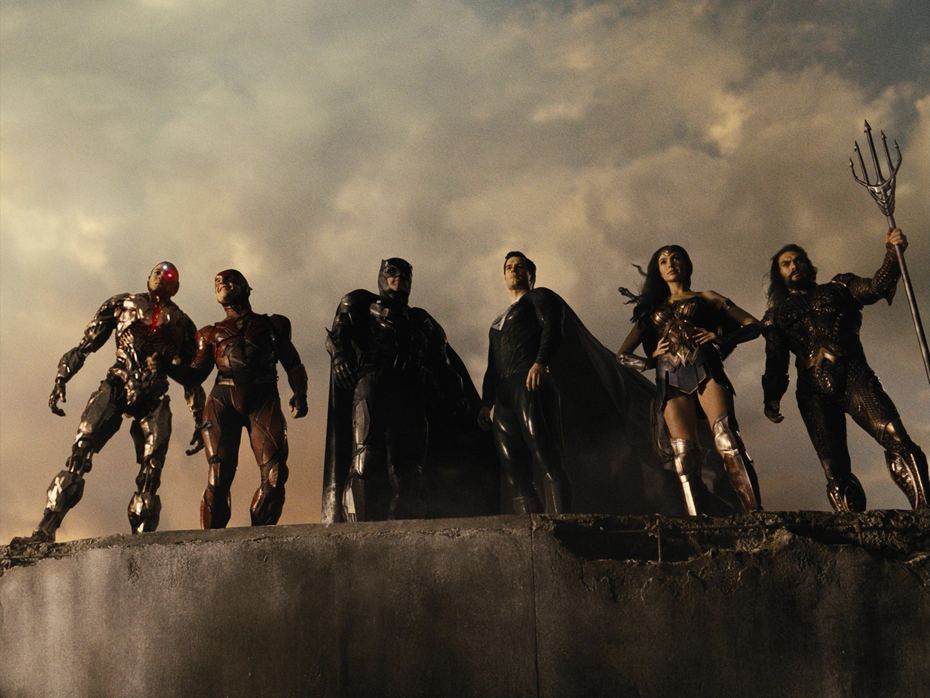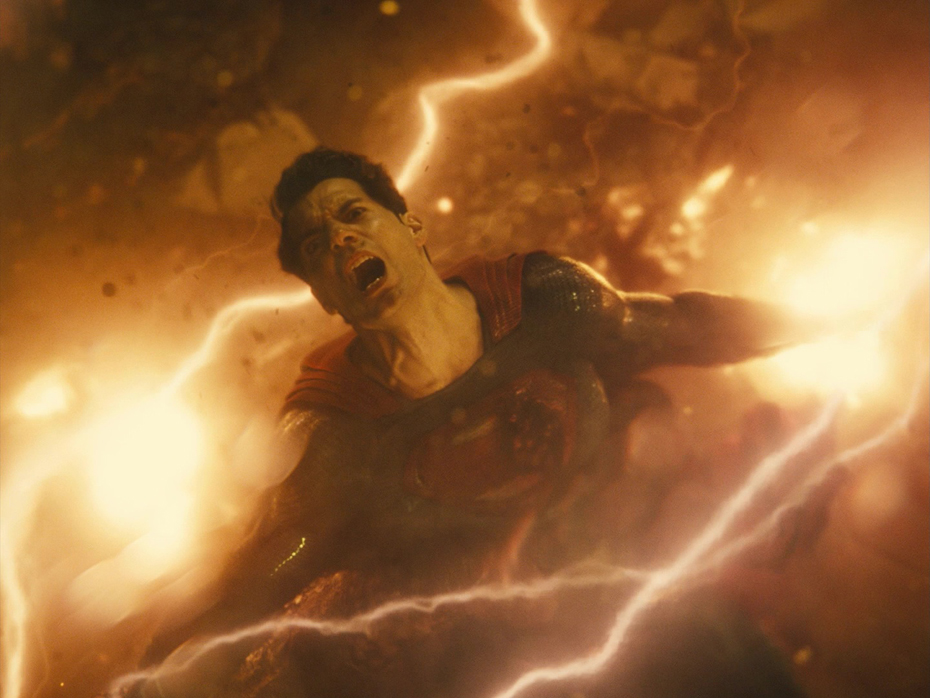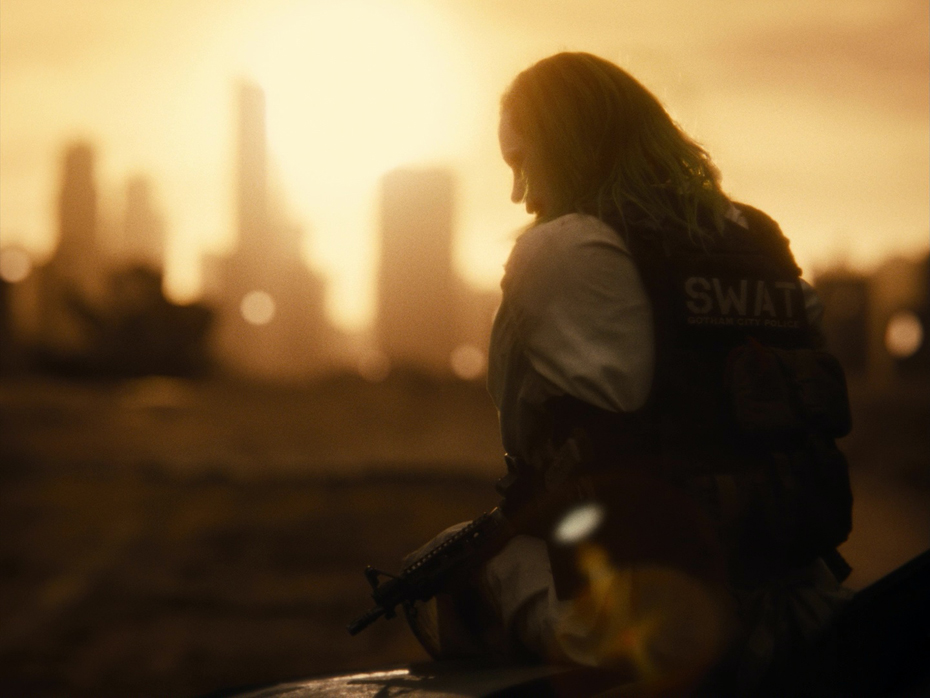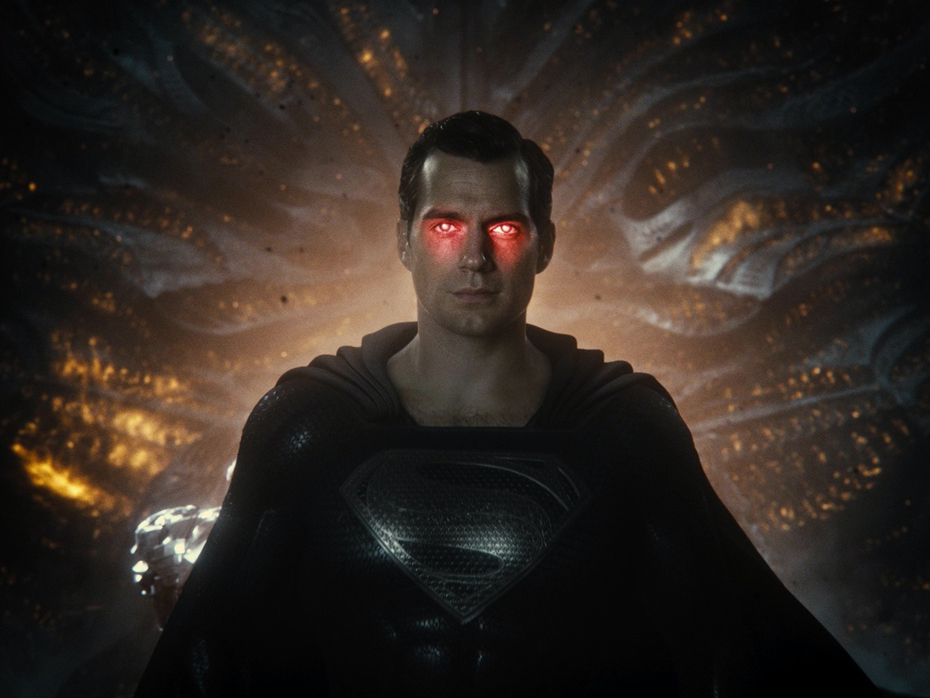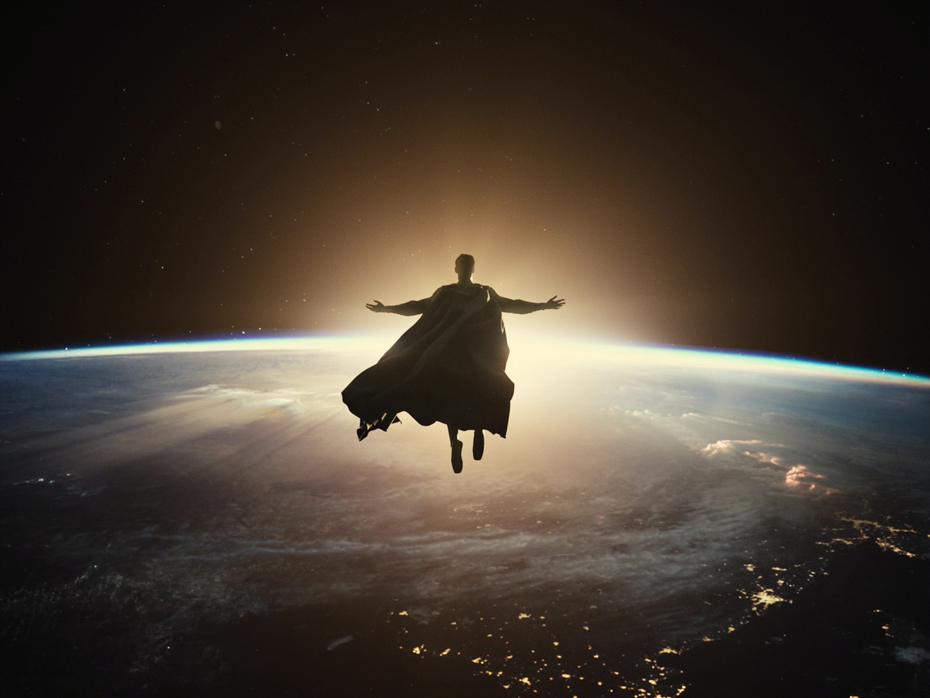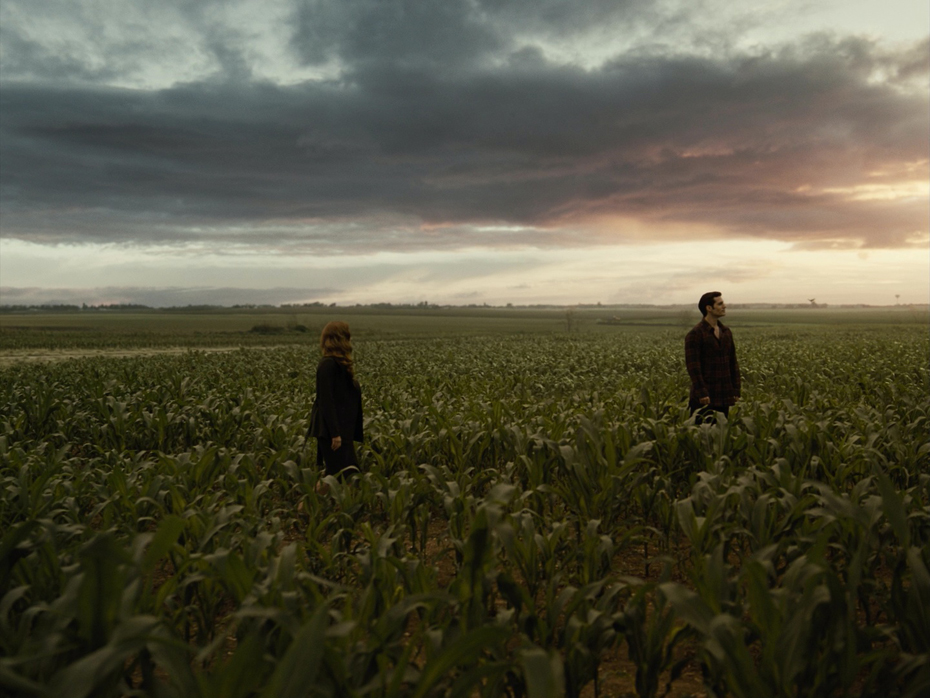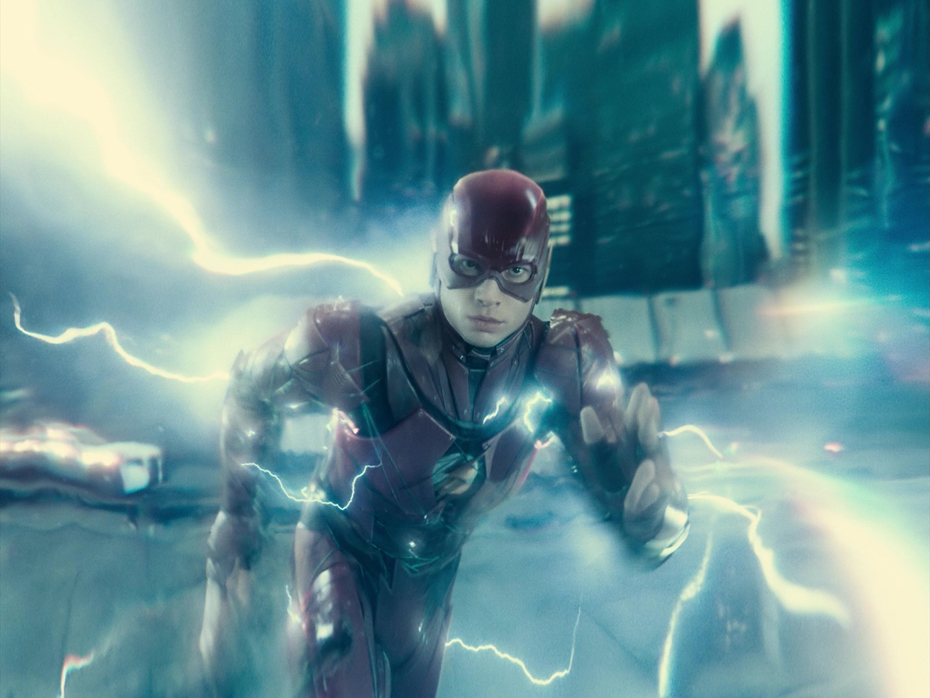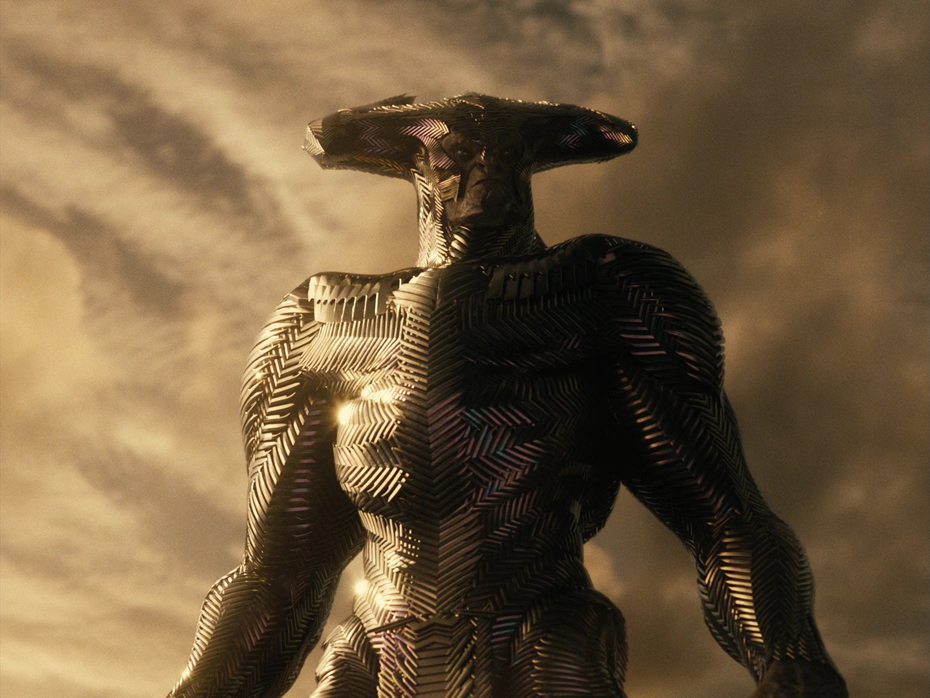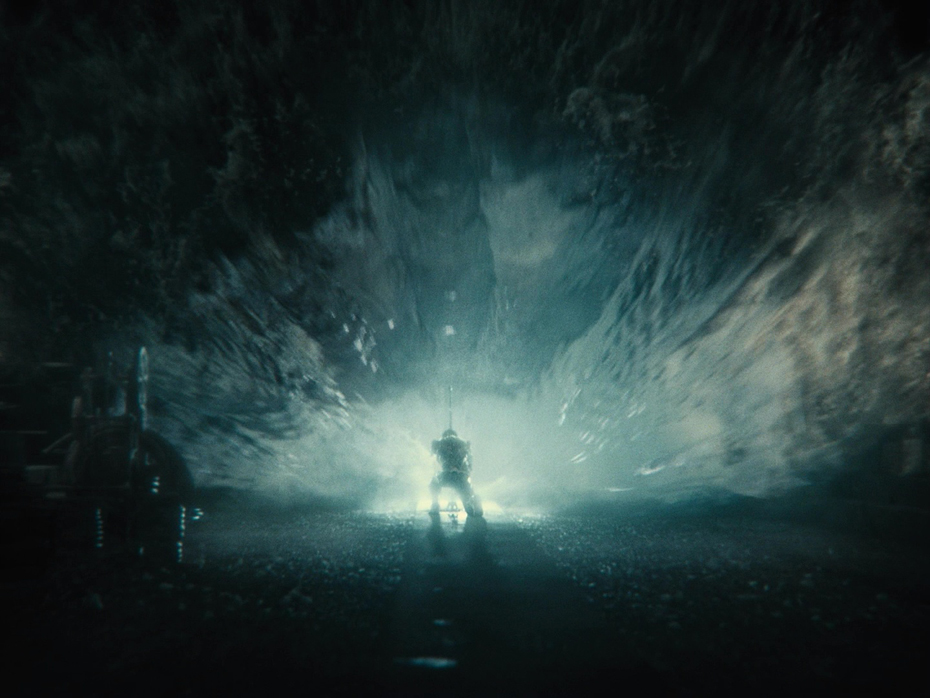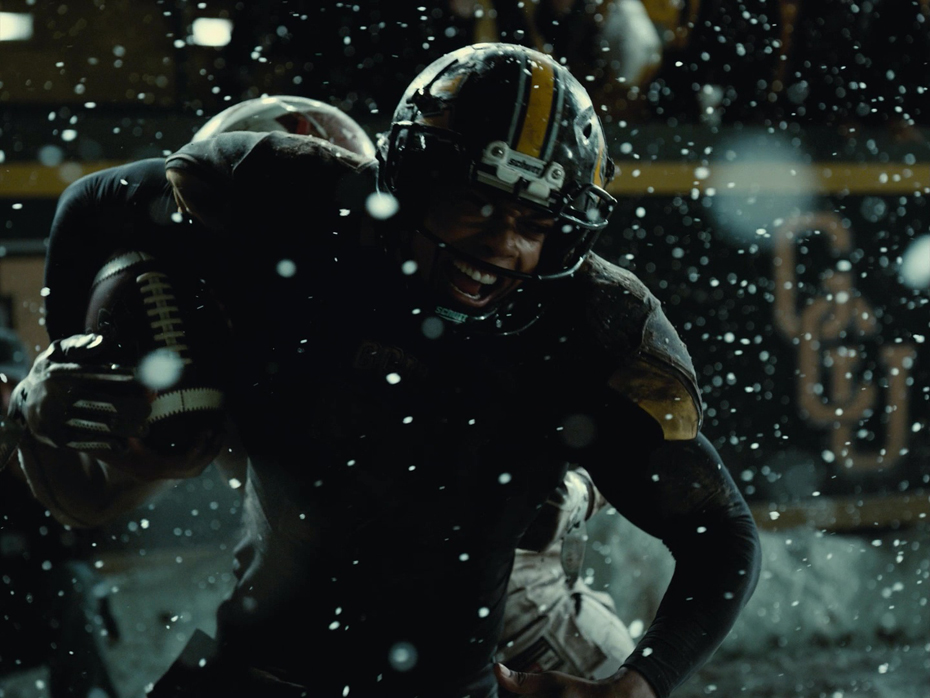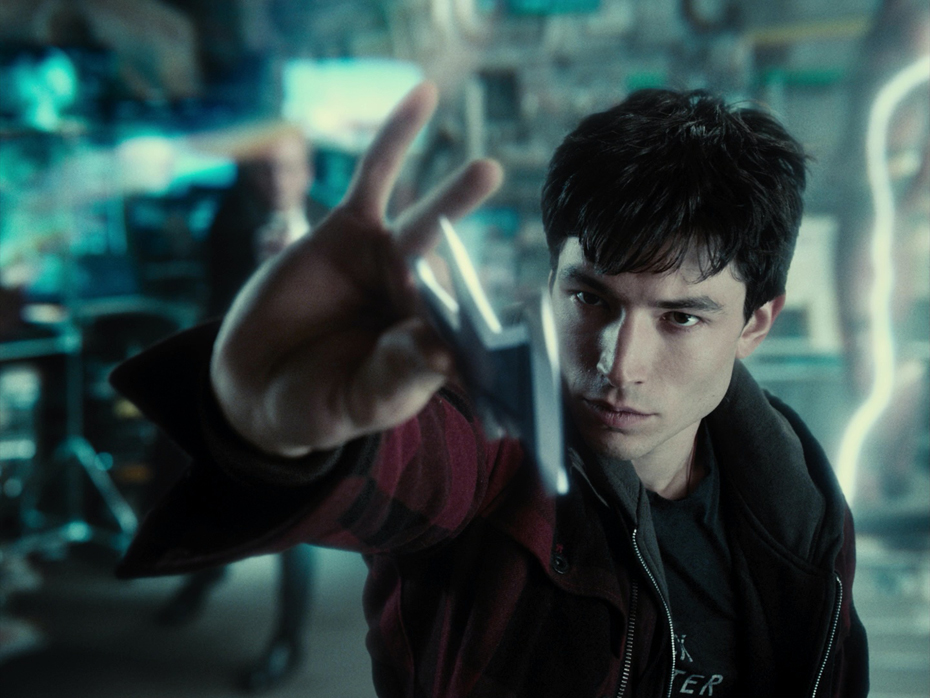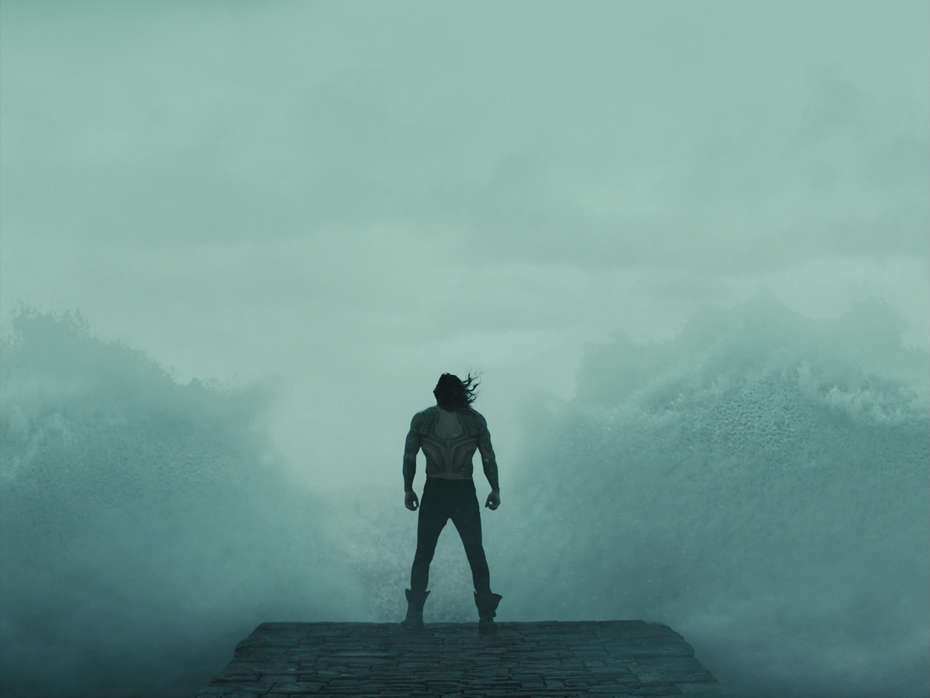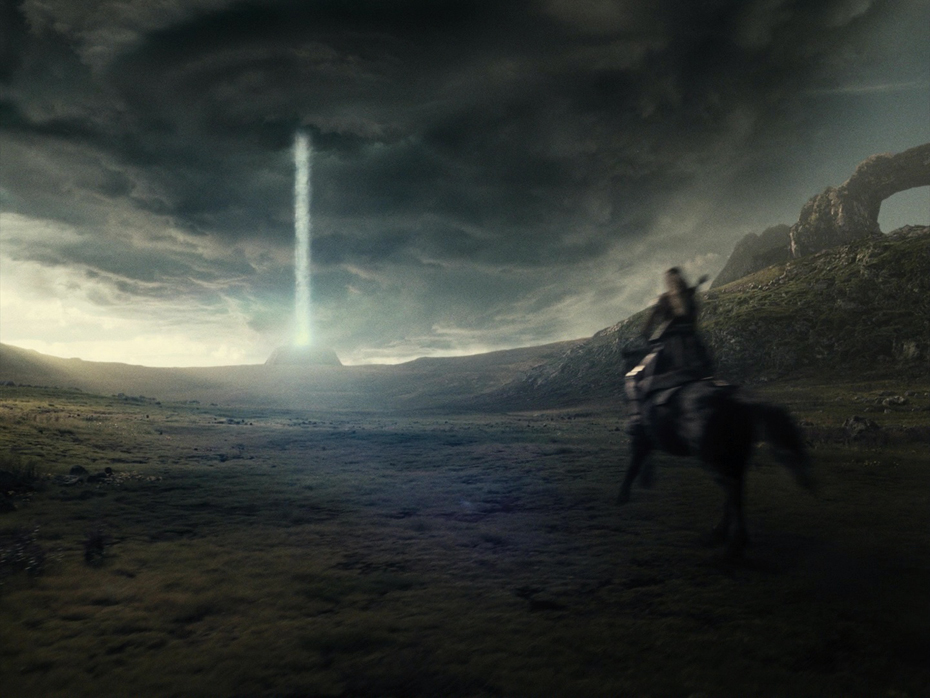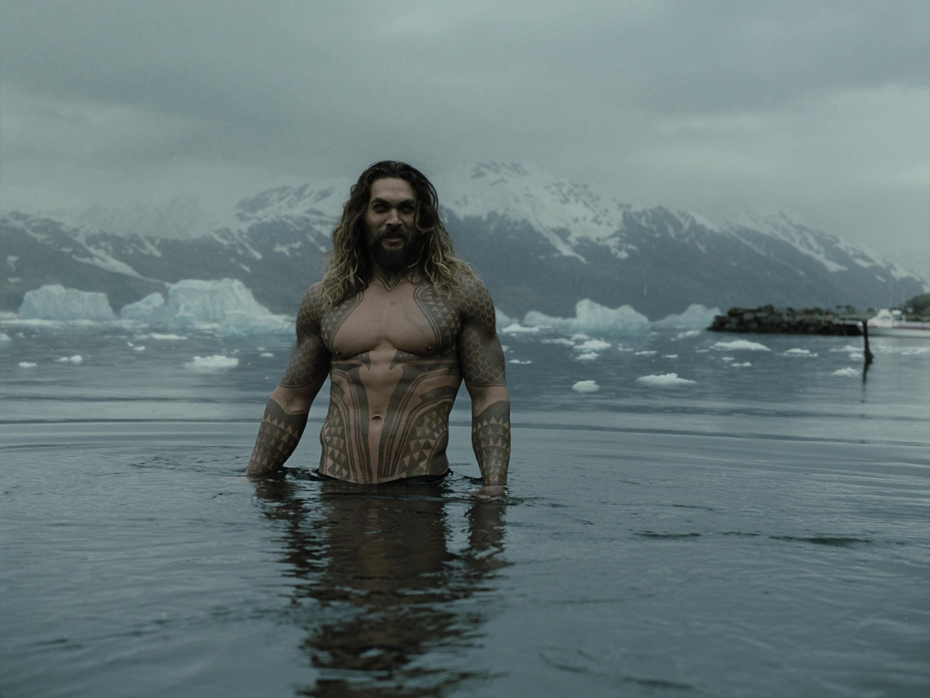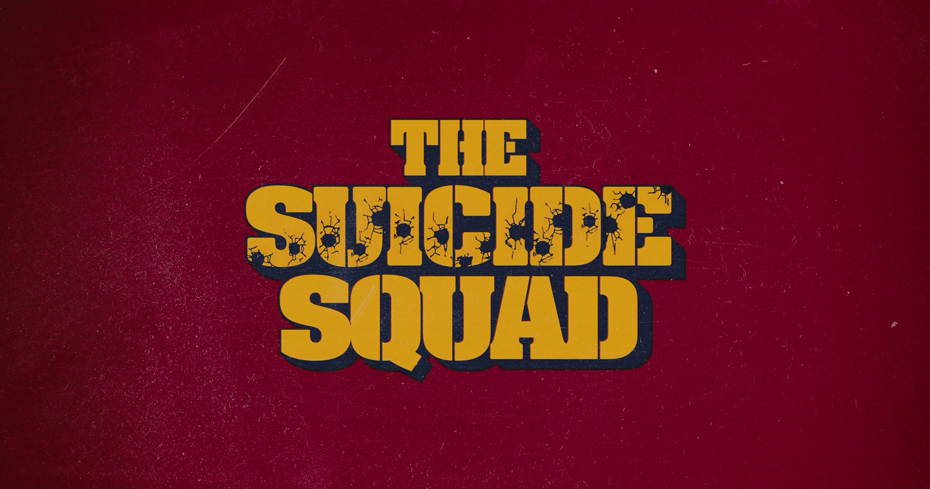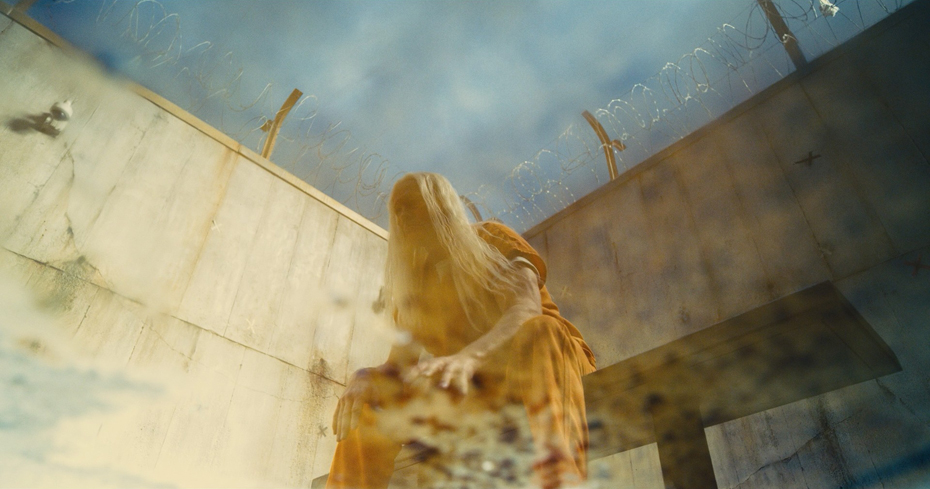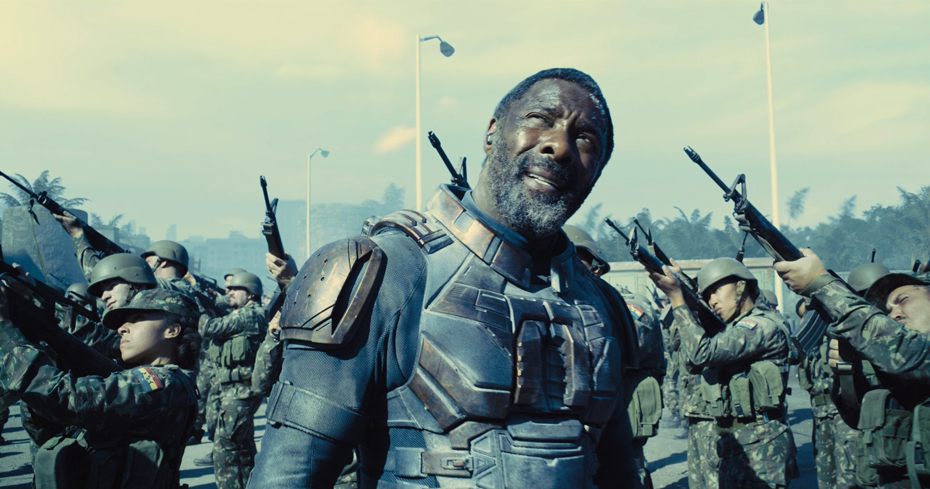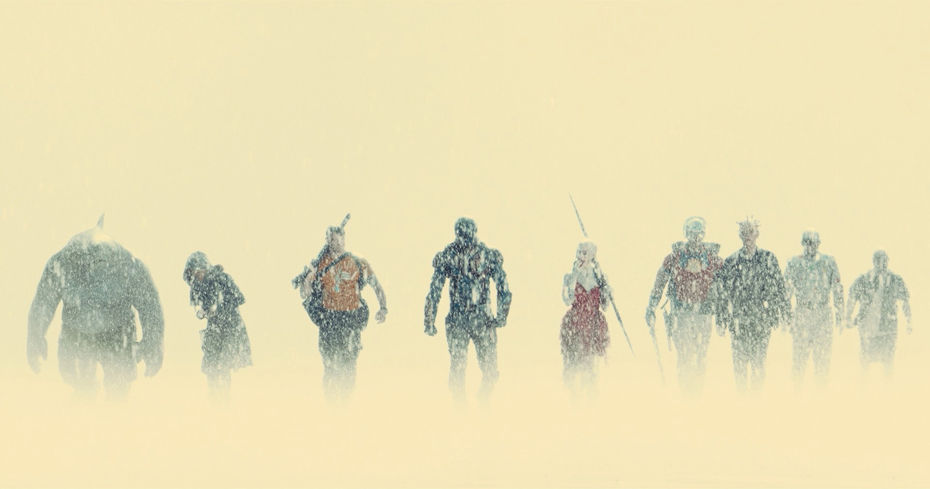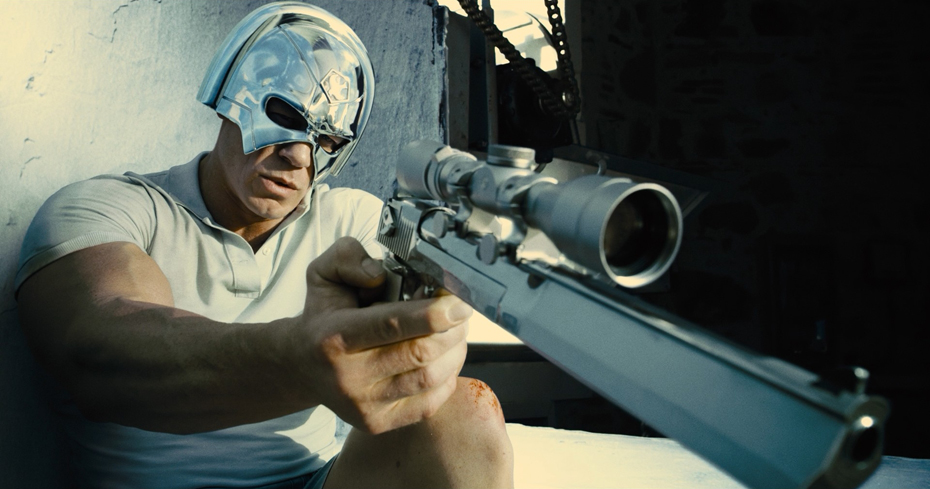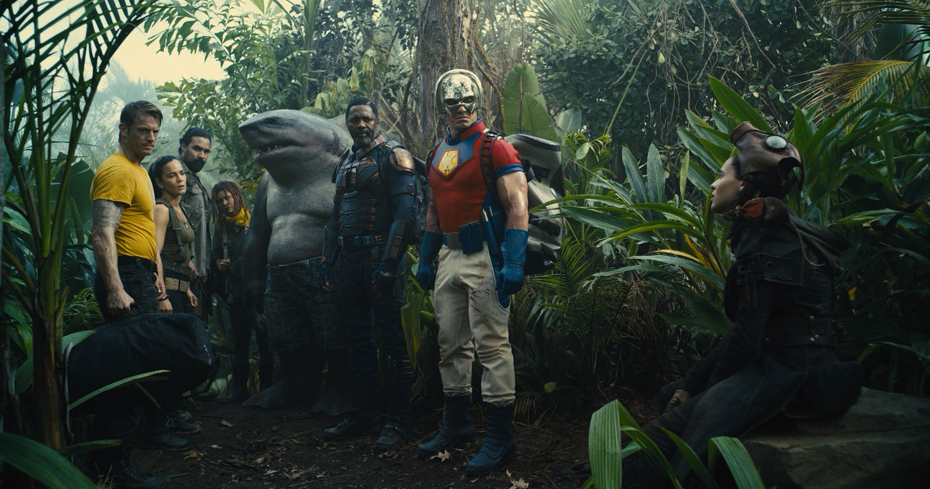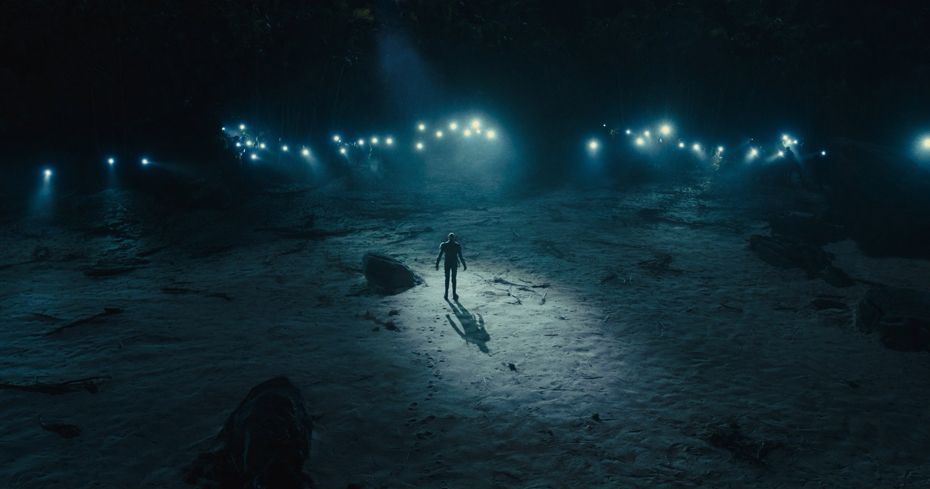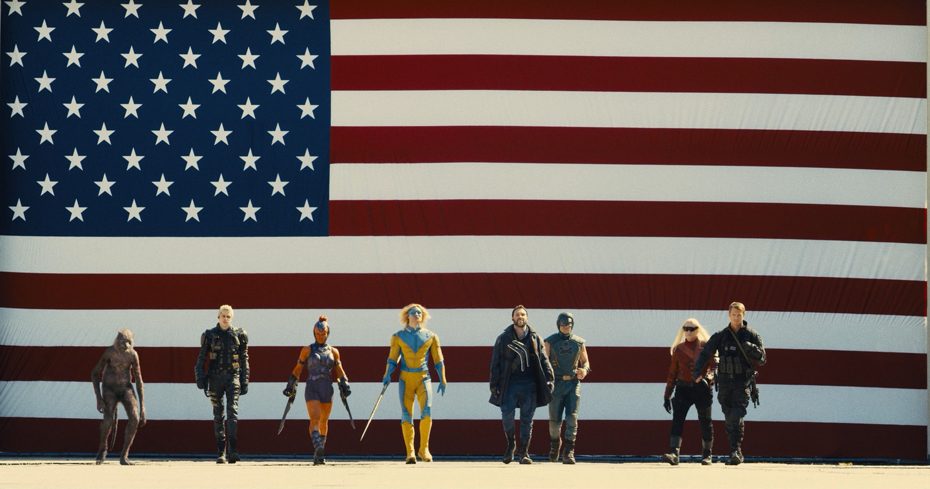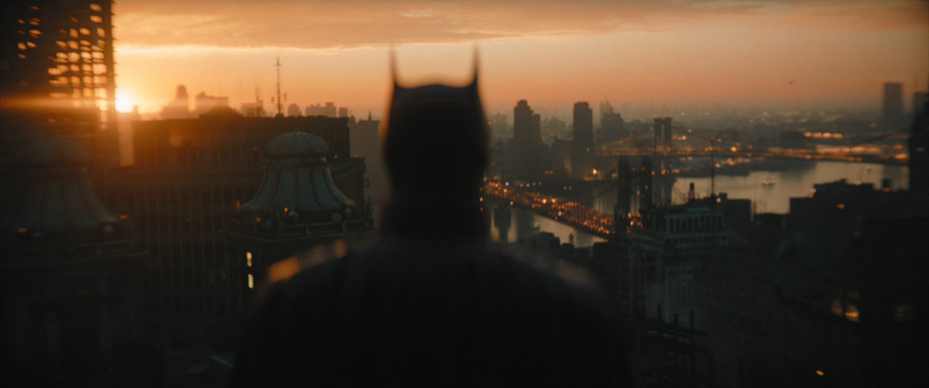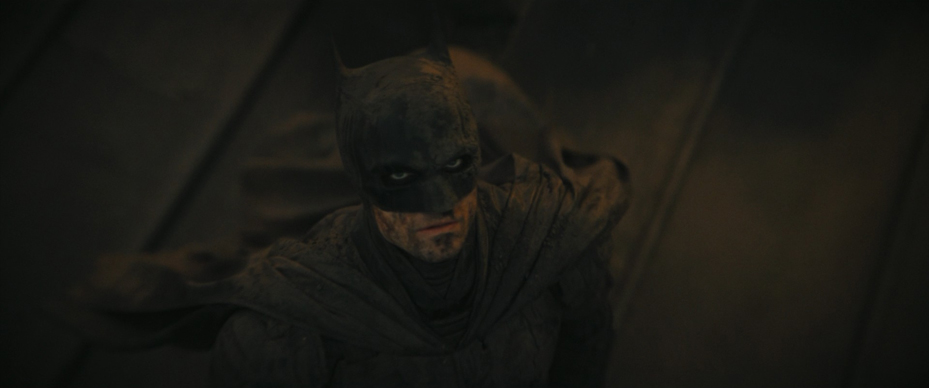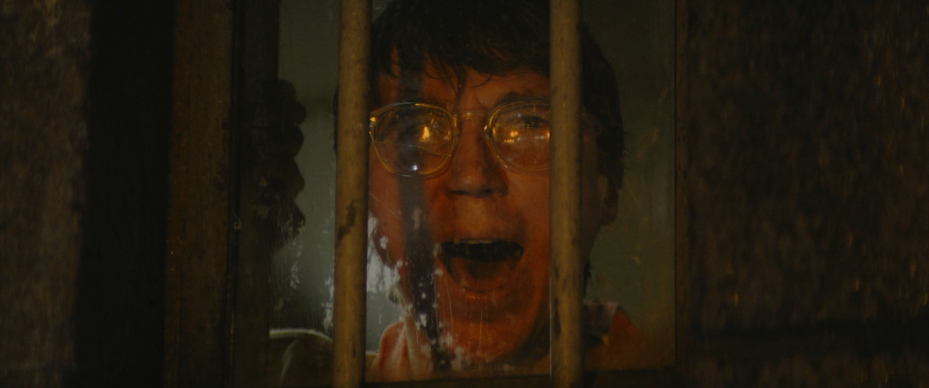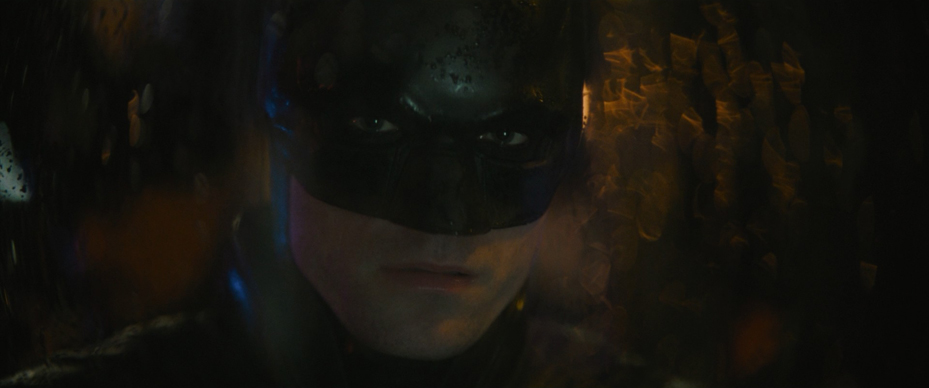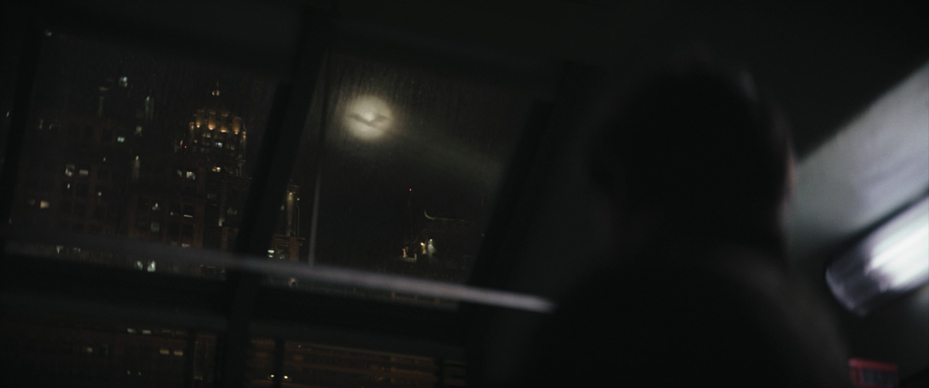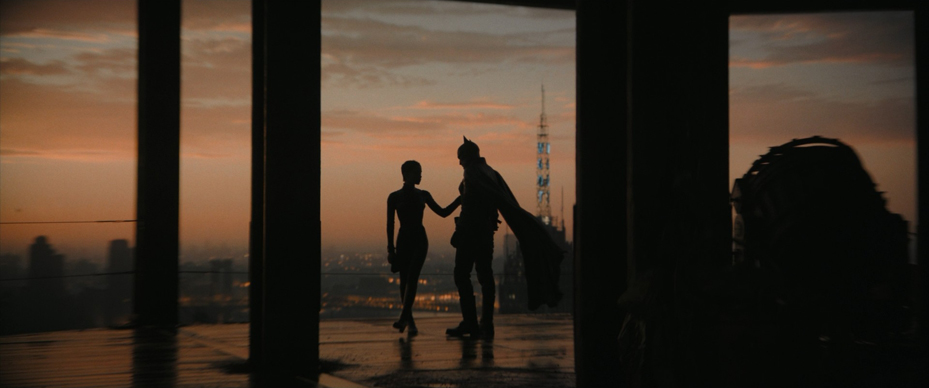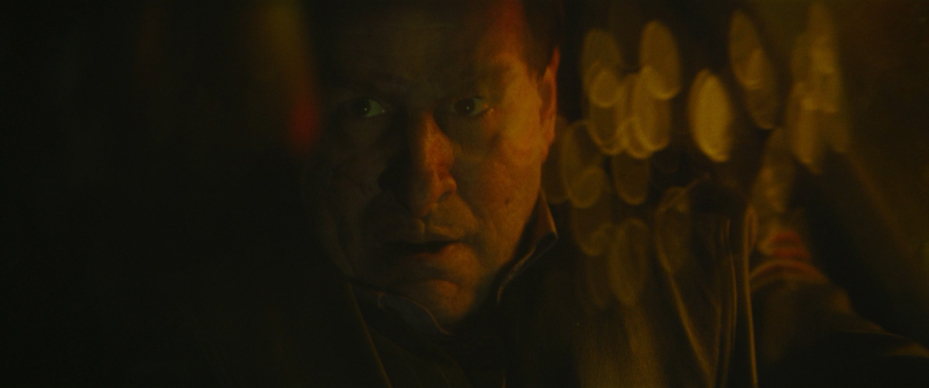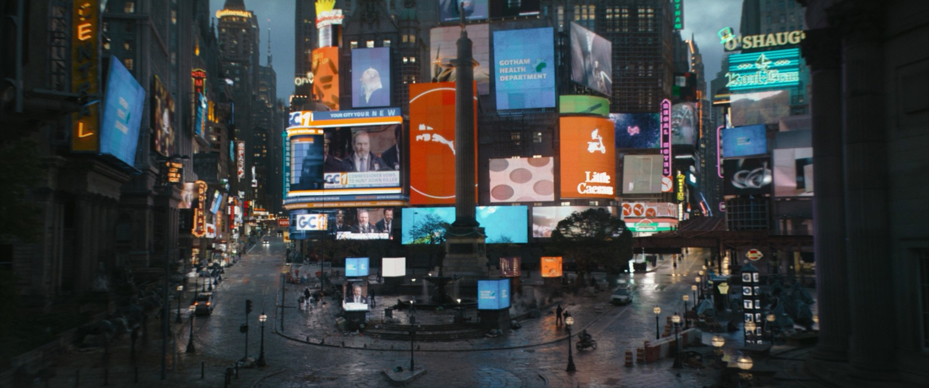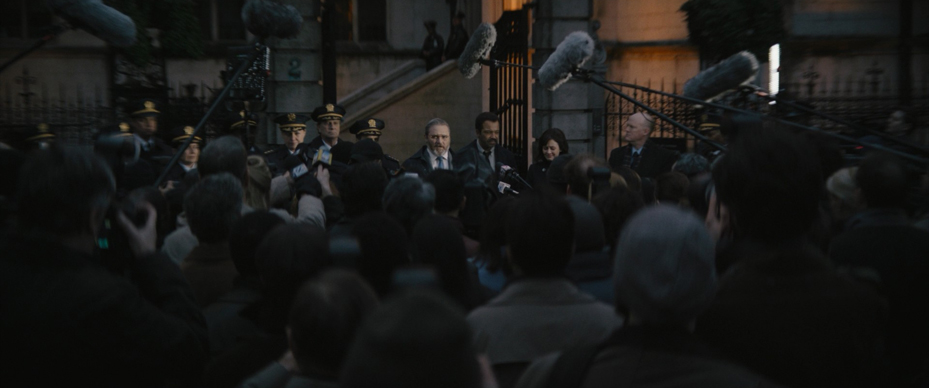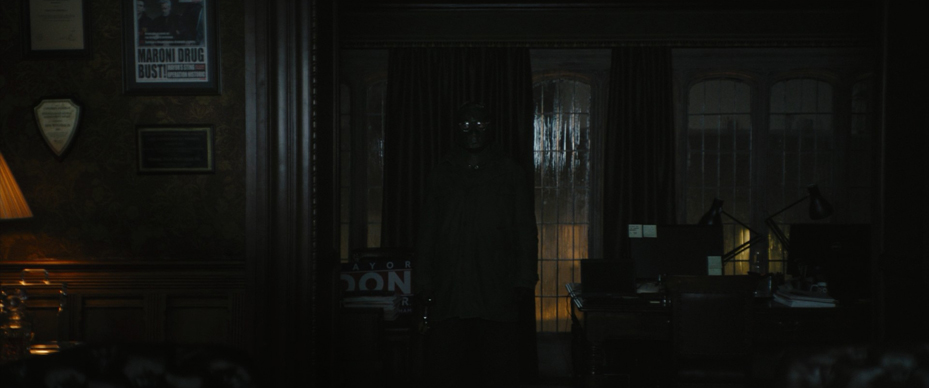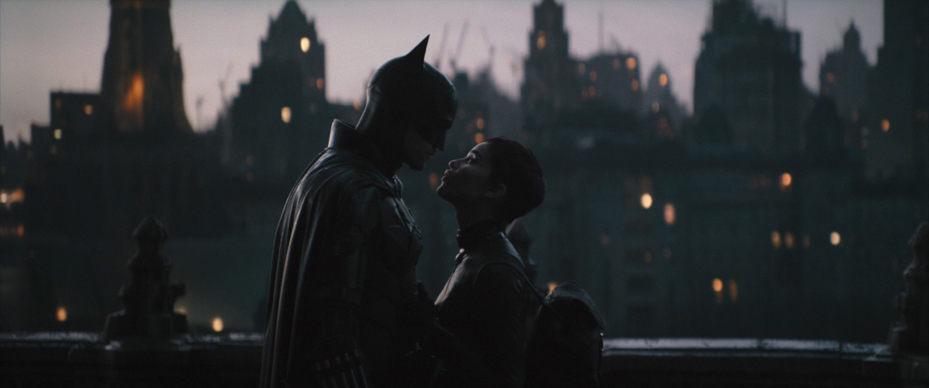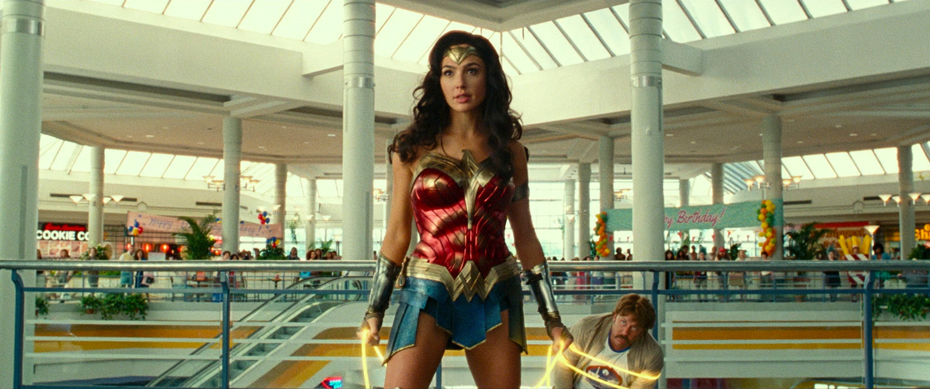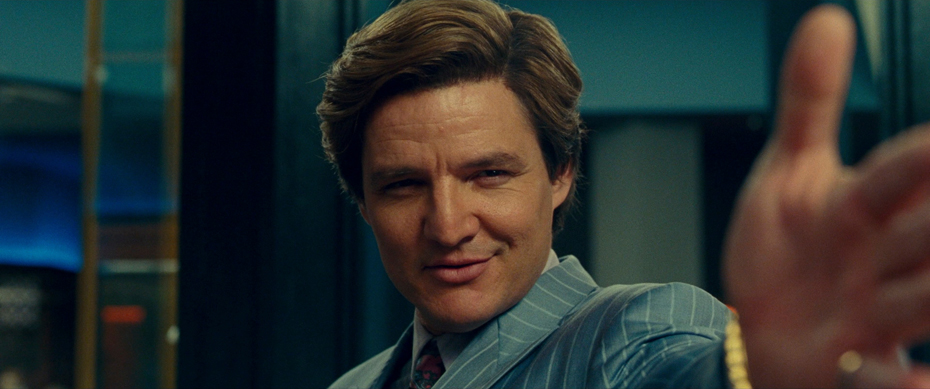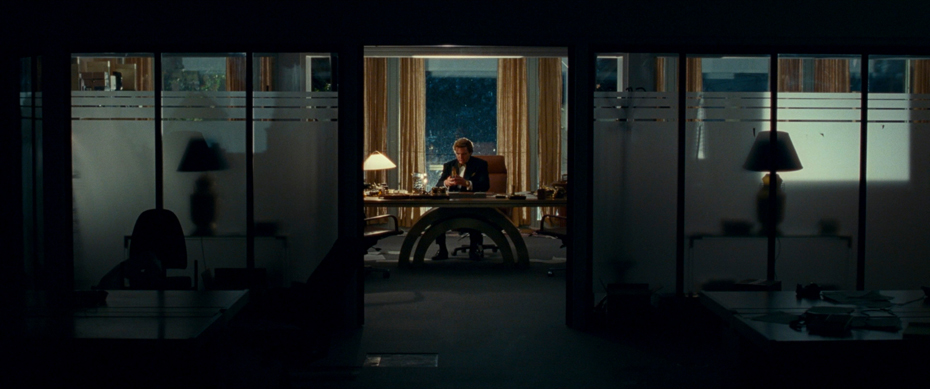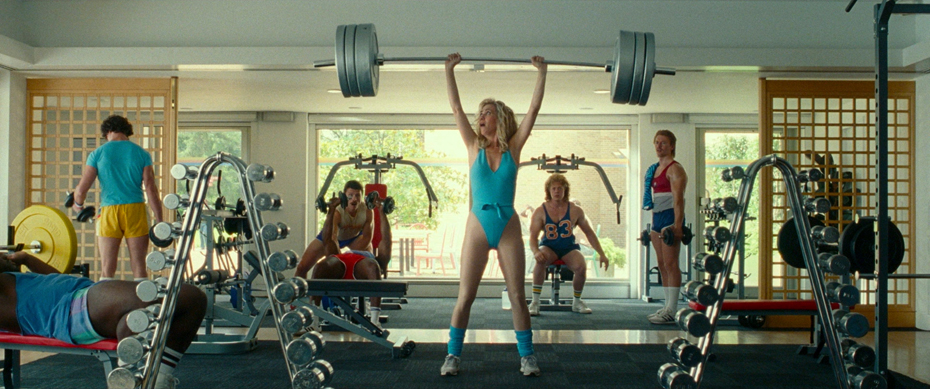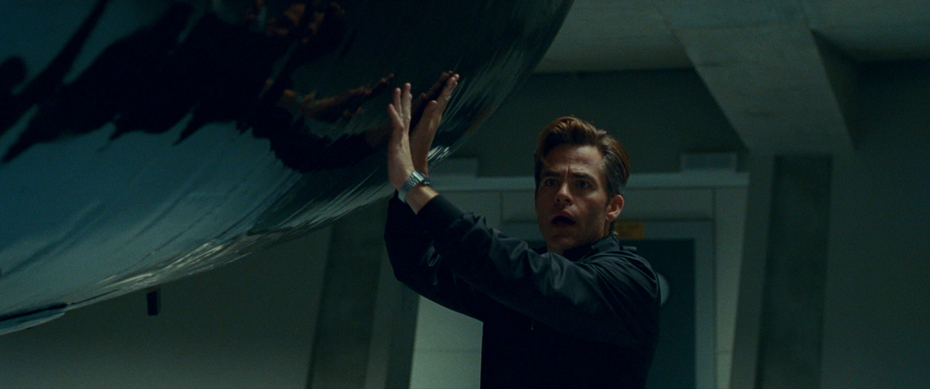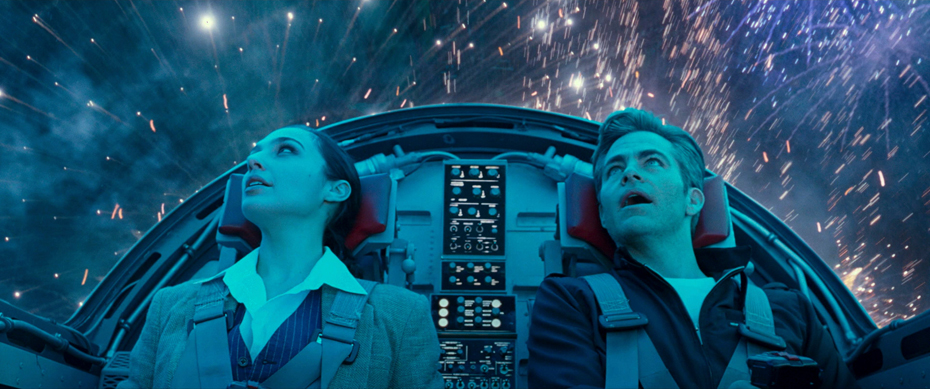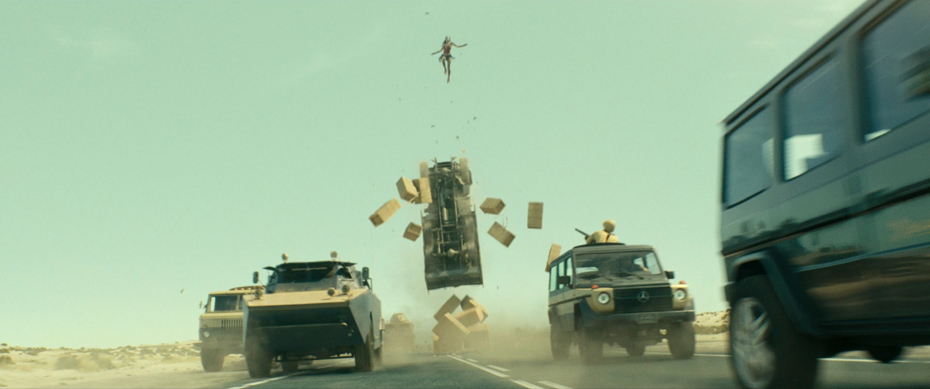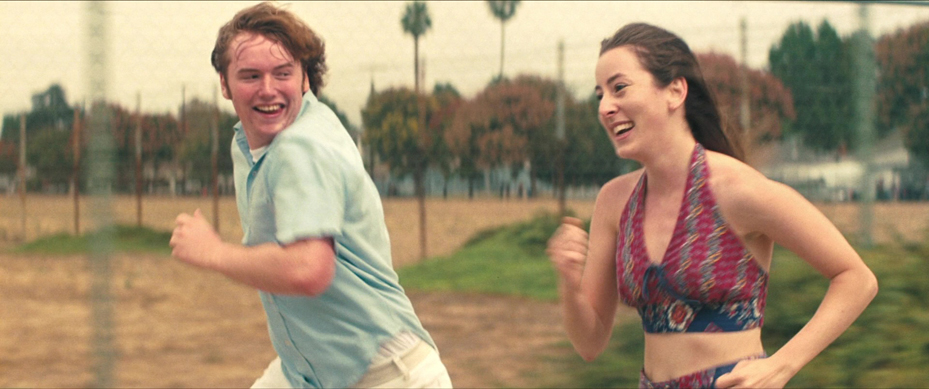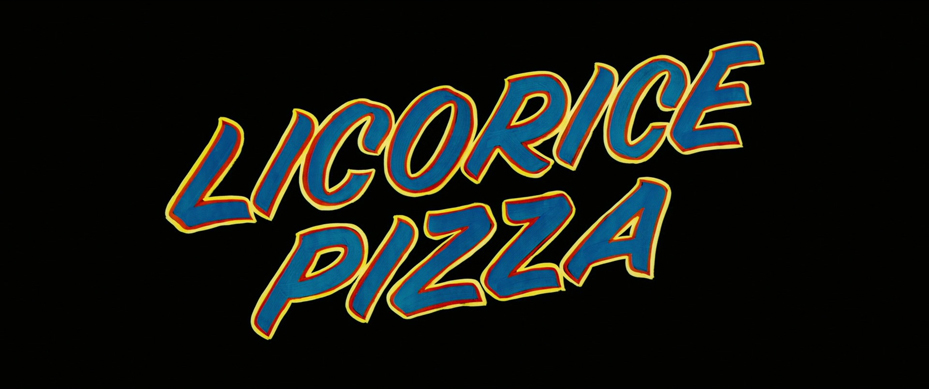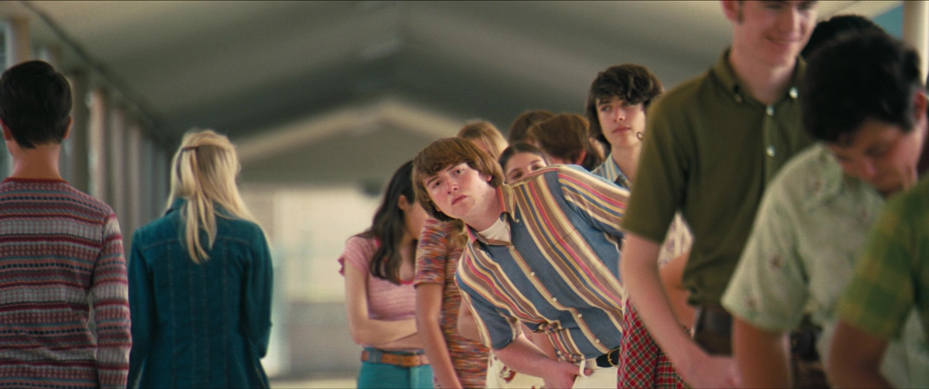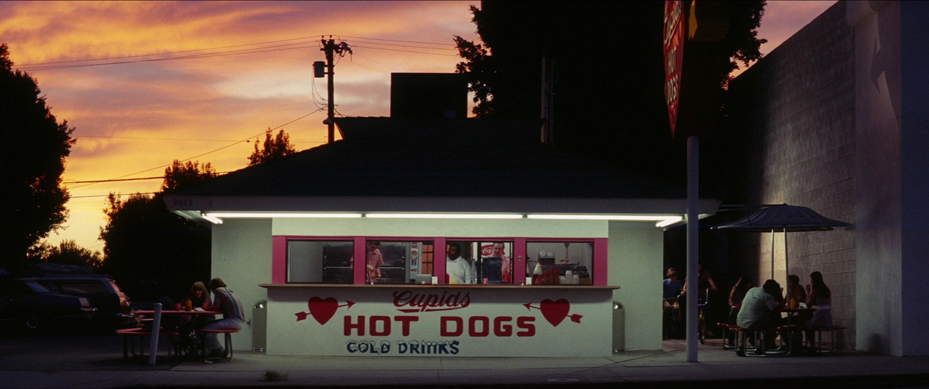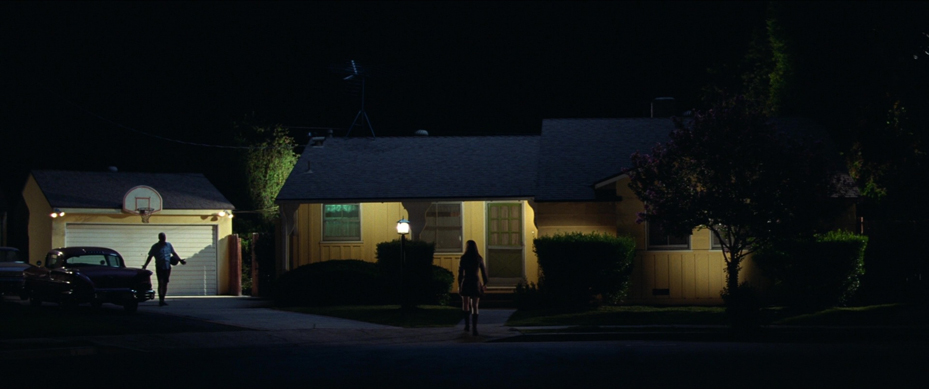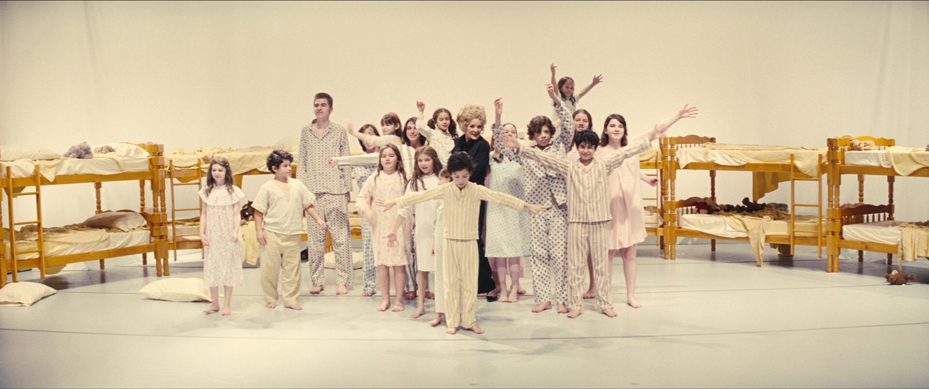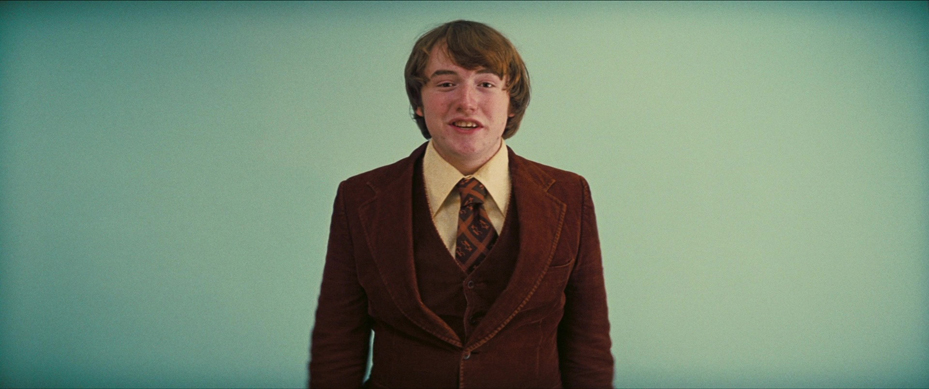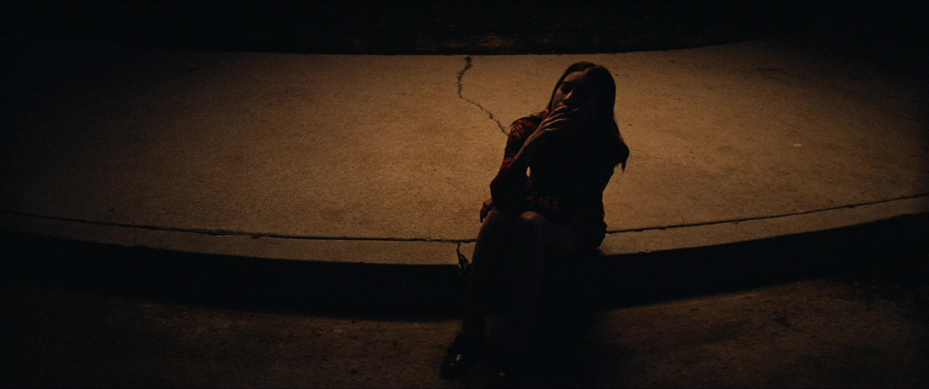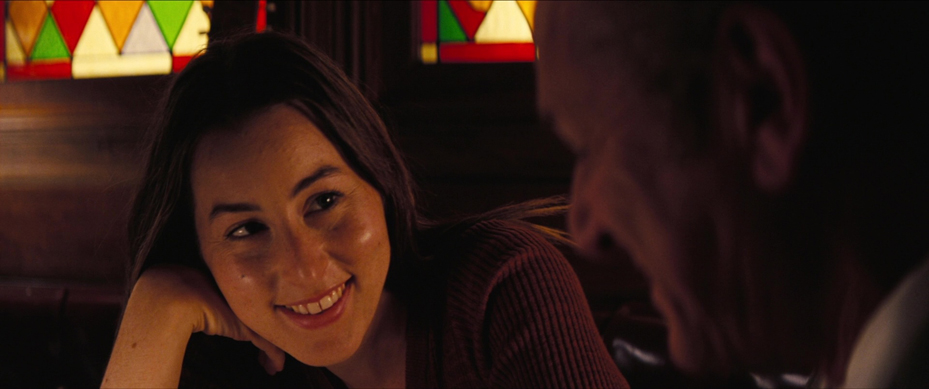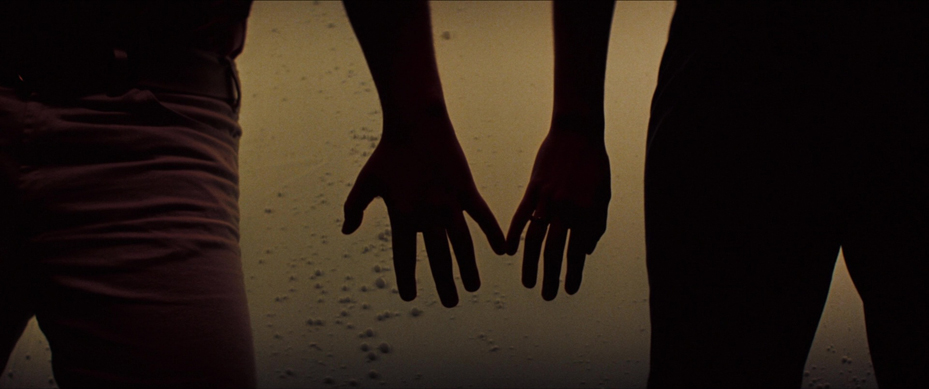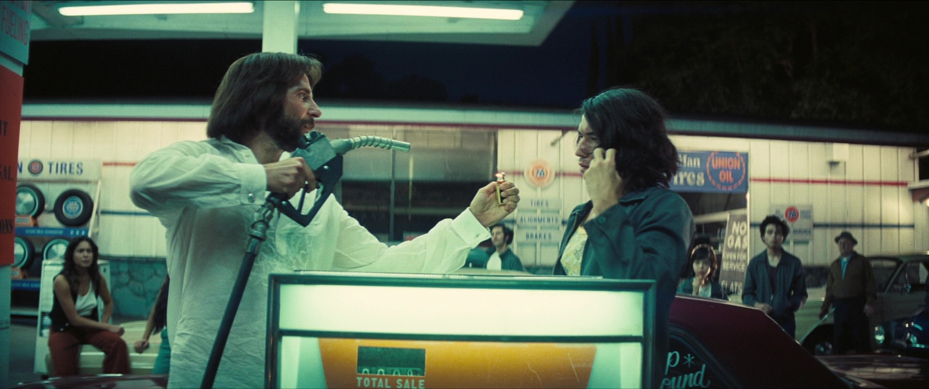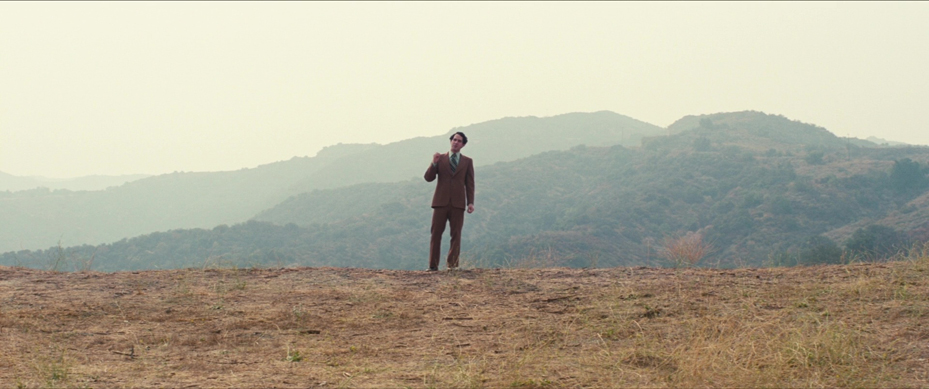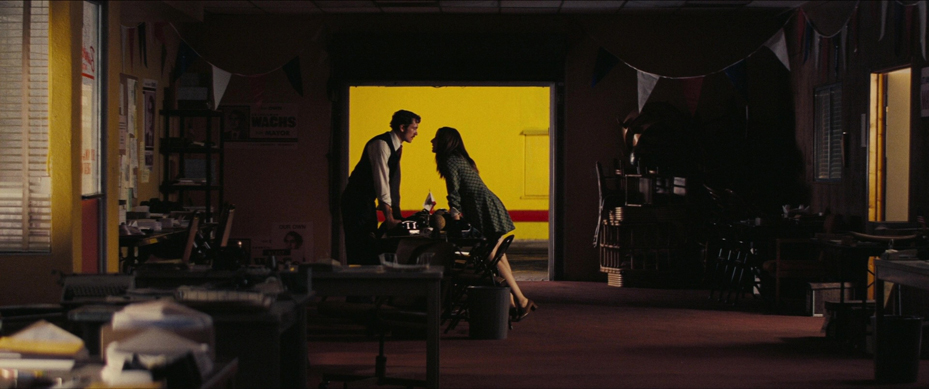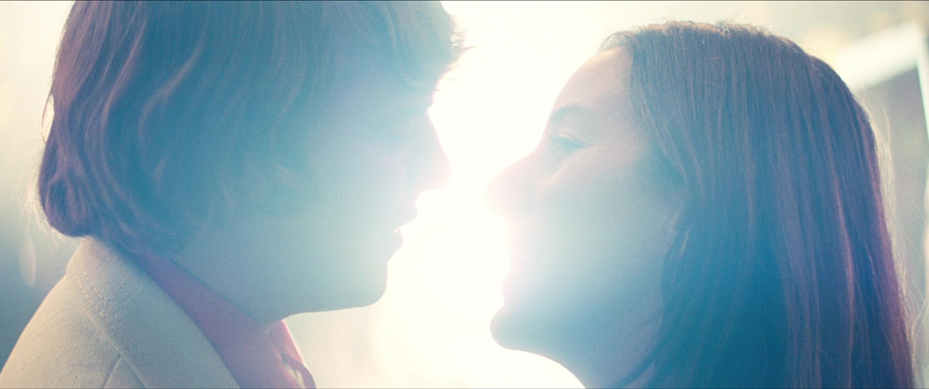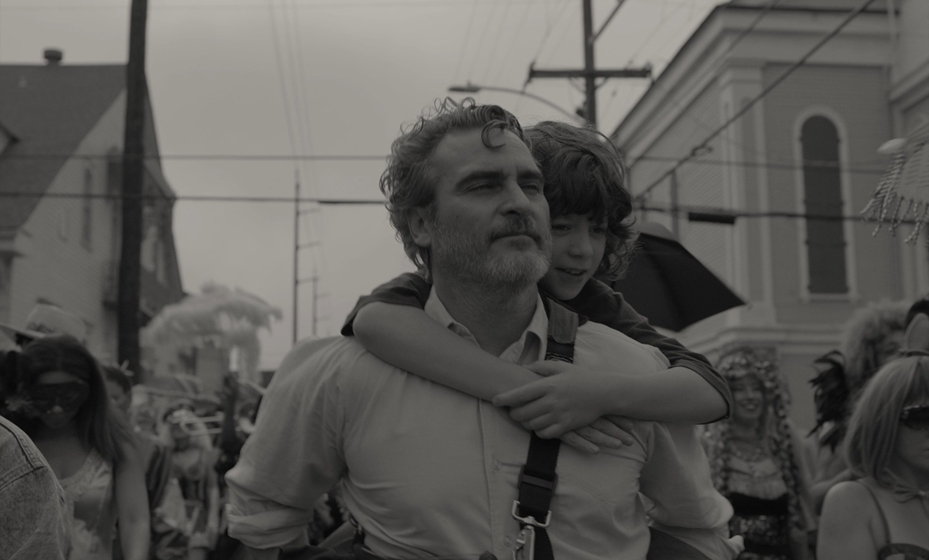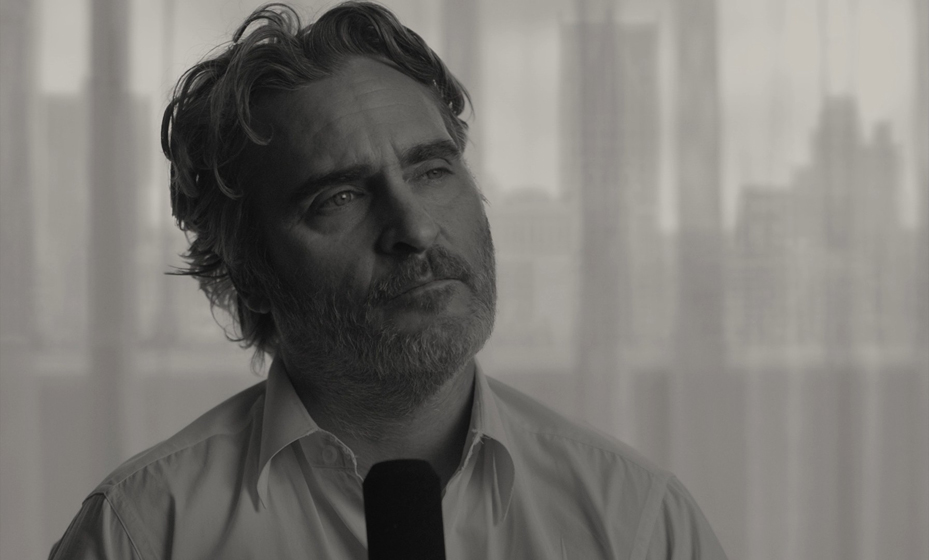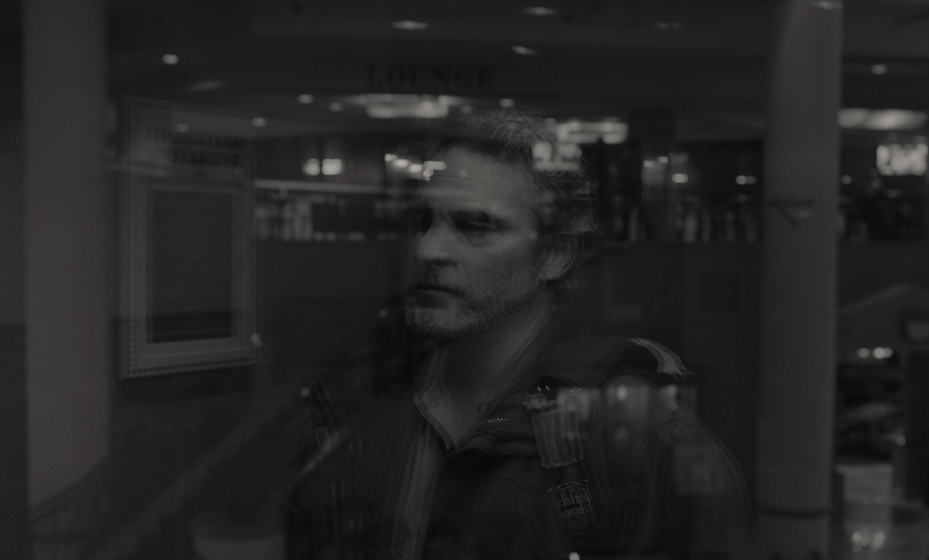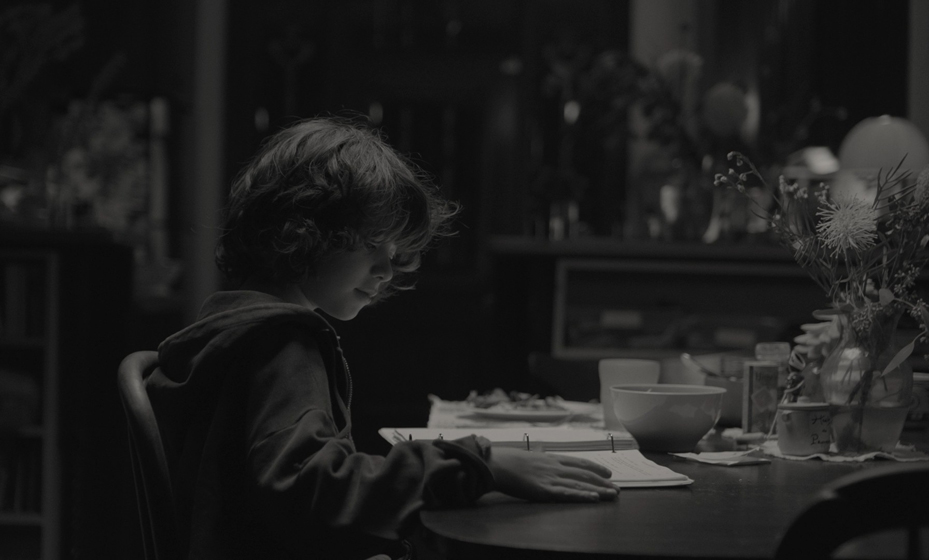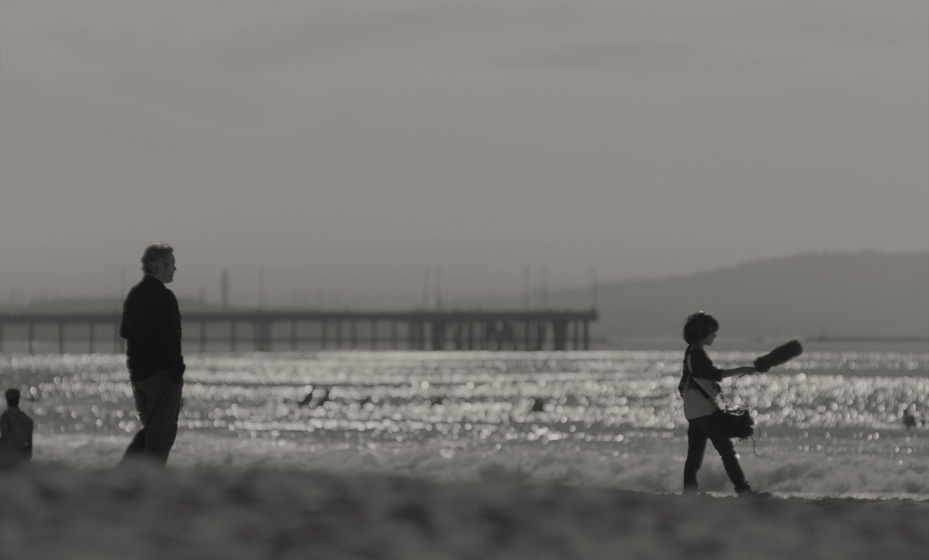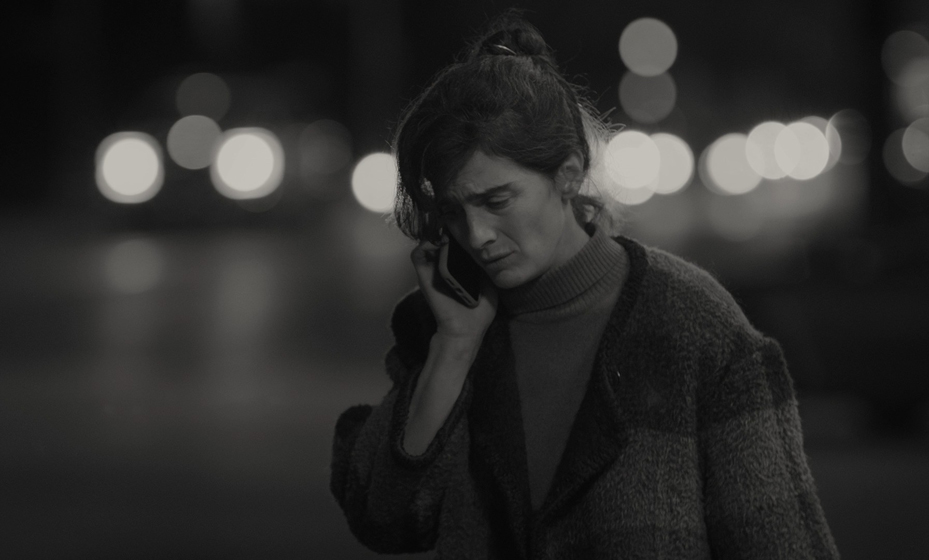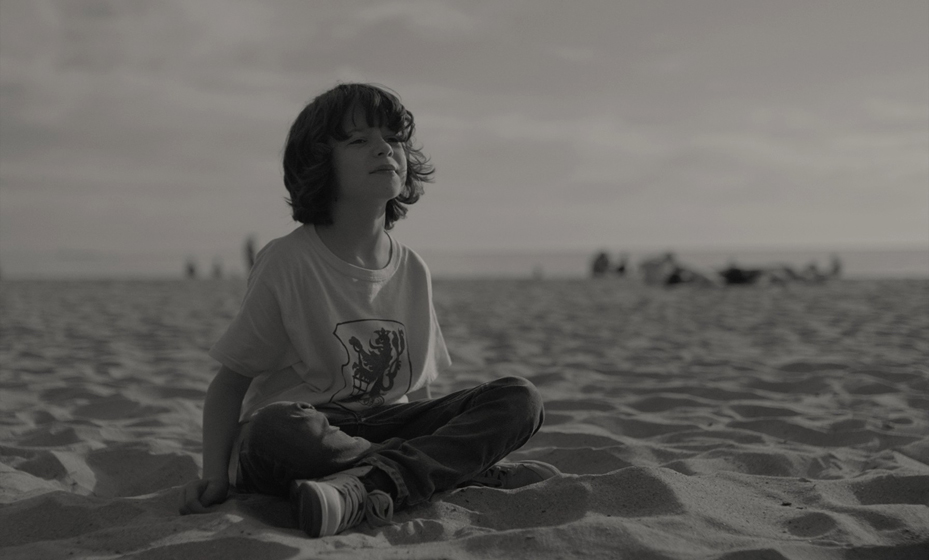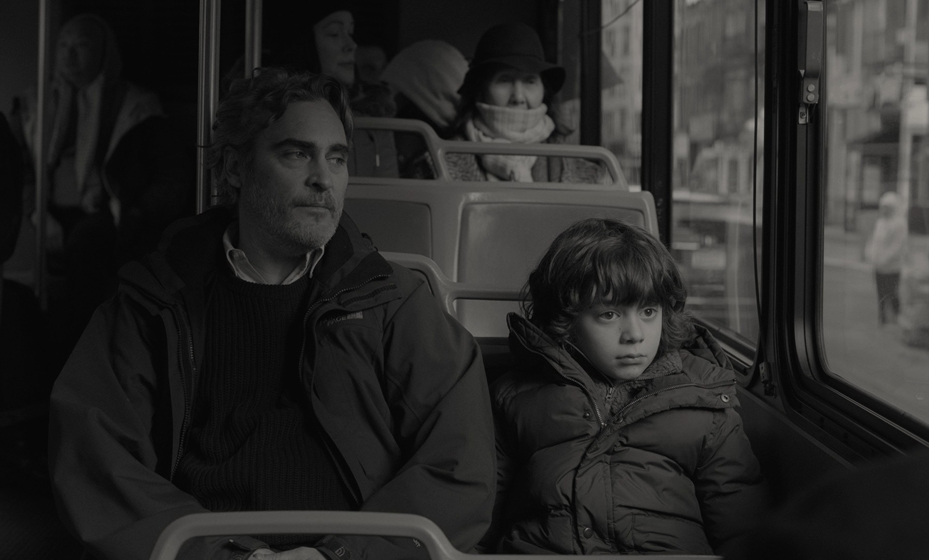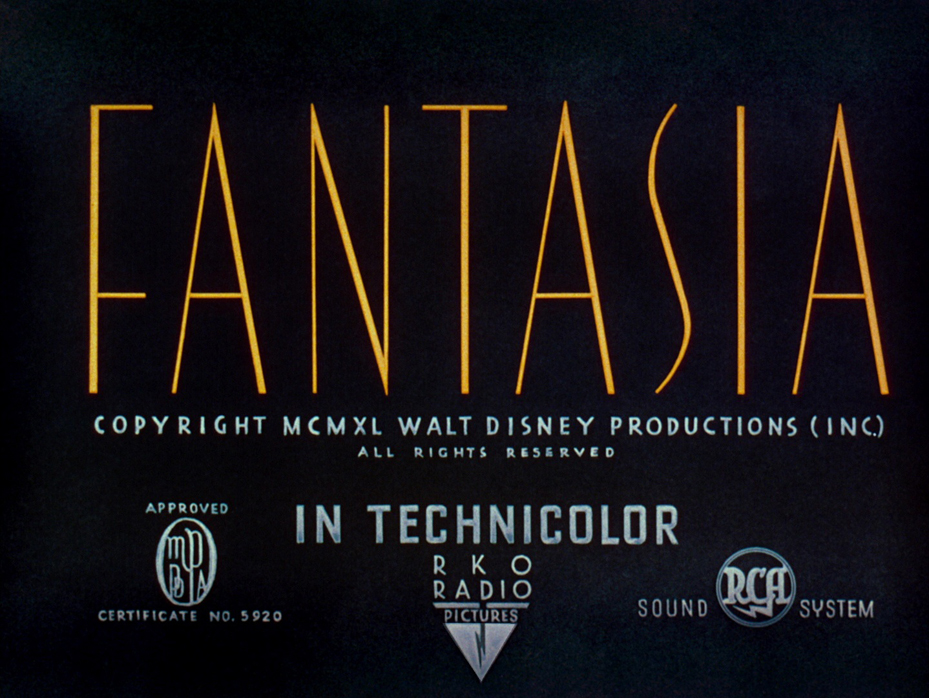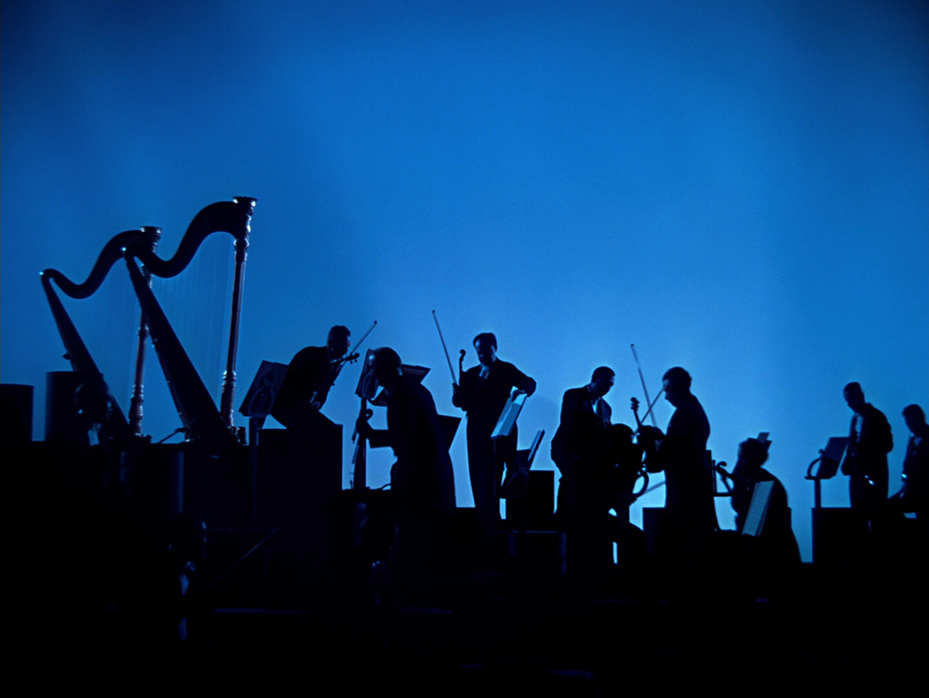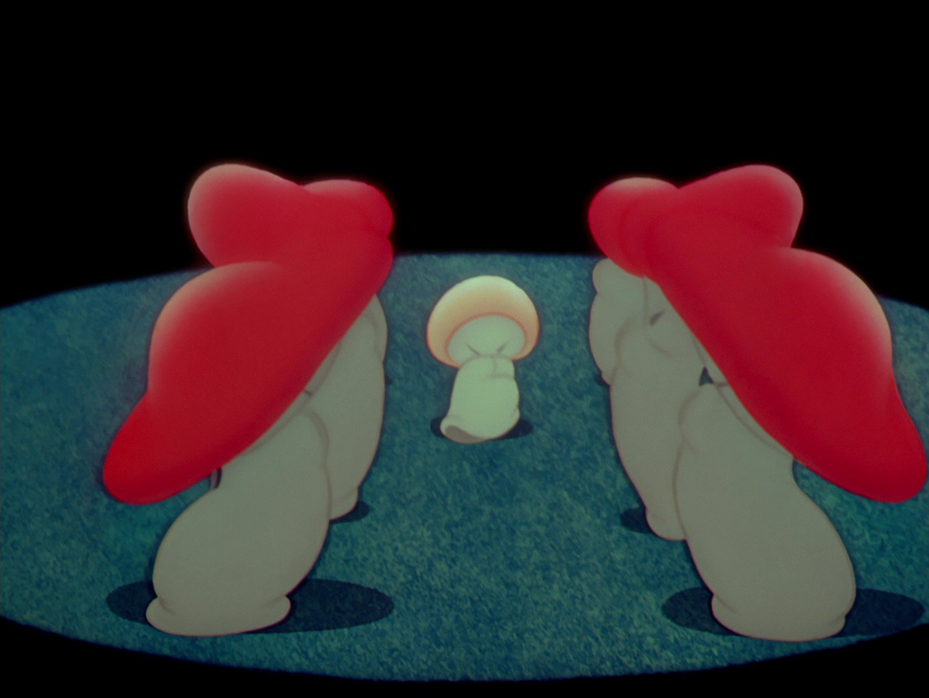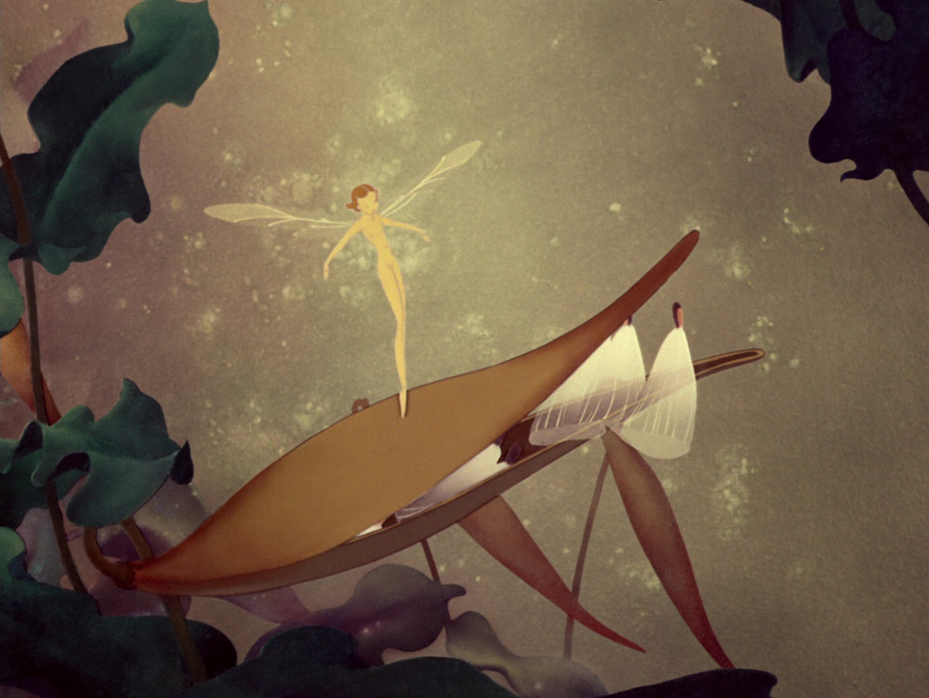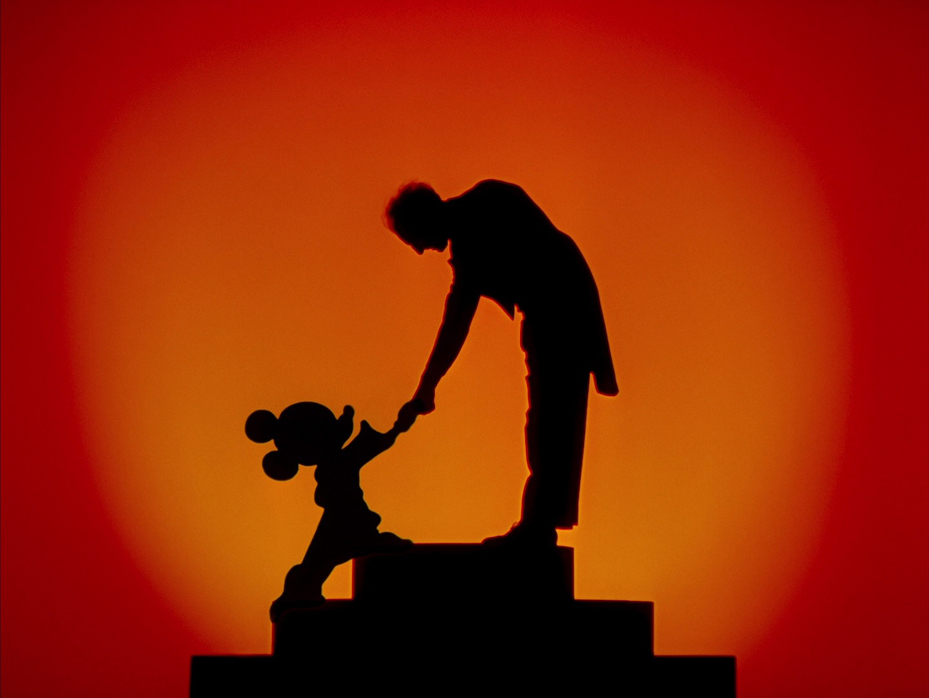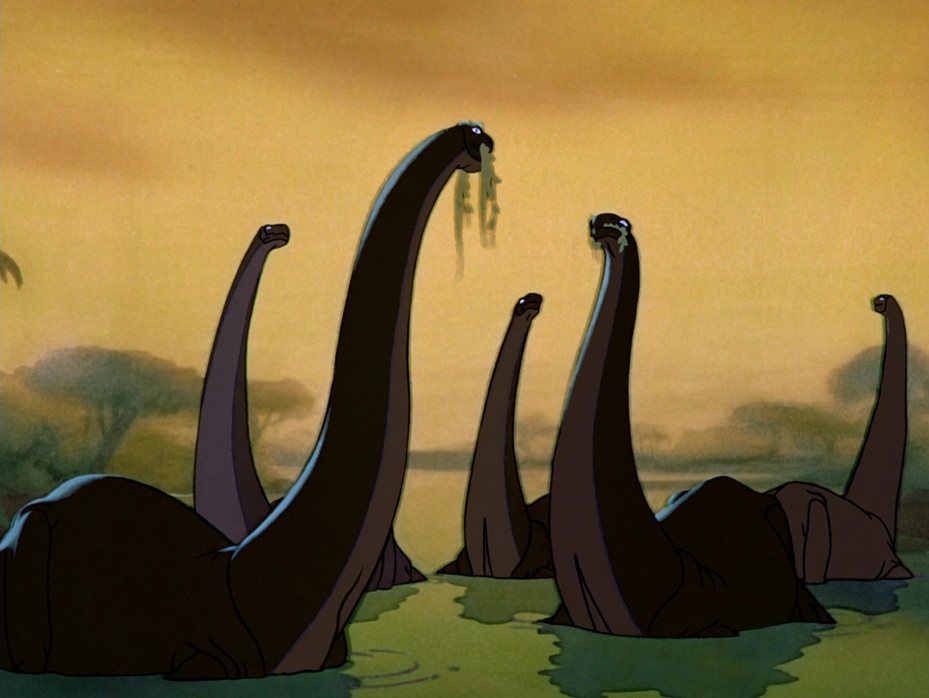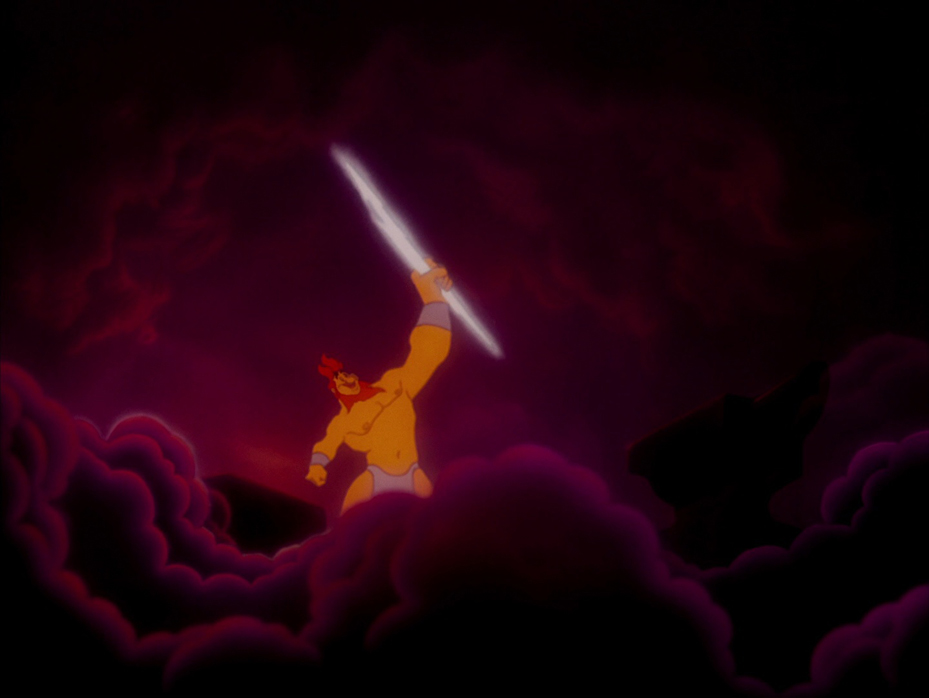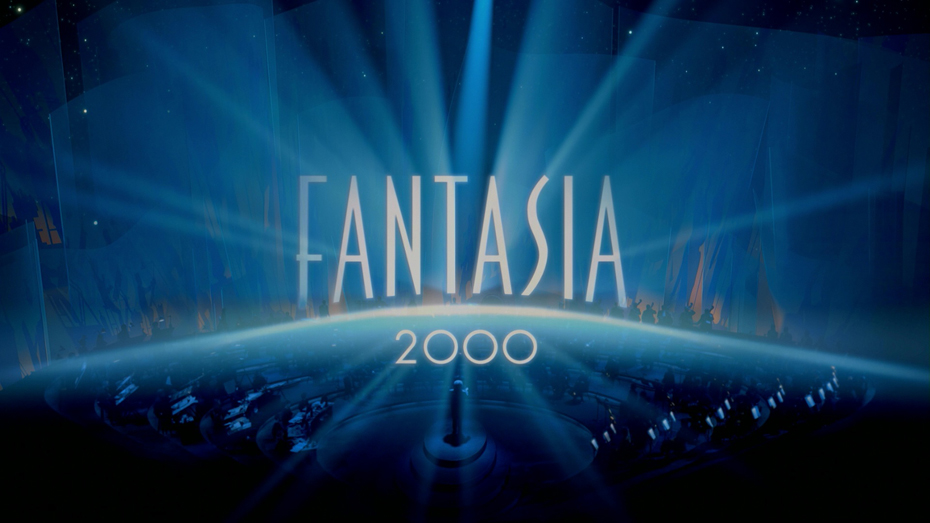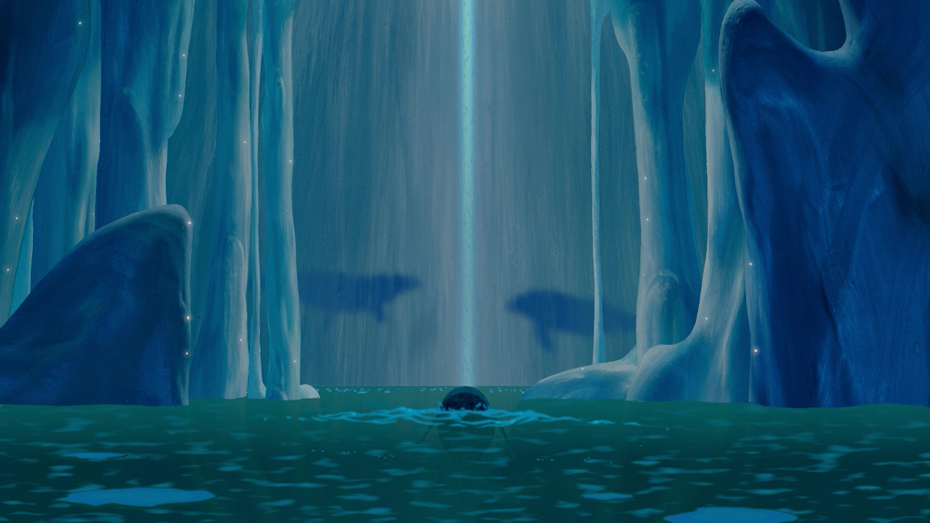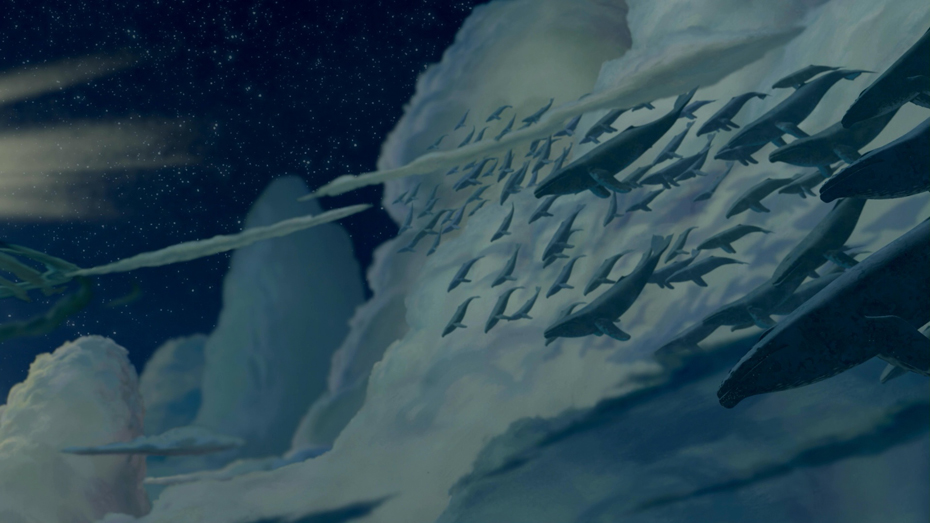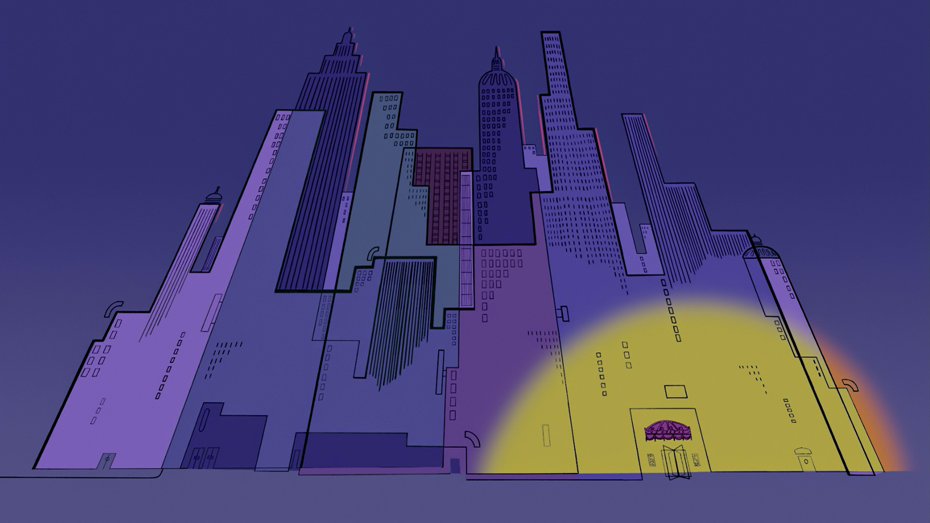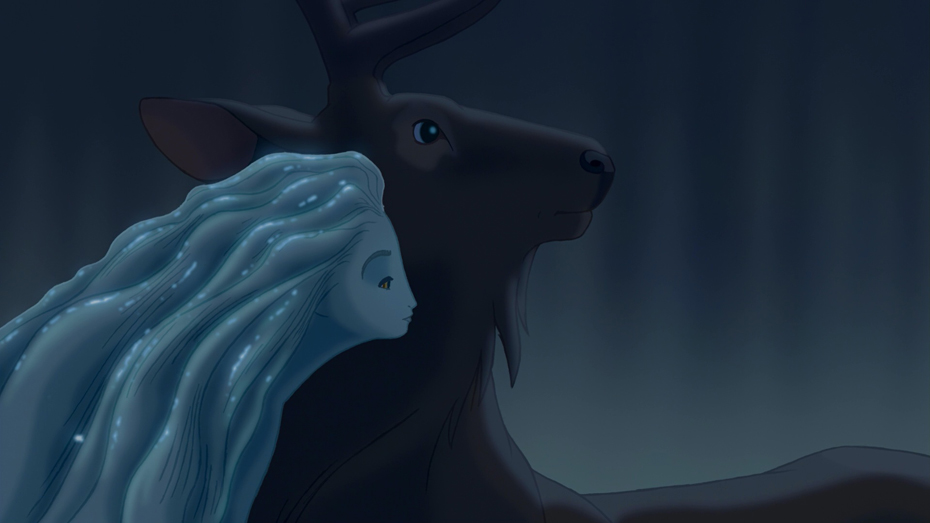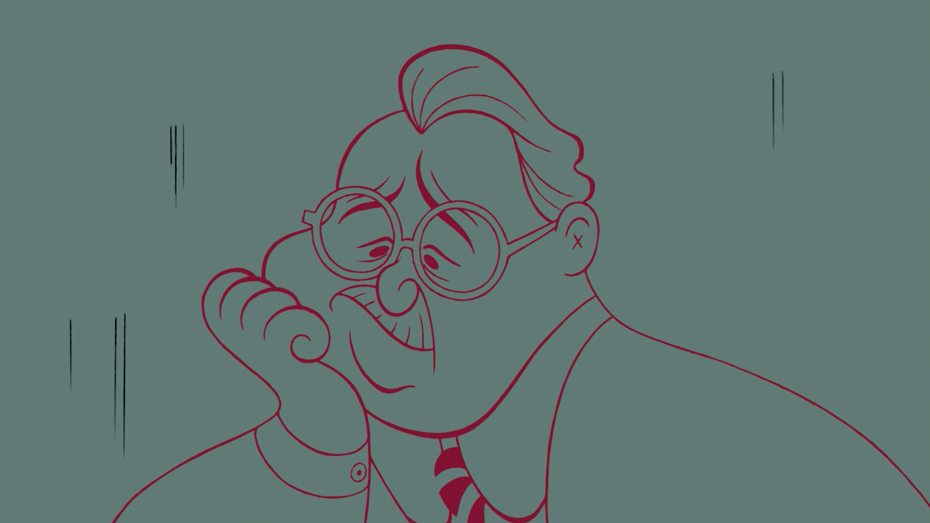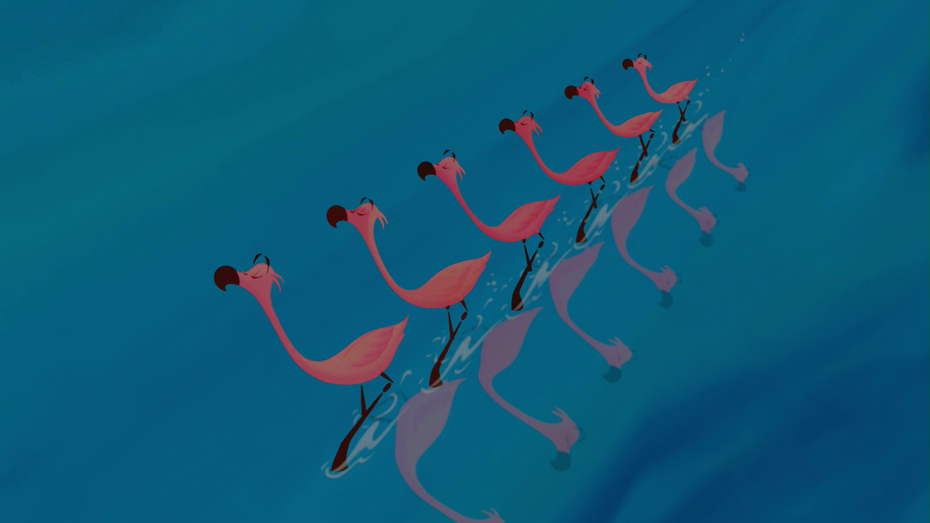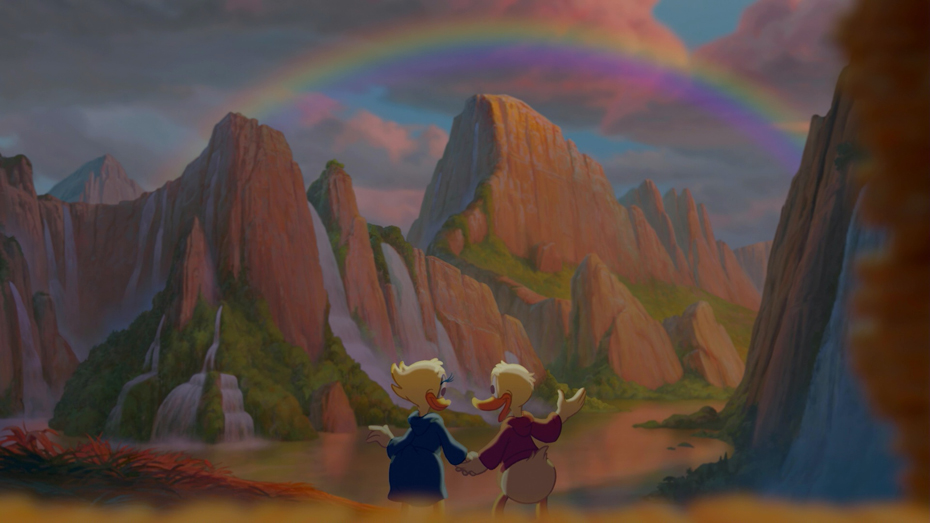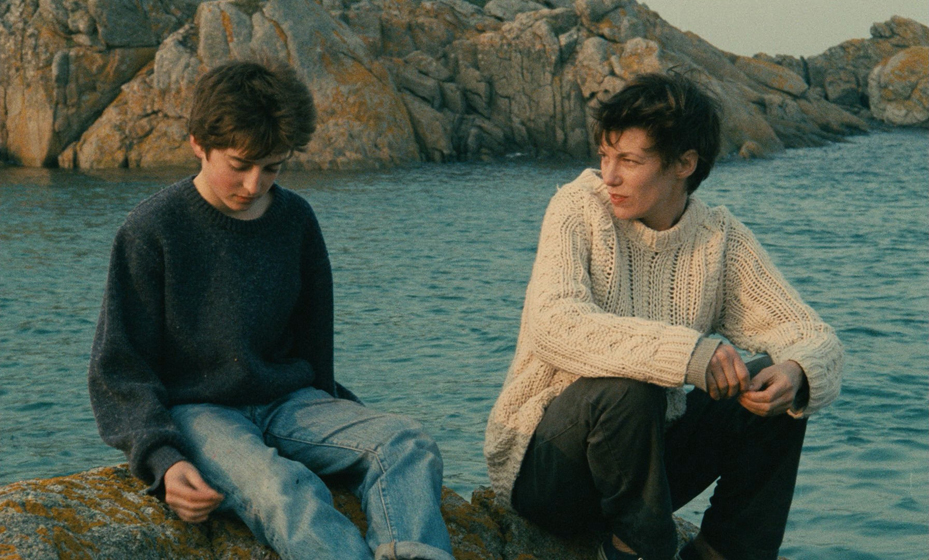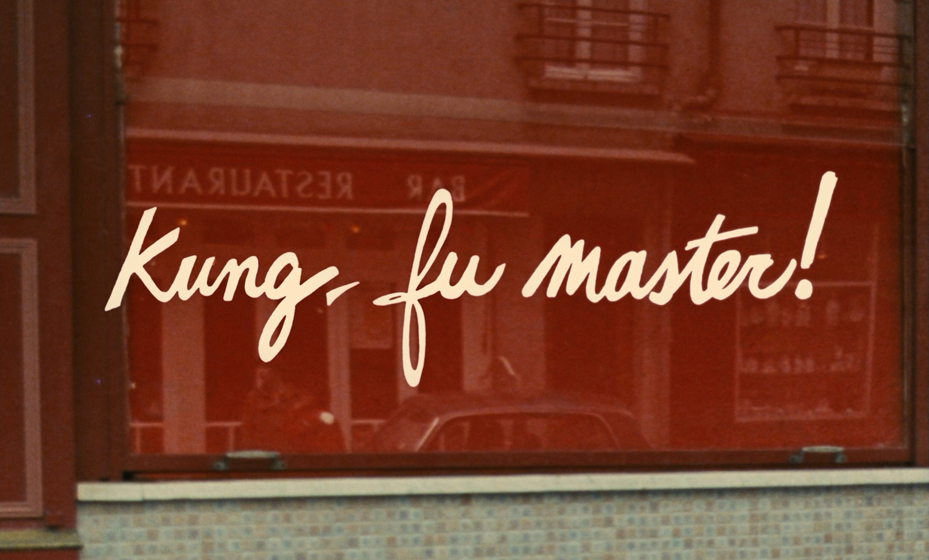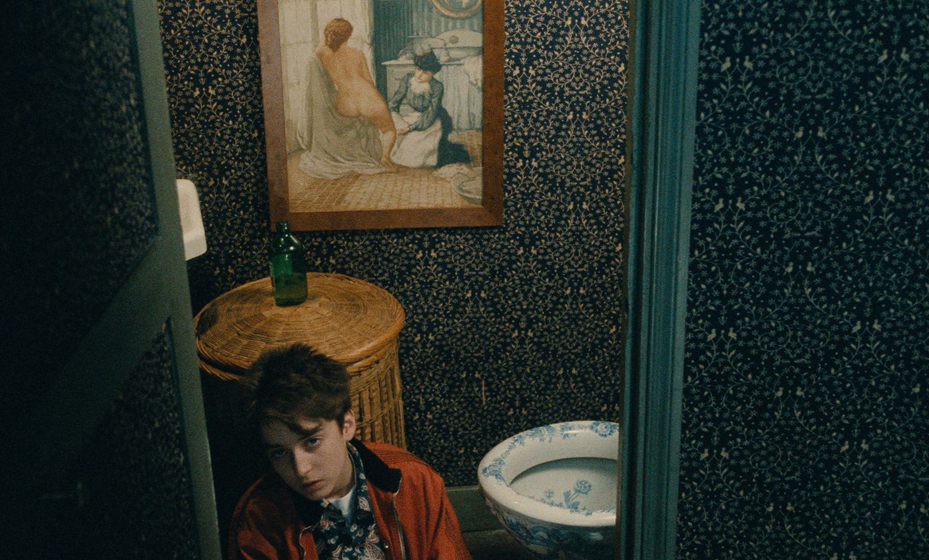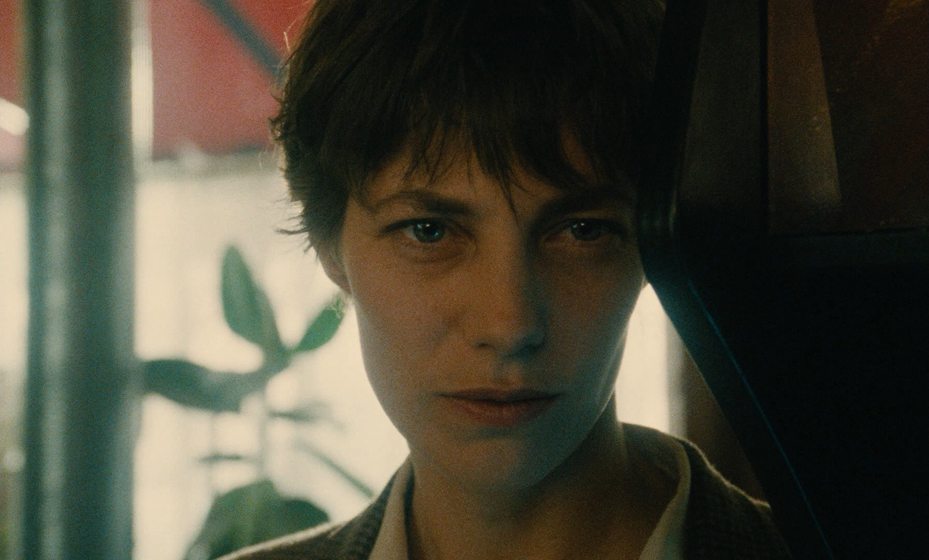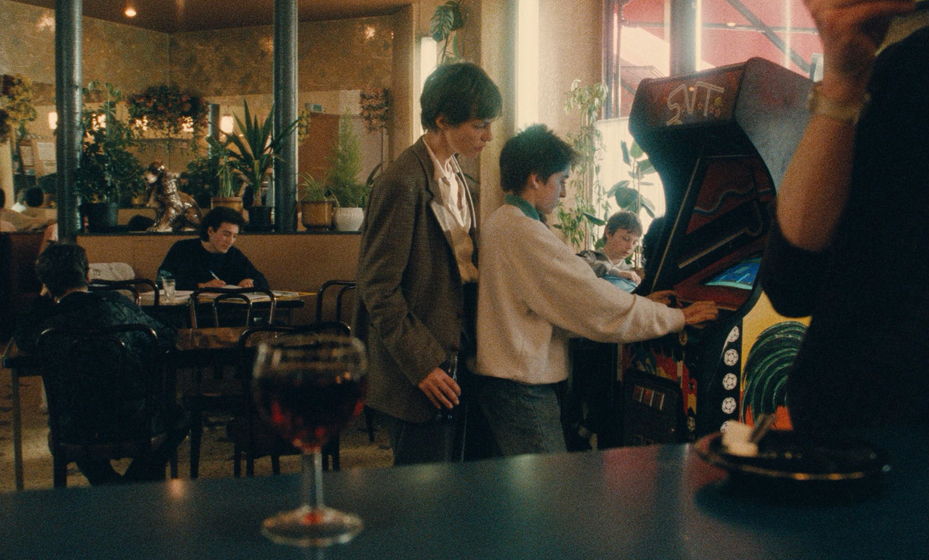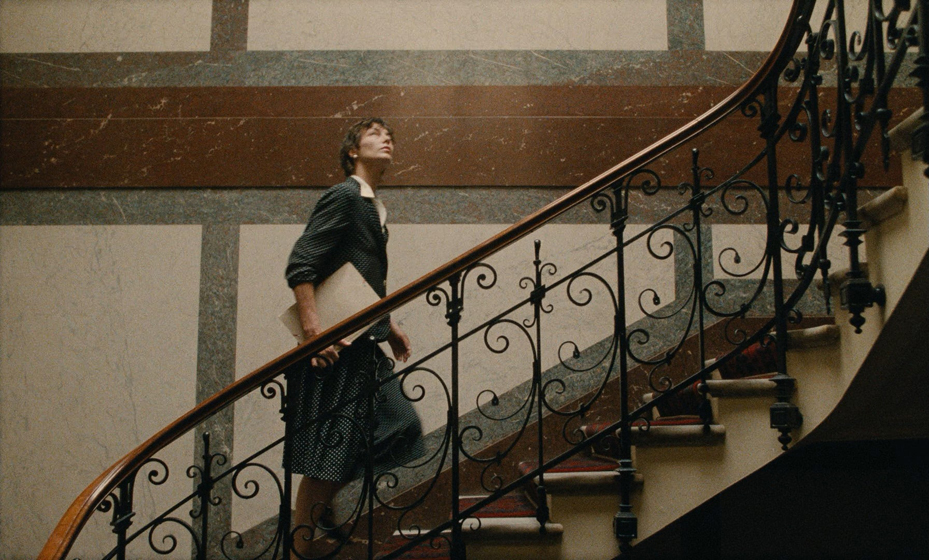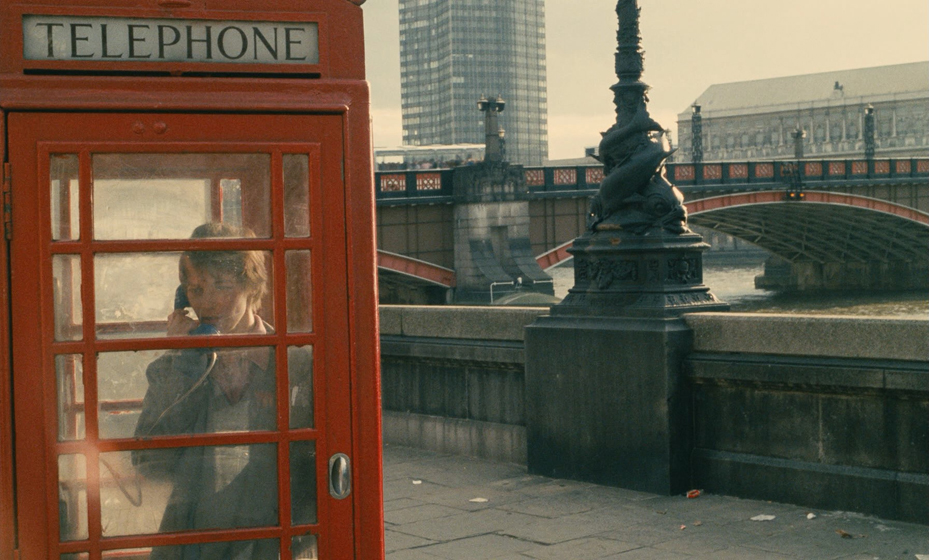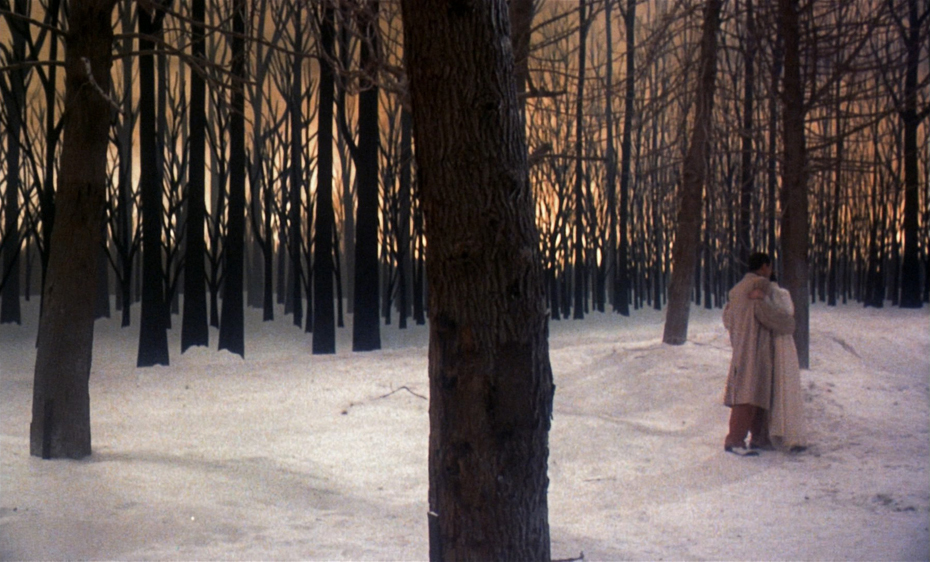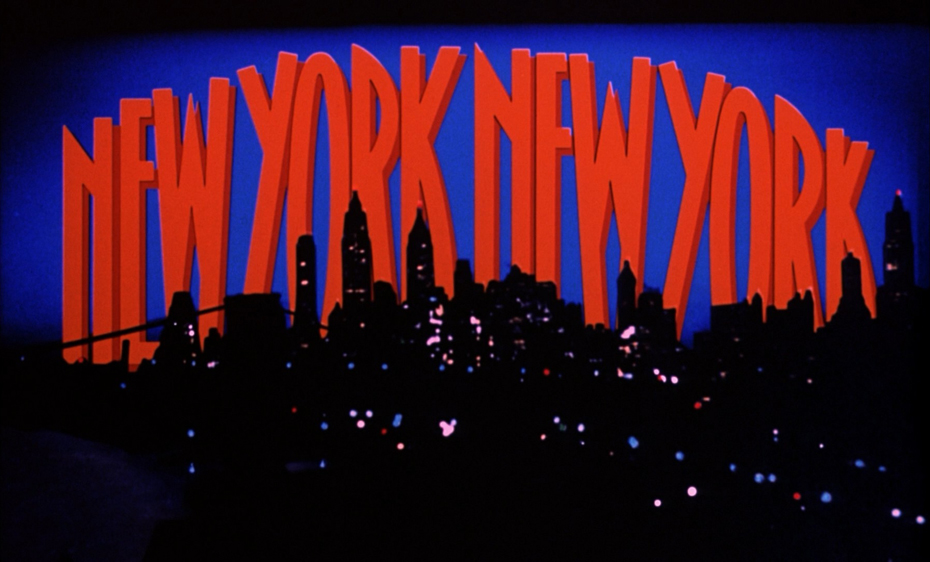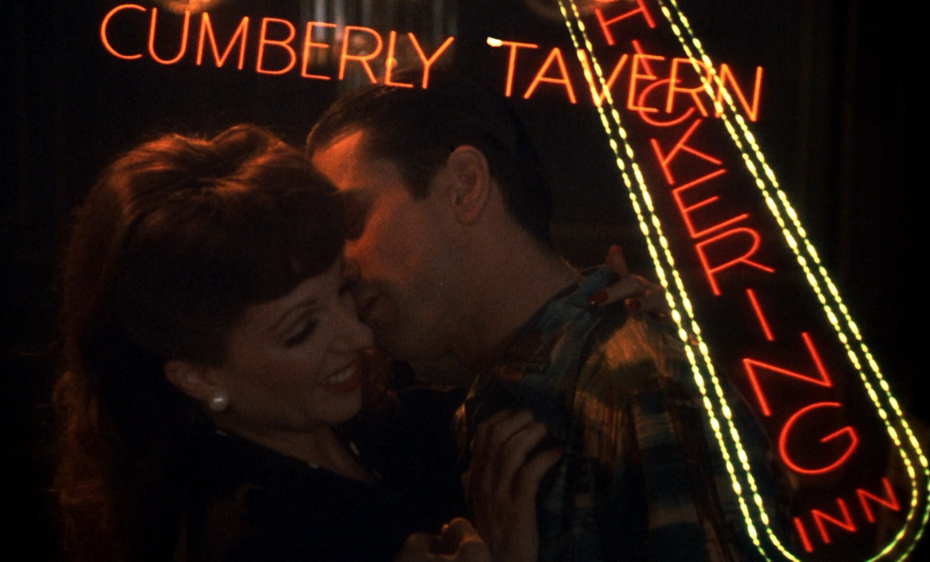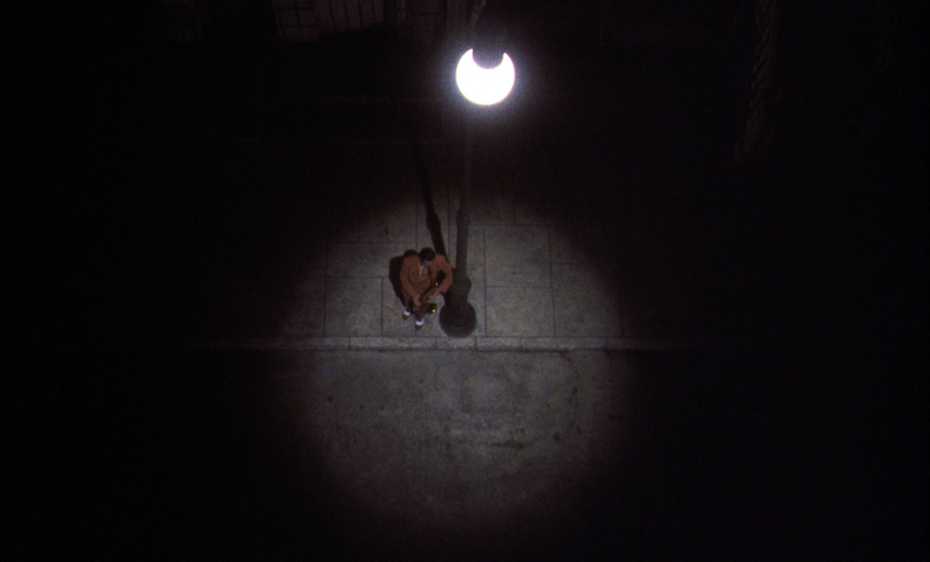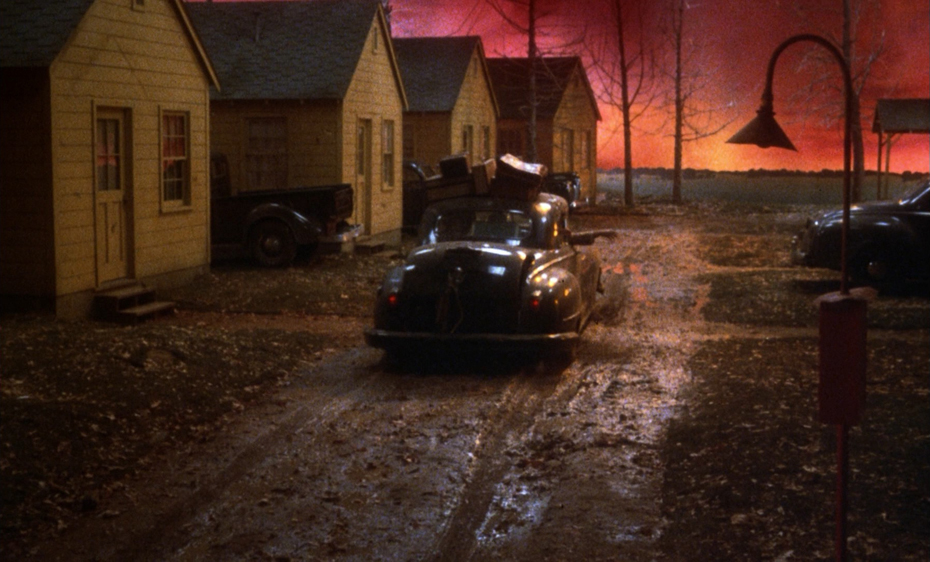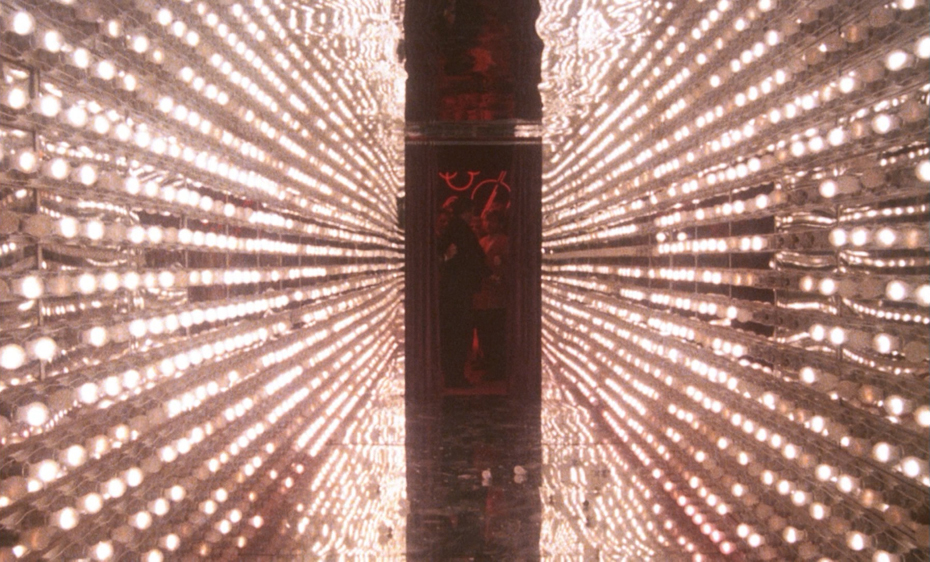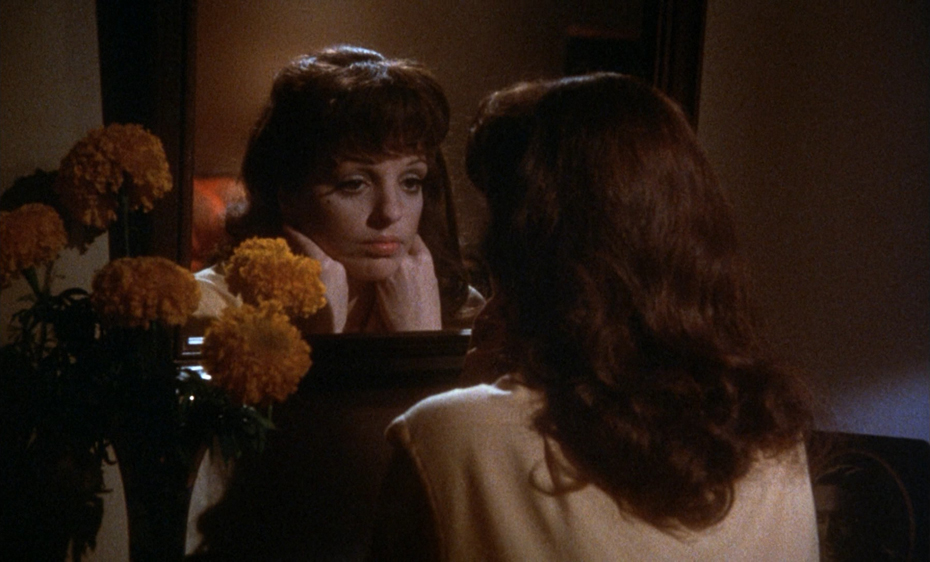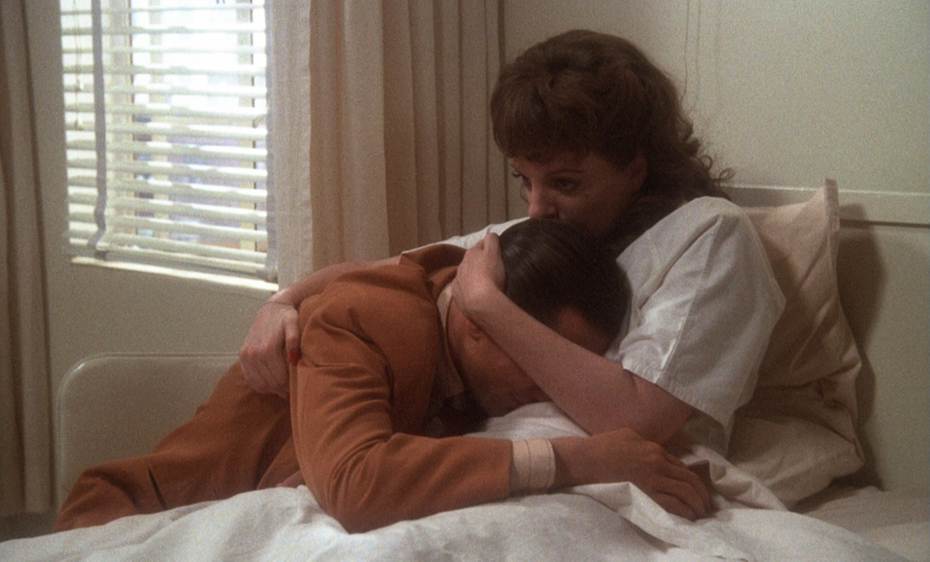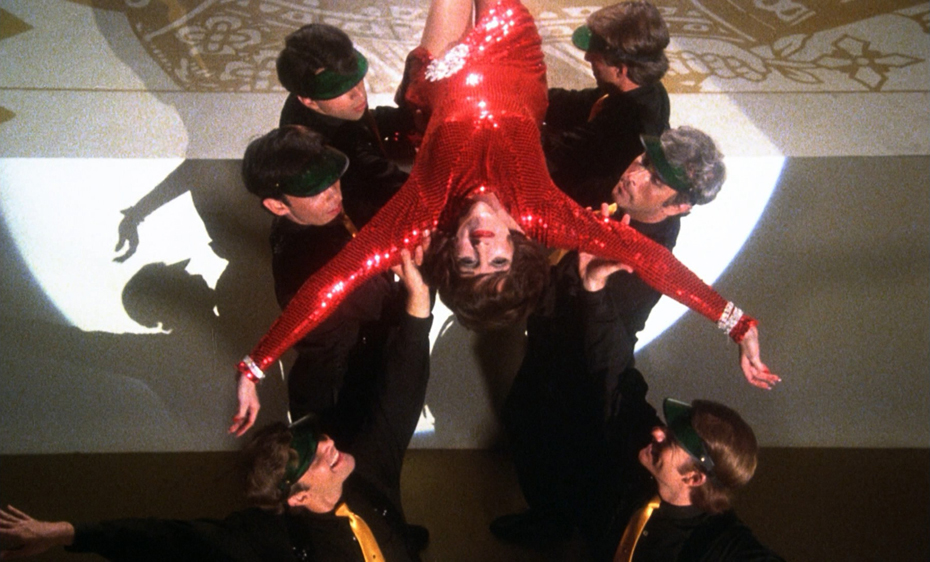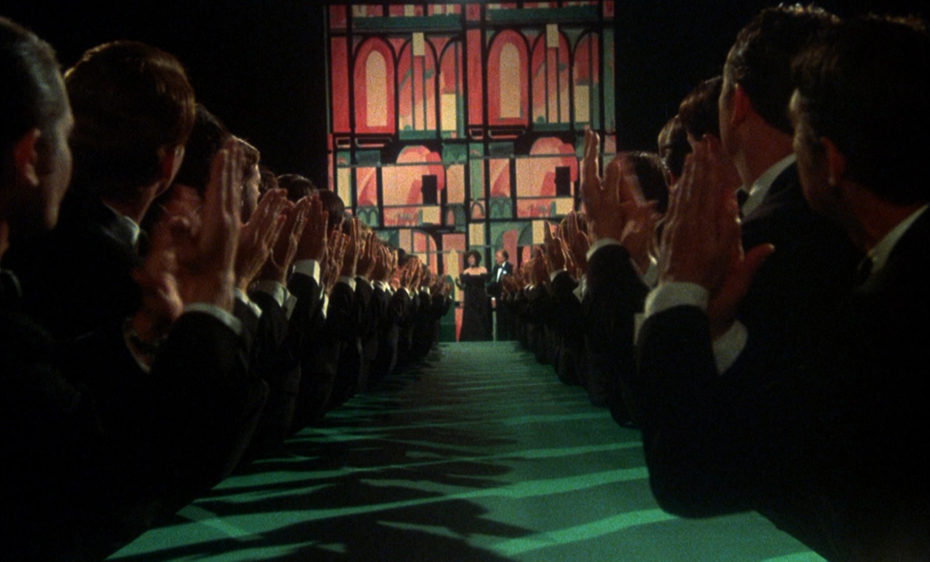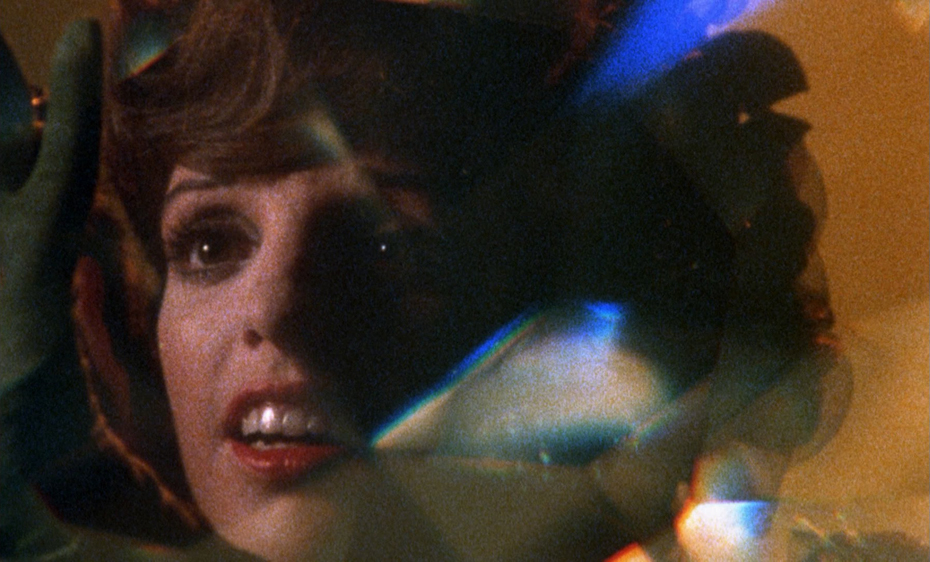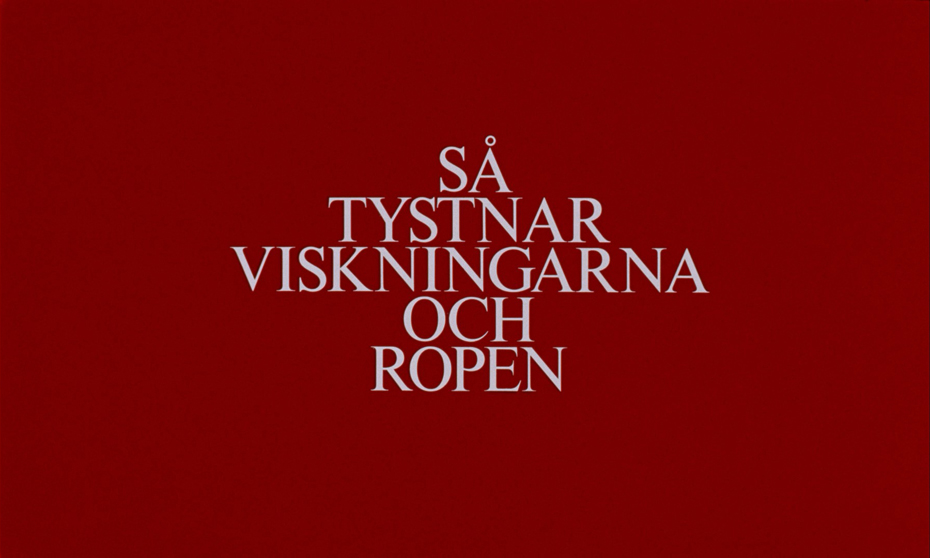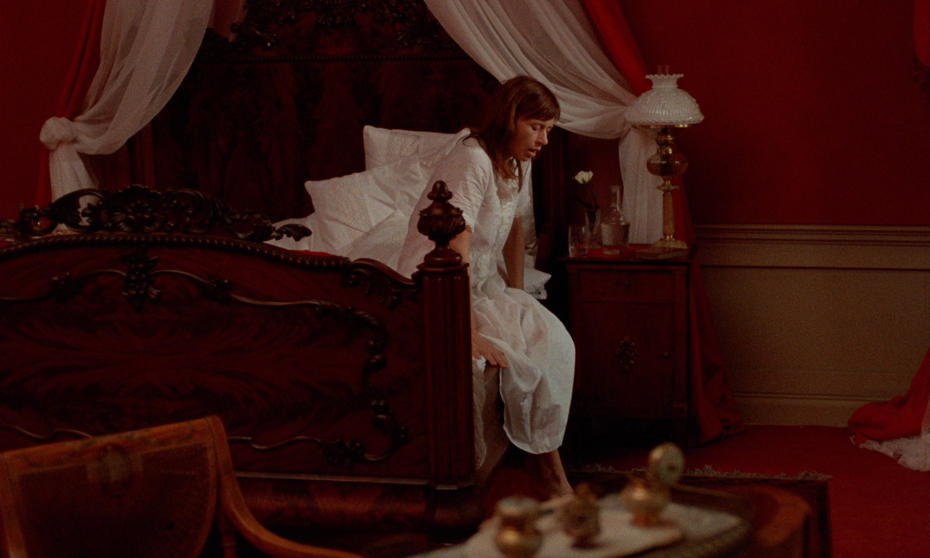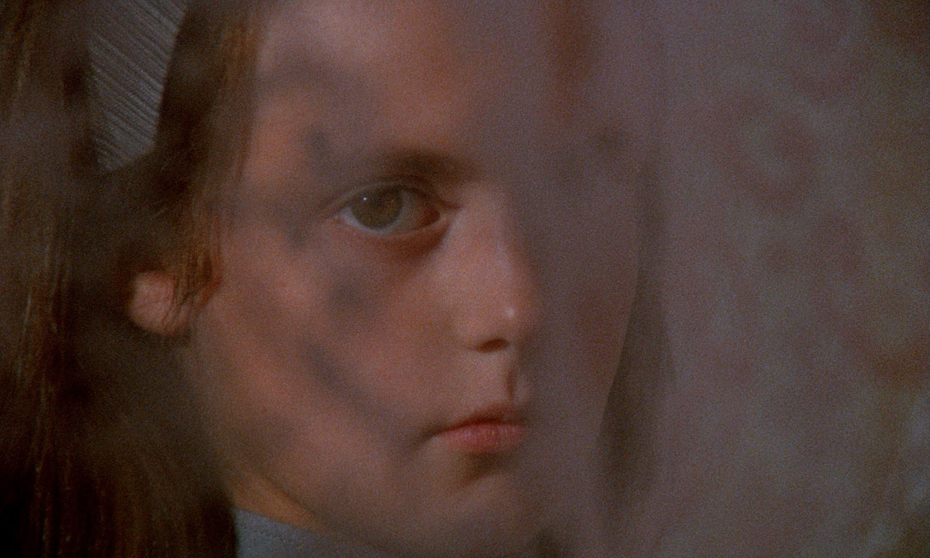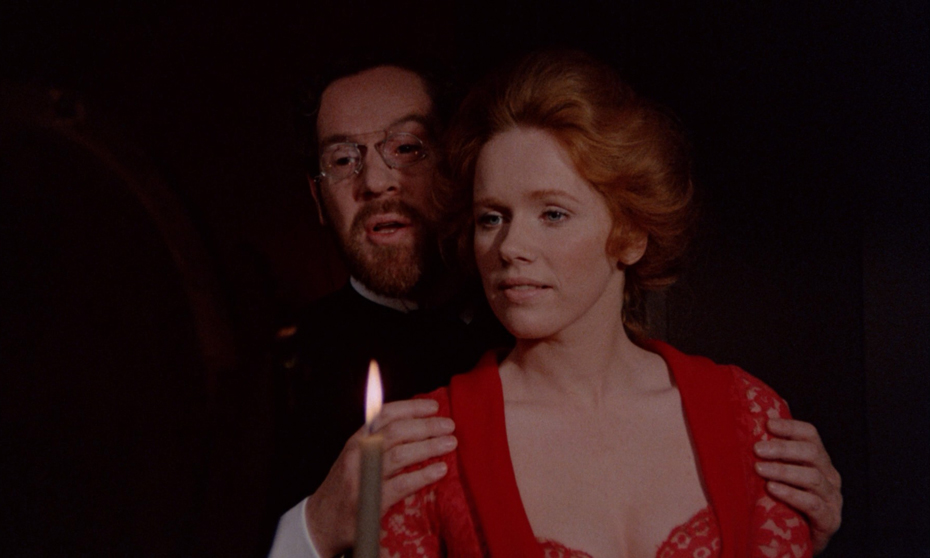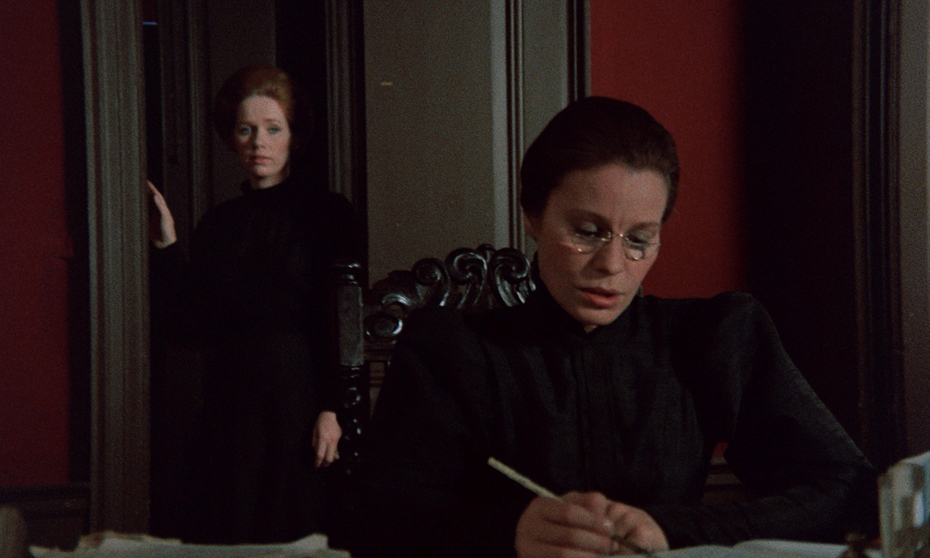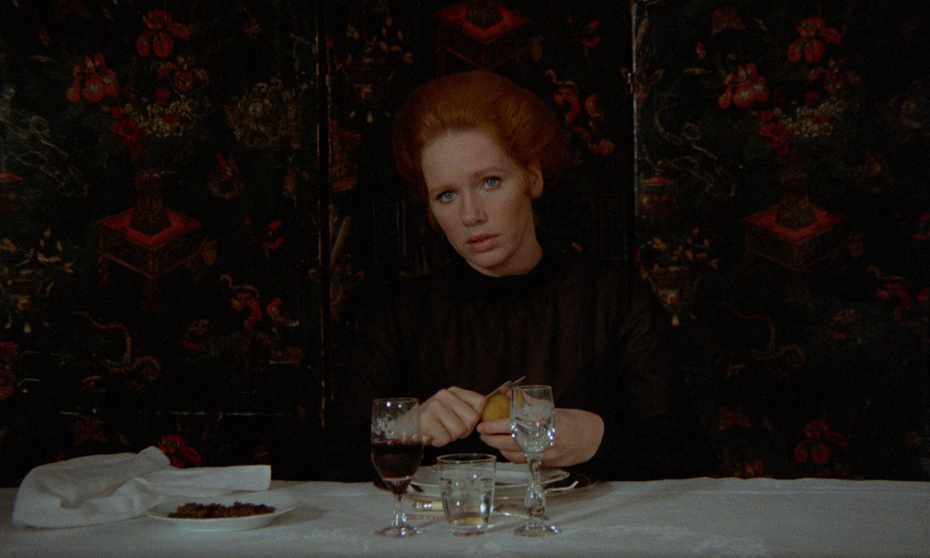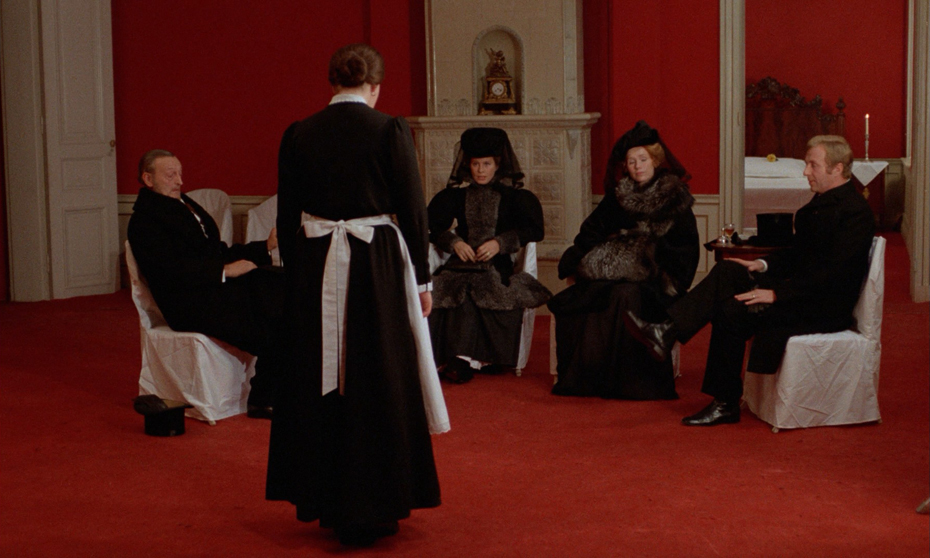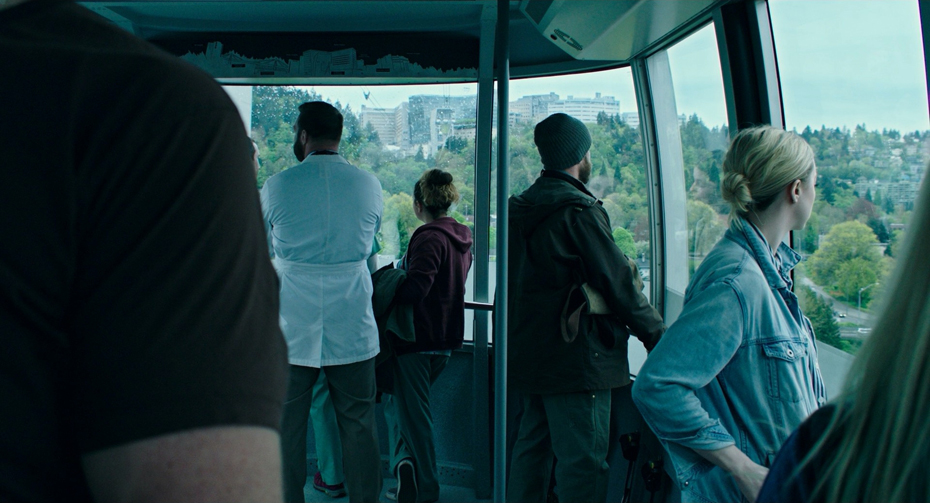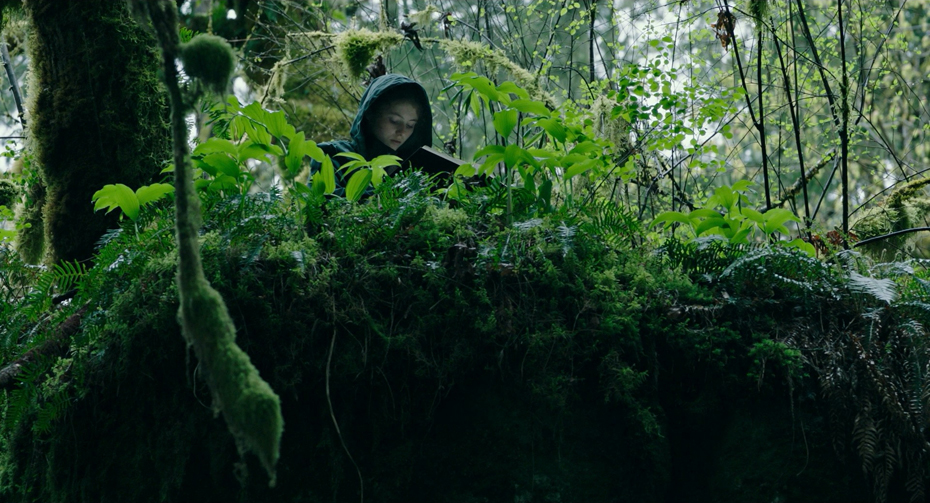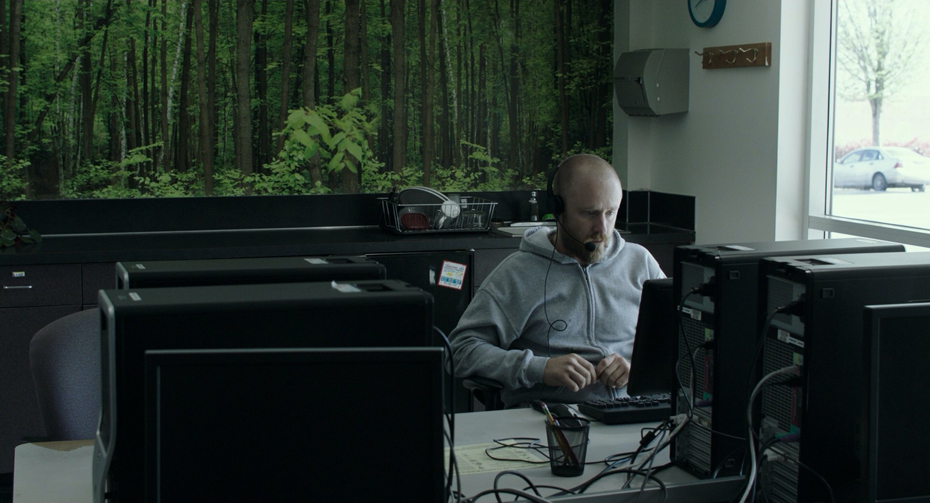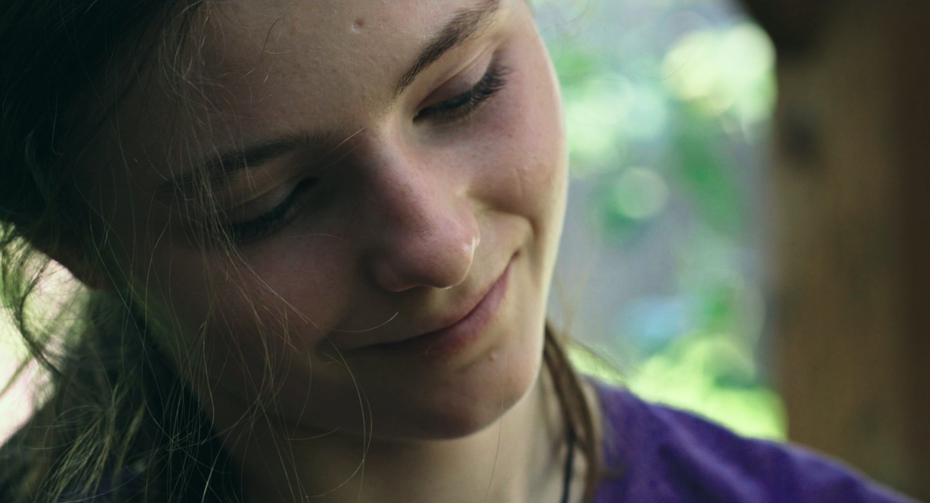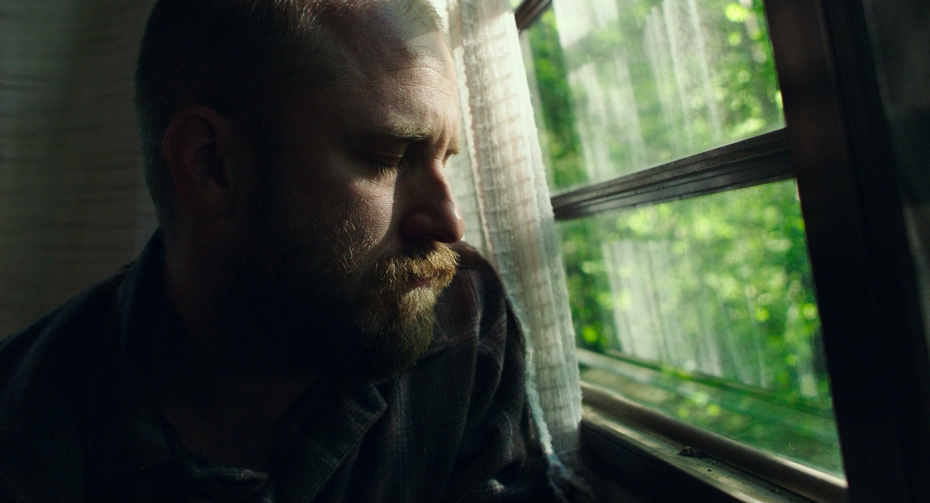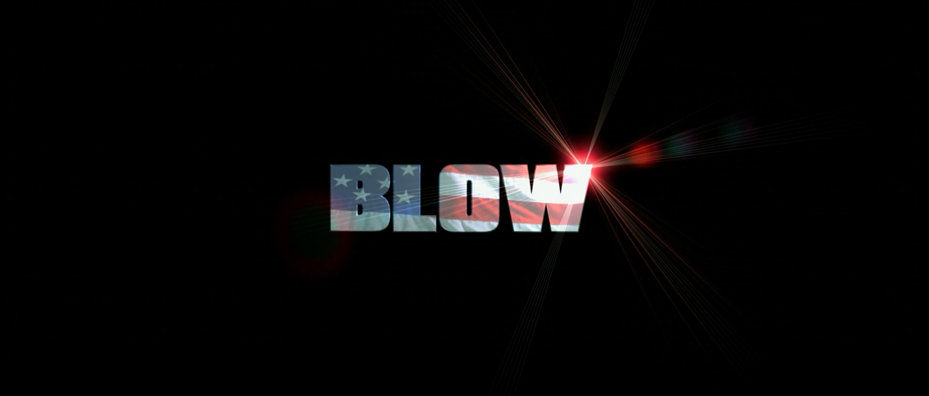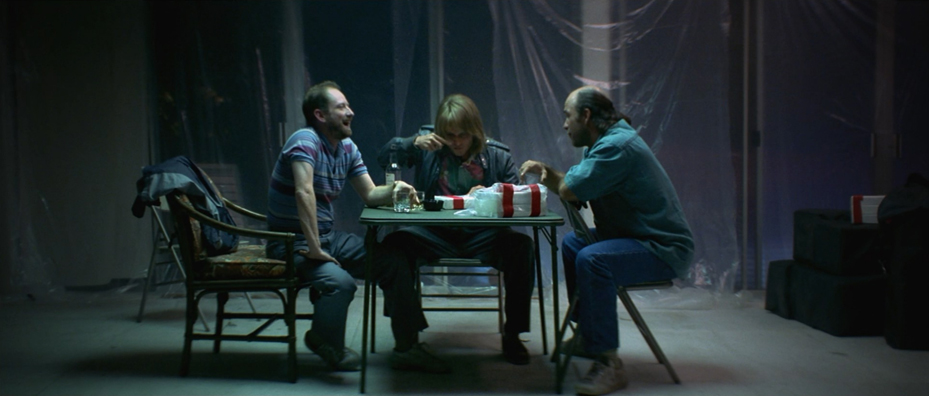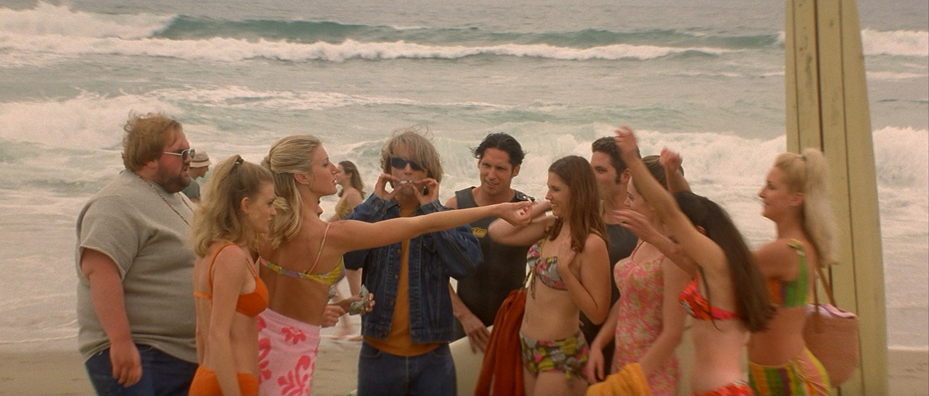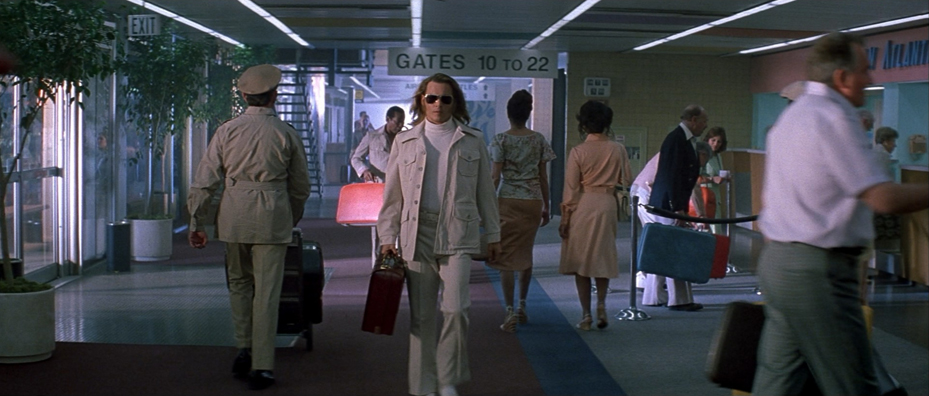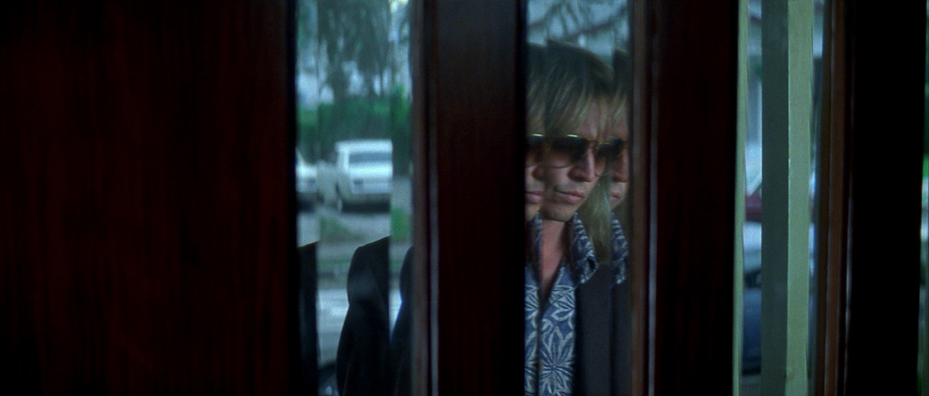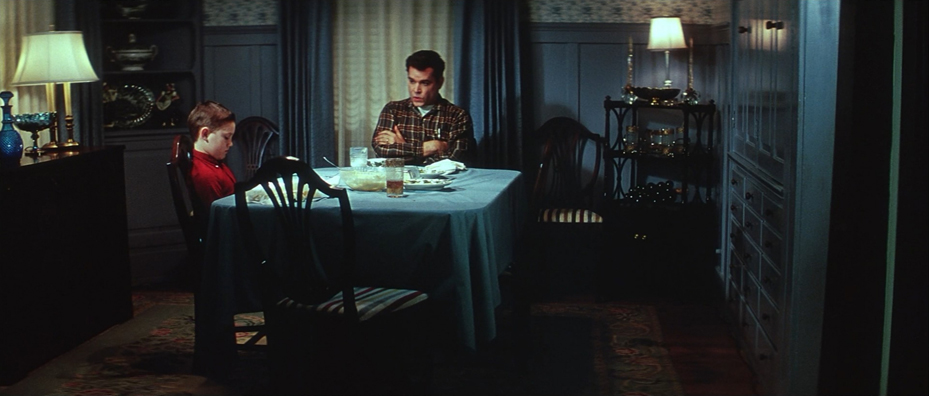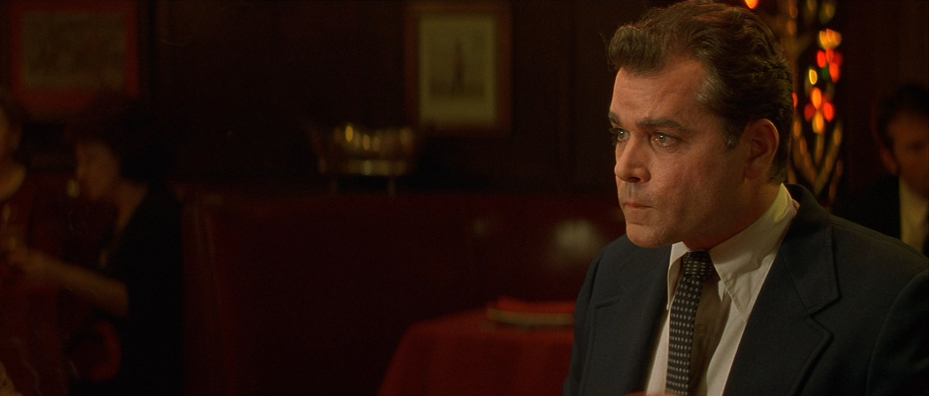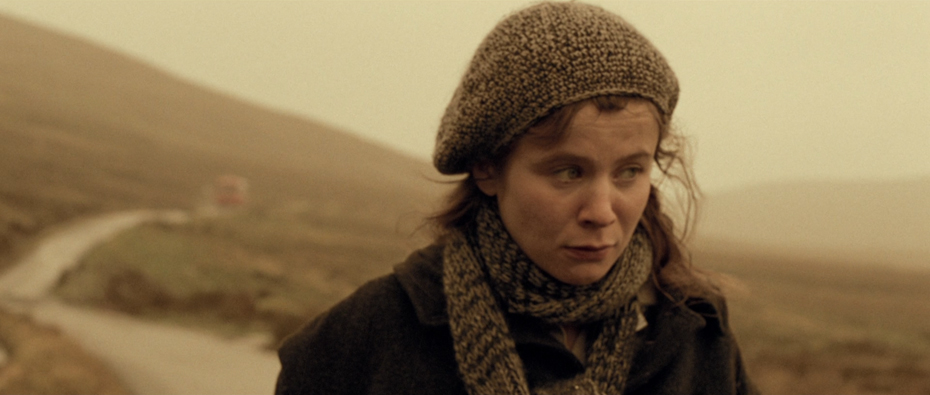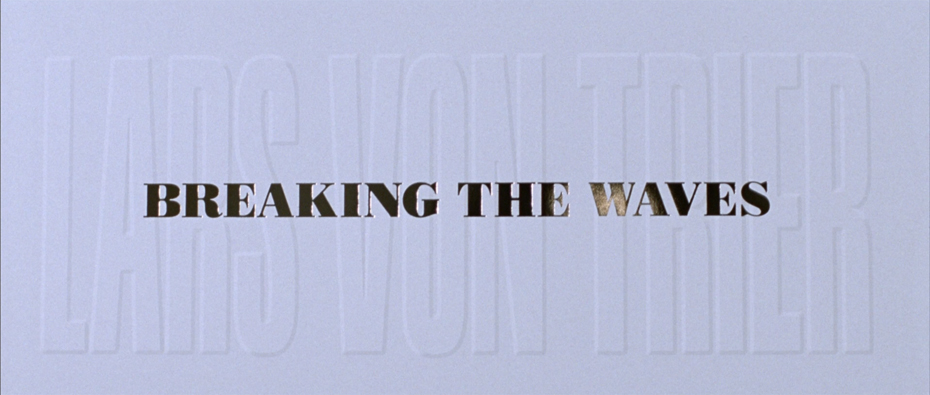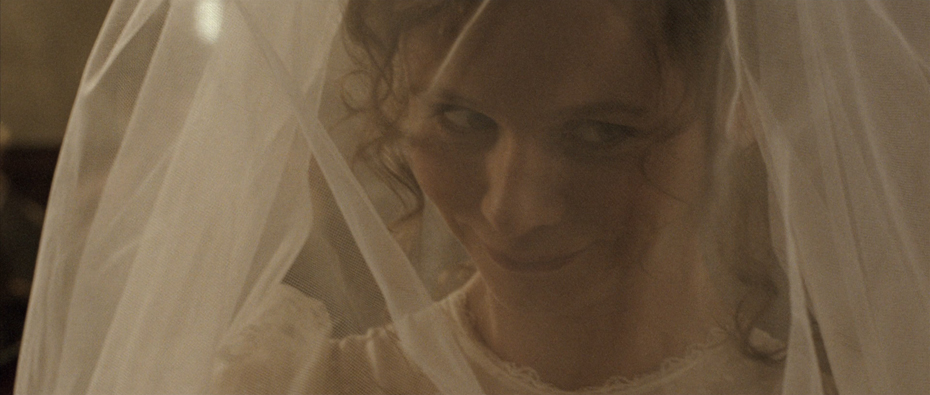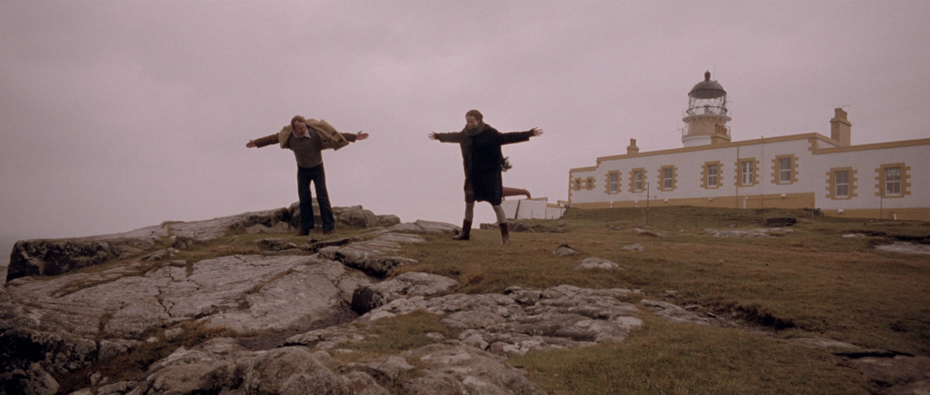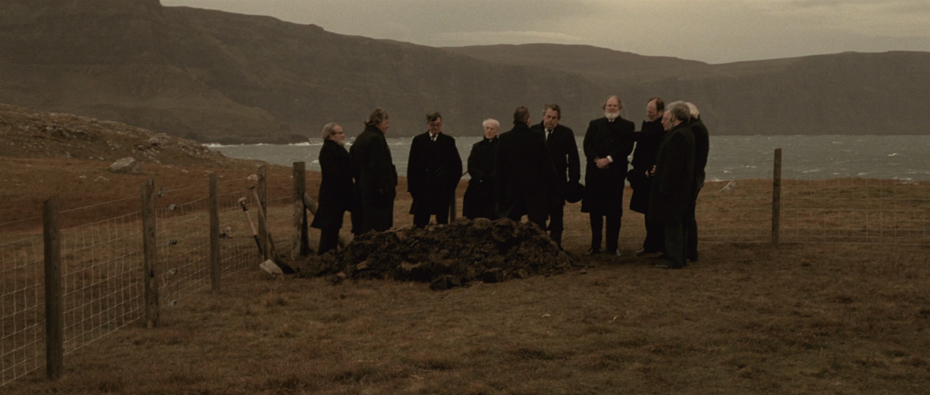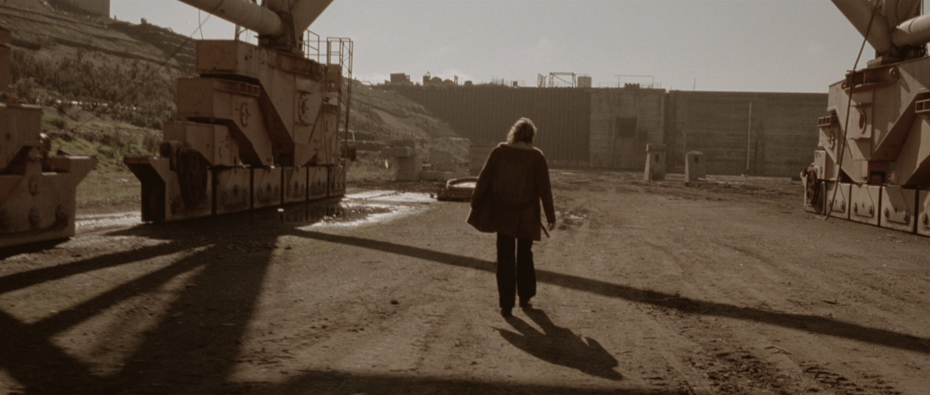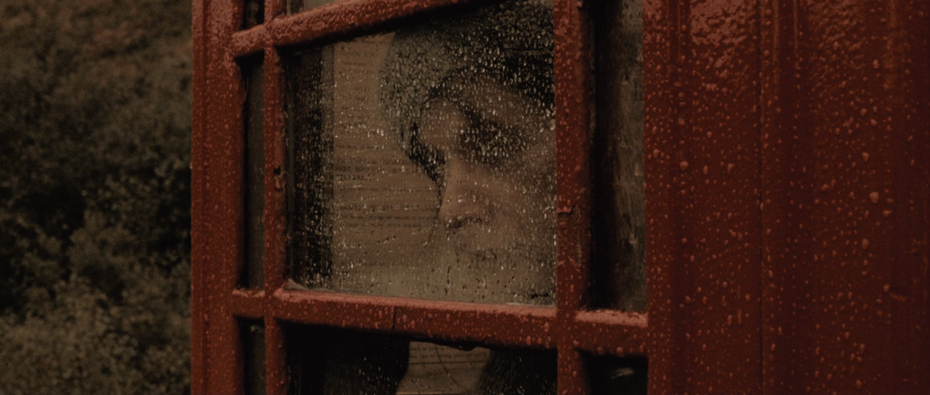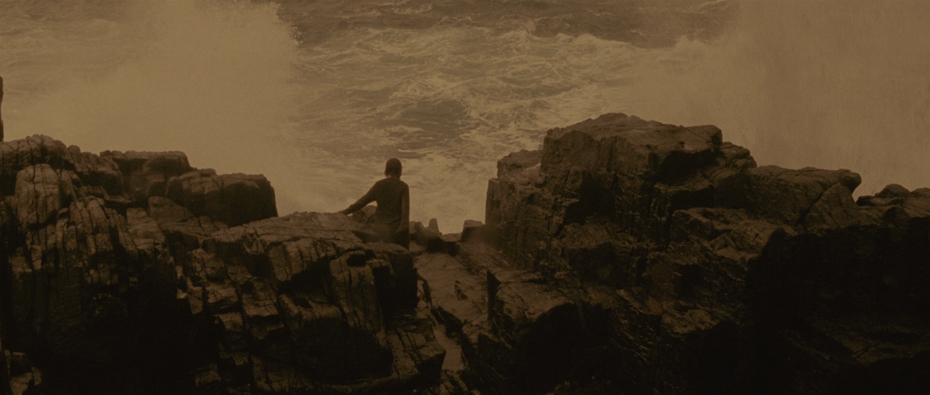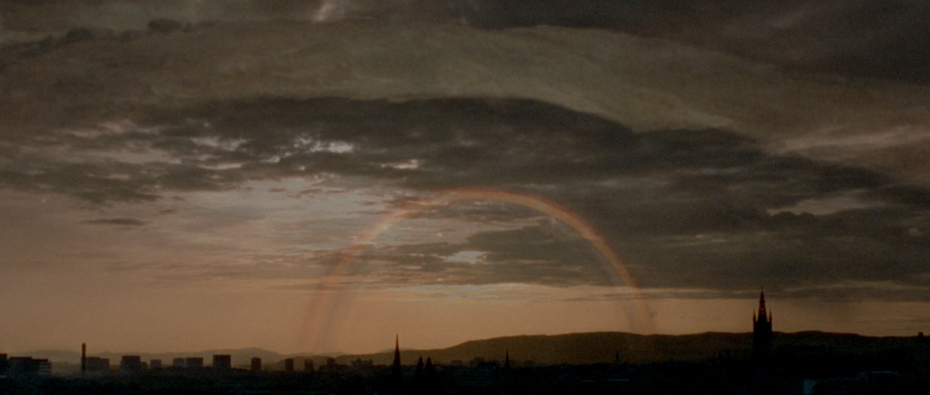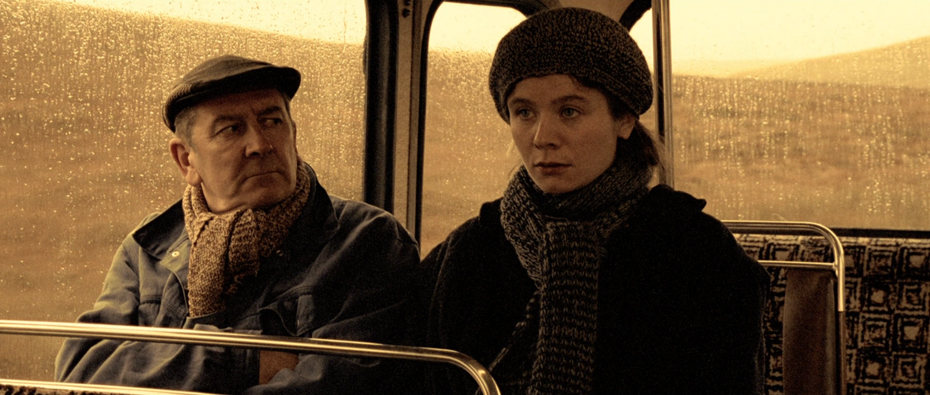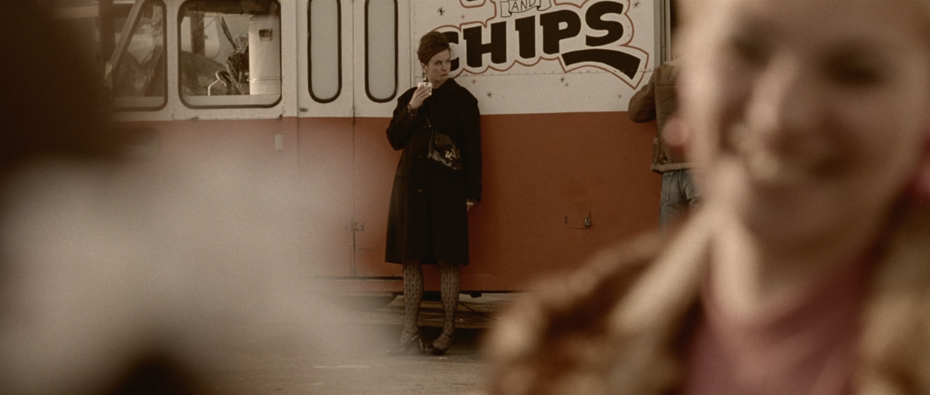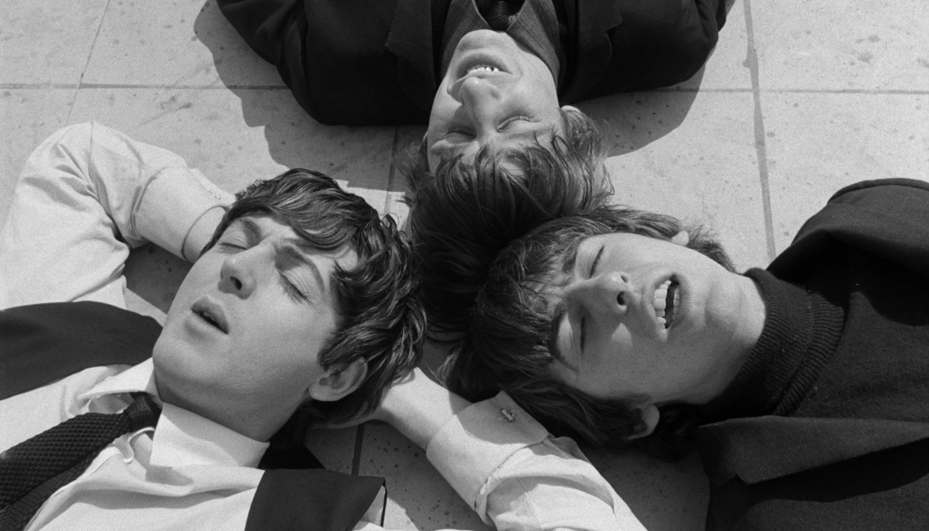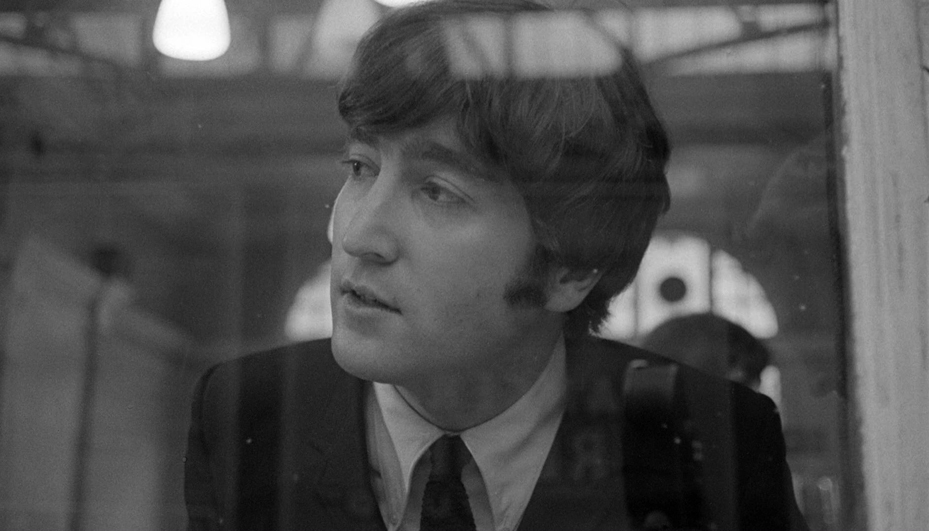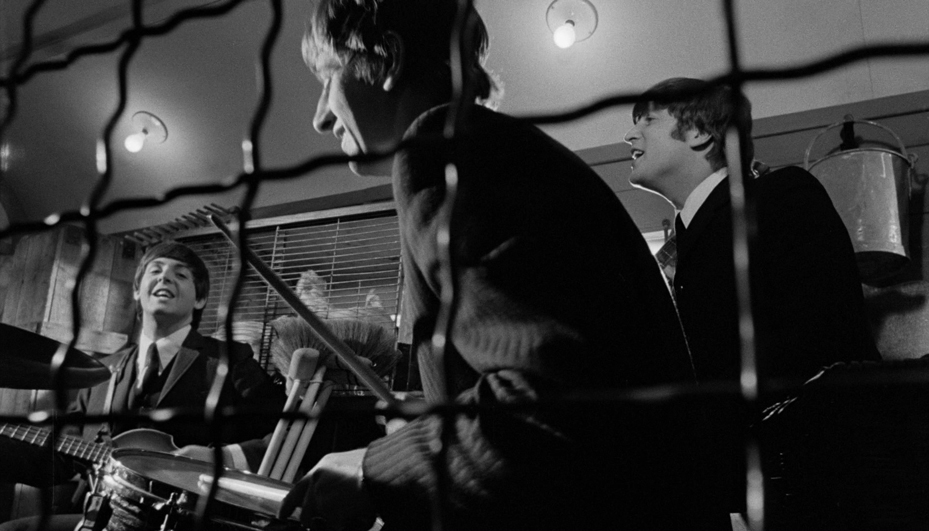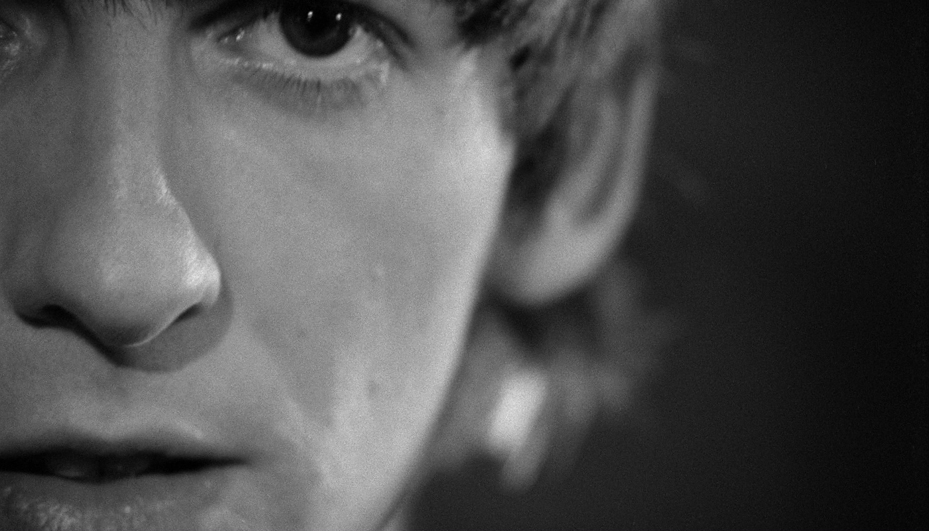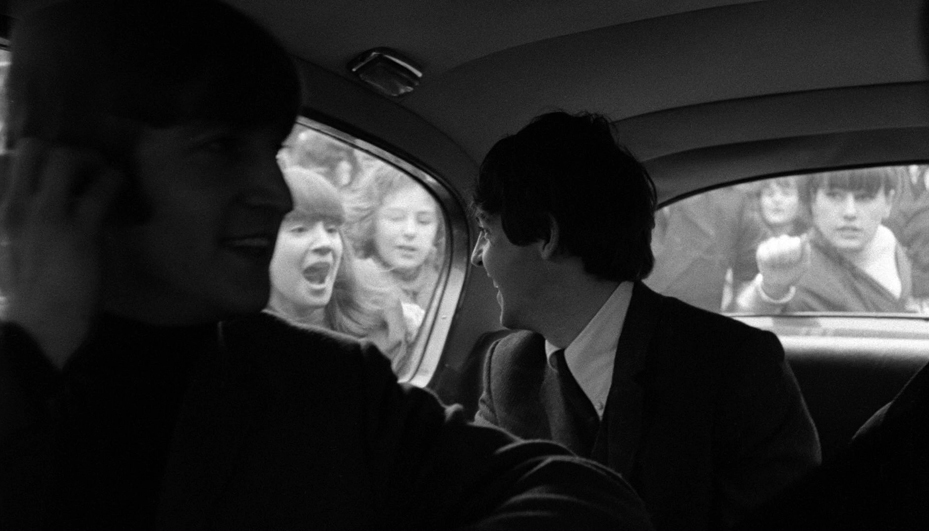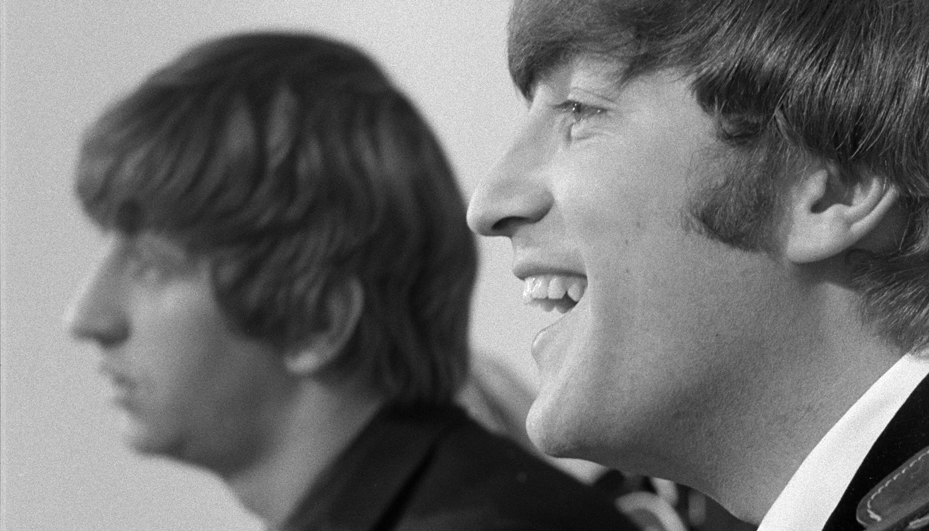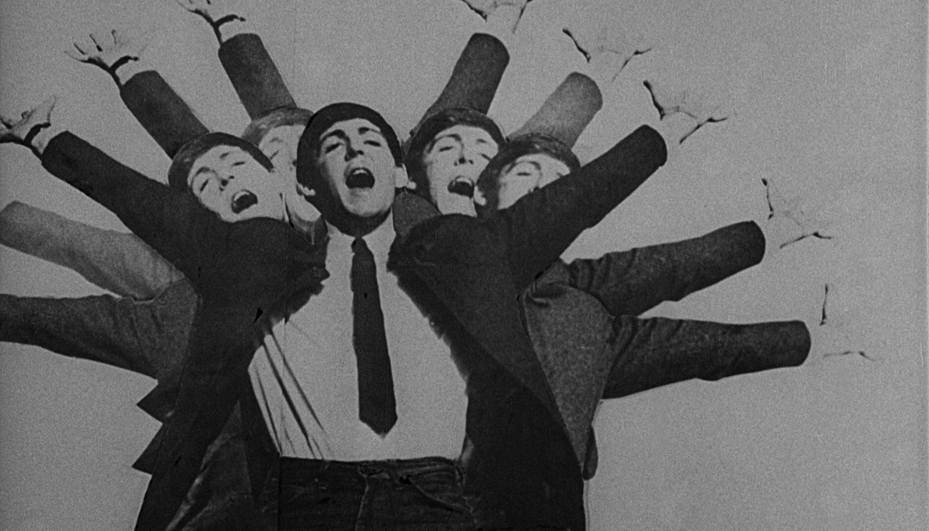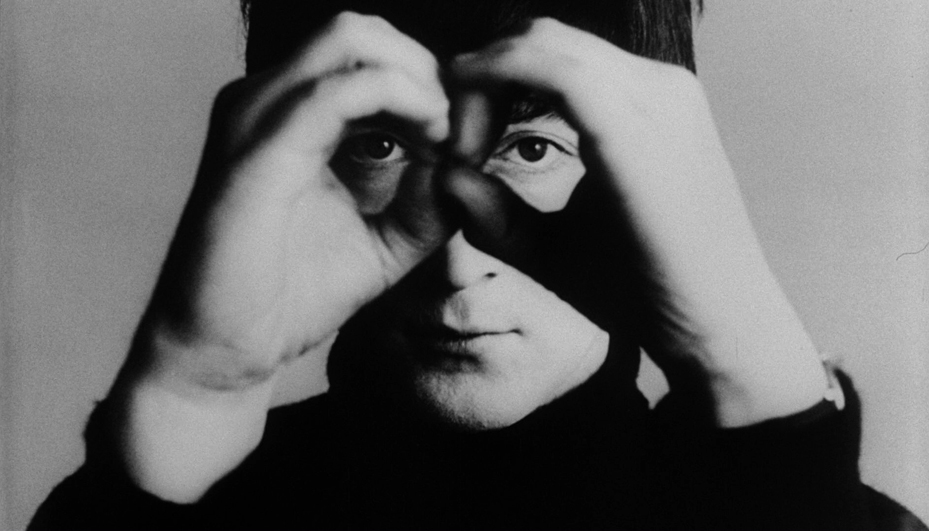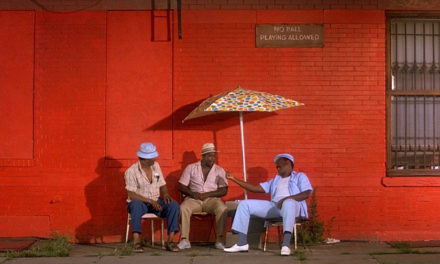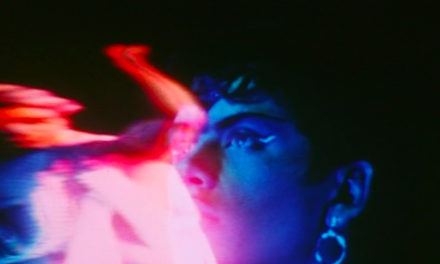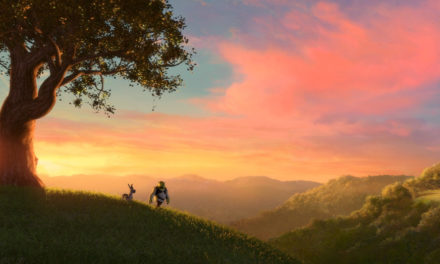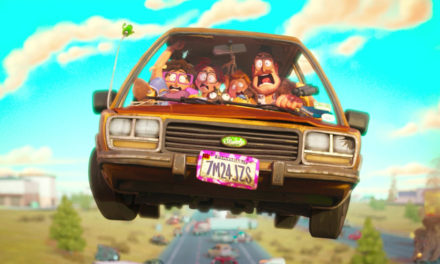THE TUESDAY DROP: 4600+ Movie & TV Show Screenshots
06.07.22 Get your Decks ready ShotDeck Team! We’re adding a lot of content this week, including new frames from 4 DC Universe films, including The Batman and Zack Snyder’s Justice League. Check them out below, and remember you can always request films for future drops by clicking here!
ZACK SNYDER’S JUSTICE LEAGUE (2021)
ZACK SNYDER’S JUSTICE LEAGUE (colloquially called the “Snyder Cut”) is Zack Snyder’s 2021 director’s cut of the 2017 superhero film Justice League. The film follows the DC Comics Justice League – Batman (Ben Affleck), Superman (Henry Cavill), Wonder Woman (Gal Godot), Cyborg (Ray Fisher), Aquaman (Jason Momoa) and the Flash (Ezra Miller) – as they attempt to save the world from the catastrophic threat of Darkseid (Ray Porter), Steppenwolf (Ciarán Hinds), and their army of Parademons. Snyder worked on the film with German cinematographer Fabian Wagner. This was the pair’s first collaboration, and Wagner was best known at the time for his work on the television series Game of Thrones.
Snyder and Wagner started their collaboration on Justice League by analyzing the storyboards that Snyder had drawn up for the entire film, and agreed on an approach to the production where they would have an A camera capturing the shots that had been planned in storyboards, with a B camera operated by Wagner capturing alternative shots and footage. With extensive use of slow-motion and visual effects, Wagner established an approach with his camera and lighting team that would allow them to bring lights up by a couple of f-stops easily for slow-motion sequences, and as many practical lighting gags such as flame-throwers or flame bars as possible, given that many of the VFX elements of the film were lighting-oriented.
THE SUICIDE SQUAD (2021)
THE SUICIDE SQUAD is a 2021 superhero film based on the DC Comics team Suicide Squad. Written and directed by James Gunn, the film is a standalone sequel to the 2016 film Suicide Squad, and features an ensemble cast including Margot Robbie, Idris Elba, John Cena, Joel Kinnaman, Sylvester Stallone, Viola Davis, David Dastmalchian, Jai Courtney, Alice Braga and Pete Davidson. The film follows the Suicide Squad and several convicts who join the team in exchange for lighter sentences, as they go to the island nation of Corto Maltese to destroy all traces of the giant alien starfish Starro the Conqueror before it falls into the control of the local government. Gunn worked on The Suicide Squad with American production designer Beth Mickle, who was best known for her work on films such as Drive and Focus.
Mickle and Gunn approached their collaboration on The Suicide Squad with an ambition to create a film full of unrestricted, gonzo practical effects with extreme physical environments. Inspired by 70s war films such as Platoon and Apocalypse Now, Mickle worked with Gunn and DP Henry Braham to build authentic looking and feeling outdoor sets such as the jungle that the Squad spends time in by bringing old, dead trees into Pinewood Studios’s Stage 17 and using them as a foundation for building out the rest of the environment. Gunn and Mickle set out with the ambition to begin the film in a gray and monochromatic palette, and increase the volume and saturation of color scene by scene as the film progressed. Mickle specifically chose the sprawling boulevard in Colón, Panama for its existing kaleidoscope of colors, creating a wildly vivid and saturated environment that complemented the progression in the story from reserved to crazy.
THE BATMAN (2022)
THE BATMAN is a 2022 superhero film based on the DC comics character Batman. The film was co-written and directed by Matt Reeves, who was rebooting the Batman film franchise with a fresh storyline, starring Robert Pattinson as Bruce Wayne / Batman. The film follows Batman as he follows the cryptic clues of the serial killer Riddler (Paul Dano) and discovers the corruption in Gotham City’s underworld along the way. The film also stars Zoë Kravitz, Jeffrey Wright, John Turturro, Peter Sarsgaard, Andy Serkis and Colin Farrell. Reeves worked on The Batman with Australian cinematographer Greig Fraser, who was well-known for his work on films such as Zero Dark Thirty, Foxcatcher, Lion, Vice and Dune.
Reeves and Fraser began speaking about the camera approach for The Batman well before production on the film, and were able to establish several key visual rules to assist the storytelling ambitions that Reeves had for the film. Since The Batman was to be a noir movie with a very strict adherence to Batman’s point of view, Reeves and Fraser established camera and lighting rules to convey this visually – no unexplained light sources, keep frames dark but visually clear, and the camera will not move unless it has a clear intention – and it will almost always move laterally instead of diagonally, or with pans and tilts. From within this clear set of visual rules, Fraser spent time researching lighting approaches using less saturated lighting sources that could create a color palette fitting of the urban noir aesthetic. For the Batmobile chase sequence that appears in the middle of the film, Fraser and Reeves were able to adhere to their visual rules by drawing inspiration from the iconic car chase sequence in The French Connection, strapping a camera to the front of the cars and giving a POV experience of the cars’ high speed maneuvers through traffic.
WONDER WOMAN 1984 (2020)
WONDER WOMAN 1984 is a 2020 superhero film based on the DC Comics character Wonder Woman. The film was directed by Patty Jenkins and stars Gal Godot as Diana Prince / Wonderwoman, along with Chris Pine, Kristen Wiig, Pedro Pascal, Robin Wright and Connie Nielson. Set in 1984 during the Cold War, Wonder Woman 1984 follows Diana and her past love Steve Trevor (Pine) as they face off against Maxwell Lord (Pascal) and Cheetah (Wiig). Wonder Woman 1984 was the most-watched straight-to-streaming film of 2020, released both theatrically and on HBO Max at the same time due to the limitations of the Covid-19 pandemic. Jenkins worked on the film with American cinematographer Matthew Jensen. Jensen and Jenkins had worked on 2017’s Wonder Woman together.
Jenkins and Jensen began their collaboration on Wonder Woman 1984 with a desire to move the visual language of the film in a more pop, glamorous and saturated direction than its predecessor. Inspired by films such as Close Encounters of the Third Kind, Raiders of the Lost Ark and Richard Donner’s Superman, as well as Jenkins’s love for ‘80s fashion photography, the pair started developing a look that would complement the fun, more earnest tone they were trying to strike with the film. Jensen shot Wonder Woman 1984 on film, using a mixture of 35mm, 65mm 15-perf and IMAX to capture moments of intimacy and of spectacle from scene to scene. Jensen primarily used the Kodak Vision3 5219 500T tungsten stock, especially for interiors, attracted to its color saturations, response to flesh tones of the actors and ability to handle overexposure from tungsten and daylight sources. To create an even look between the stocks, 35mm dailies were scanned in 4K, while IMAX and 65mm 15-perf dailies were scanned in 2K. Jensen worked with the production design department to create LED light fixtures that would create a period-appropriate look, while the only moments that were captured digitally were in locations where supplemental lighting couldn’t be used, such as in the night exterior Washington Monument scene. Due to restrictions on which lights they could bring in, Jensen used the Alexa XT at 1280 ISO with Primo lenses, and worked with colorist Stefan Sonnenfeld to ensure they were consistent with the rest of the movie.
LICORICE PIZZA (2021)
Paul Thomas Anderson’s ninth feature film, LICORICE PIZZA, is a coming-of-age comedy-drama starring Alana Haim and Cooper Hoffman in their feature debuts as a young couple navigating their youth alongside their on-again, off-again relationship in 1973 San Fernando Valley. The film also features an ensemble cast including Sean Penn, Tom Waits, Bradley Cooper and Benny Safdie. Licorice Pizza was nominated for Best Picture, Best Director and Best Original Screenplay at the Academy Awards. Anderson worked on the film with American production designer Florencia Martin. Martin first started working with Anderson as a member of Jack Fisk’s design team, and has since gone on to work as the lead designer on films such as Manchester by the Sea, Birds of Prey and Us.
Since Licorice Pizza was partly inspired by memories from Anderson’s own childhood, Martin’s first port of call was to extensively location scout with Anderson to find locations that still held the characteristics of the era. Without the aid of green screen, Martin’s work involved finding locations that hadn’t been renovated and asking owners to hold off on improvements so that they could film – a task that in some ways was aided by the lack of productions in Los Angeles due to the Covid-19 pandemic. Martin’s biggest design task was in recreating the Tail o’ the Cock bar and restaurant at the run-down Billingsley’s steakhouse in Los Angeles, which Anderson had previously shot scenes of Magnolia in. Martin also worked with the city of Los Angeles to replace LED street lamp fixtures with era-accurate mercury vapor lights, studying films from the 1970s to accurately recreate this look.
C’MON C’MON (2021)
Mike Mills’s 2021 drama C’MON C’MON follows Johnny (Joaquin Phoenix), a radio journalist who is asked by his sister (Gaby Hoffman) to care for her son Jesse (Woody Norman) while he is on assignment interviewing kids around America on their thoughts about the future. The film also stars Scoot McNairy and Jaboukie Young-White. C’mon C’mon premiered at the 2021 Telluride Film Festival. Mills worked on the film with Irish cinematographer Robbie Ryan, in the pair’s first collaboration. Ryan was best known for his work on films such as Fish Tank, Philomena, The Favourite and Marriage Story.
Mills and Ryan began their collaboration with a common reference point of Wim Wenders’s 1974 film Alice in the Cities, interested in the dynamics between older people and children. This led them to decide that the story would best be told in black-and-white, wanting to tell an intimate story with a clean and simple look and feel. Ryan opted to shoot using 2 Arri Alexa Mini cameras, partly for budgetary purposes, and also for the clean black and white look they were able to provide. After some experimentation with shooting with a stabilized head on a rig, Ryan and Mills settled on a visual language for the camera that would involve shooting the entire film on dollies, Steadicam and sliders – creating a film full of movement, but with an elegance and simplicity that called to documentary cinematography. Given that the crew rarely exceeded 30 people, and the entire film was shot on location in New York, Los Angeles, New Orleans and Detroit, Ryan and his G&E team had to be flexible and light scenes without heavy-duty equipment. Given the power of the Alexa Mini’s digital sensor, Ryan ended up lighting most scenes with a combination of HMIs, strong LED sources and LiteMats, often shooting interior night scenes day-for-night by blacking out windows.
FANTASIA (1940)
FANTASIA is a 1940 animated musical anthology film produced and released by Walt Disney productions, with story direction by Joe Grant and Dick Huemer. The film consists of eight animated segments, set to pieces of classical music conducted by Leopold Stokowski, seven of which are performed by the Philadelphia Orchestra. The film was first released as a theatrical roadshow across 13 cities in the US between 1940 and 1941, starting at the Broadway Theatre in New York City. Fantasia was selected for preservation in the US National Film Registry by the Library of Congress in 1990, and is today considered a landmark achievement in the history of animated films.
Over 1,000 artists and technicians were brought on board in the making of Fantasia, which features over 500 characters all animated traditionally by hand. The creative team would begin by color-keying scenes to convey the overall mood of the music, in correspondence with the subject matter of the story. This was also done with an eye to ensuring that scenes and shots would have a natural flow of color. Before animation began, the studio’s model department sculpted 3D clay models of each character, so that animators would be able to view the subjects from all angles. The live actions scenes were filmed using the three strip Technicolor process, where animated segments were shot in successive yellow, cyan and magenta-exposed frames, while a multiplane camera capable of handling seven levels was used to shoot, before the different pieces of film were spliced together to form the complete print.
FANTASIA 2000 (1999)
FANTASIA 2000 is a 1999 animated experimental concert film produced by Walt Disney Animation, and the sequel to the 1940 film Fantasia. Like its predecessor, Fantasia 2000 consists of animated segments set to pieces of classical music. The film consists of live-action introductions to each animated segment by celebrities such as Steve Martin, Quincy Jones, James Earl Jones and Penn & Teller. Six of the film’s eight musical segments are performed by the Chicago Symphony Orchestra, conducted by James Levine, and the film includes the original 1940 The Sorcerer’s Apprentice. Fantasia 2000 premiered at Carnegie Hall in New York city as part of an international concert tour, and was also released in 75 IMAX theaters worldwide, making it the first animated feature film released in this format.
After many years of stalled development, Fantasia 2000 came together as a production combining the traditional animation techniques used to make the original Fantasia alongside the new CGI techniques that were making their way into the animation space. The film became almost a case study in shifting animation techniques, with computer graphics augmenting and building upon the hand-drawn animation using the CAPS proprietary software. Drawings were scanned and then lines and colors were added digitally. The infancy of the technology caused some challenges for animators, including having to redraw facial expressions by hand on top of the digital renderings – but the experimentation with the technique in Fantasia 2000 paved the way for films such as The Little Mermaid and The Lion King to be made using the same technology, and eventually help usher in the digital revolution in animation.
KUNG-FU MASTER! (1988)
KUNG-FU MASTER! is a 1988 drama directed by Agnès Varda, following a middle-aged divorcee (Jane Birkin) who falls in love with the 14-year-old classmate (Matthieu Demy) of her daughter (Charlotte Gainsbourg). Kung-Fu Master! premiered at the 1988 Berlin International Film Festival, where it was selected to compete for the Golden Bear. Varda worked on the film with French cinematographer Pierre-Laurent Chénieux, who she also worked with on Jane B.
Varda created an intimate family dynamic on the set of Kung-Fu Master! by casting Birkin’s real children (Gainsbourg and Lou Doilin) as her fictitious children. The title (used in the US – the film’s French title is Le petit amour) refers to Julien’s favorite arcite style video game, and the opening tracking shot of the film by Chénieux mimics the aesthetics of the game. Chénieux lit Kung-Fu Master! with a naturalistic aesthetic, often shaping existing light or extending it alongside diegetic sources to create a world that was both familiar and intimate, as well as in step with the drama unfolding in the story.
NEW YORK, NEW YORK (1977)
NEW YORK, NEW YORK is a 1977 musical drama film directed by Martin Scorsese. The film stars Robert De Niro as Jimmy Doyle, an aspiring saxophone player who meets a band singer named Francine Evans (played by Liza Minnelli) at the end of World War Two. The pair become a musical double act and fall in love, but as the film progresses, their relationship becomes increasingly difficult and volatile. Scorsese worked on New York, New York with Russian-born American production designer Boris Leven. New York, New York was their first collaboration, though they would go on to work together on The Last Waltz, The King of Comedy and The Color of Money. Leven had previously won an Academy Award for his work on West Side Story.
Scorsese set out making New York, New York with the intention of making a film that broke away from the gritty realism for which he had become well-known. He and Leven began their collaboration by revisiting the musical films of Classical Hollywood, and building a design approach to New York, New York that would pay homage to these films. Leven started designing the film’s sets to be deliberately artificial-looking, while still setting the film recognizably in New York City during the 1940s. The result is a film with a heightened look and feel that recontextualizes Jimmy and Francine’s relationship into a more symbolic, metaphorical space.
CRIES AND WHISPERS (1972)
Ingmar Bergman’s 1972 period drama CRIES AND WHISPERS is set in a mansion at the end of the 19th century and follows three sisters and a servant who struggle with the terminal cancer of one of the sisters. The film stars Harriet Andersson, Kari Sylwan, Ingrid Thulin, Liv Ullmann and Erland Josephson. Cries and Whispers premiered at the 1973 Cannes Film Festival, and was nominated for five Academy Awards (including Best Picture), winning in the Best Cinematography category. Bergman worked on the film with longtime collaborator Sven Nykvist, who he had collaborated with on almost every one of his films.
While many of Bergman’s most significant films were shot in black-and-white, he was clear in wanting Cries and Whispers to be conceived in color – in particular, the color red. For Bergman, red represented the interior of the soul in Cries and Whispers, and he and Nykvist conceptualized the shooting and lighting strategy of the film around foregrounding red as the palette for the film. With a budget of under $400,000 and a 42 day production period, Nykvist and his lighting and camera team set up an environment where they would create as simple of a lighting strategy as possible, trending towards having a single source and minimizing shadows to create a natural look that didn’t draw attention to the artifice of the filmmaking process.
LEAVE NO TRACE (2018)
LEAVE NO TRACE is a 2018 drama co-written and directed by Debra Granik, based on the 2009 novel My Abandonment by Peter Rock, based on a true story. The film follows a military veteran with PTSD (Ben Foster), who lives off the grid in the forest with his daughter (Thomasin McKenzie). Leave No Trace premiered at the 2018 Sundance Film Festival. Granik worked on the film with longtime collaborator Michael McDonough, who she met while they were both at NYU, and had previously worked with on Winter’s Bone.
Granik had been sharing drafts of Leave No Trace with McDonogh well before financing was secured to make the film, so when they got into official pre-production, McDonough had a clear sense that the visual language of the film would need to convey the characters’ feelings towards the natural and man-made environment. McDonough worked with colorist Tim Stipan to develop several LUTs for the Alexa Mini they shot the movie on, each of which would help convey the warmth of the forest and the relative coldness of the urban environment that the protagonists are forced into. Given the limited budget they had to work and the naturalistic lighting tone Granik wanted to strike, McDonough shot almost all of the film with available light, shooting night scenes in the forest day-for-night and working with Stipan to adjust the look of these scenes in post-production.
BLOW (2001)
BLOW is a 2001 biographical crime drama directed by Ted Demme about American cocaine smuggler George Jung. The film is adapted from Bruce Porter’s 1993 book Blow: How a Small Town Boy Made $100 Million with the Medellín Cocaine Cartel and Lost it All, and follows Jung (played by Johnny Depp) and his relationship with the drug kings of Colombia. The film also stars Penélope Cruz, Franka Potente, Rachel Griffiths, Paul Reubens, and Ray Liotta. Demme worked on Blow with American production designer Michael Hanan. Hanan was brought onto the project by Demme after he saw his work on Michael Mann’s The Drug Wars.
Blow was shot on locations across Southern California and Mexico, but the film had to cover several different periods and locations given the sweeping nature of the story being told. Hanan and his team worked with the costuming department to recreate the looks of the characters from the 50s through to the early 90s, and through a combination of set-building and thorough location scouting, the team was able to recreate locations based in Massachusetts, Florida, California, New York and Illinois, as well as in Mexico and Colombia, within the confines of the locations in which the production took place.
BREAKING THE WAVES (1986)
BREAKING THE WAVES is a 1996 drama co-written and directed by Lars von Trier. Set in the Scottish Highlands in the early 1970s, it follows a young woman (played by Emily Watson) whose husband (Stellan Skarsgård) asks her to have sex with other men after he becomes immobilized from a work accident. Breaking the Waves is the first of Trier’s Golden Heart Trilogy, which also features The Idiots and Dancer in the Dark. It premiered at the 1996 Cannes Film Festival, where it won the Grand Prix, and Watson received an Academy Award nomination in the Best Actress category. Trier worked on Breaking the Waves with Dutch cinematographer Robby Müller, in the pair’s first collaboration. Müller was best known at the time for his collaborations with directors such as Jim Jarmusch and Wim Wenders.
Trier, who was a founding member of the Dogme 95 movement, brought many of the core principles of Dogme into the production of Breaking the Waves, but also departed from it in several key areas. While the film is mostly shot hand-held, it was also mostly shot in a studio, is a period piece and contains moments of dubbed music and CGI, all of which depart from Dogme’s roles. At the same time, Müller’s cinematography (shot using Panavision cameras in a cinemascope format) remains immediate and focussed on placing its two central characters at its heart, and his lighting strategy brings a deep sense of naturalism. The religious themes at the heart of the film led Trier and Müller to shoot the film in this docu-drama style, as a way of undercutting the melodramatic moments in the subject matter and bringing a sense of believability to the audience’s experiences of the film.
A HARD DAY’S NIGHT (1964)
A HARD DAY’S NIGHT is a 1964 musical comedy directed by Richard Lester and starring the British rock band the Beatles – John Lennon, Paul McCartney, George Harrison and Ringo Starr – during the height of Beatlemania in the 1960s. The film portrays 36 hours in the lives of the group as they prepare for a television performance. A Hard Day’s Night was nominated for Academy Awards in the Best Screenplay and Best Score categories. Lester worked on the film with British cinematographer Gilbert Taylor. Over the course of his career, Taylore is known for his work on films such as Dr. Strangelove and Star Wars.
Embracing the relatively low budget and limited resources with which they could make the film, Lester and Taylor embraced techniques they were observing in the French New Wave films of the era, opting to create a cinema verité look for A Hard Day’s Night using hand-held black and white cinematography. This was juxtaposed with highly stylized moments, creating a visual language that many people today credit with giving rise to the music video as an art form. Taylor often had as many as six cameras rolling simultaneously, setting various angles up and allowing his operators to shoot with freedom within those guidelines.

